Dragon's Blogma II.
By MooseyMcMan 9 Comments
A common theme in the games I've written about lately is my feeling the need to go back and see what I wrote about previous entries in their respective series, just to refresh myself. Give myself a little more perspective, because I usually don't remember everything with total clarity. I didn't have to go back quite as far as I did for Infinite Wealth, but all the way back to 2013 is still a long way.
I technically never played the original Dragon's Dogma, only ever Dark Arisen. And that, only after it was on PlayStation Plus late in 2013, months after its initial re-release. All this I remembered, but looking back to 2013, I forgot that I played through the story, then took a break because I got a PS4. But I couldn't keep away, as I went back in New Game Plus to actually complete the Dark Arisen part of the game. As I'll get to in just a moment, my feelings on the original have gone up and down over the years, but it is funny to see that even back then, there was something just...compelling about it. Like, I took a break because of the shiny new console, but went back as soon as I finished the few launch games I was able to afford on top of the PS4 itself.
I even wrote about the game more than once, with the second time being a handful of paragraphs in a larger blog about Assassin's Creed IV, Binary Domain (another weirdo game from the era I still love), and some other stuff. Not to get too naval gaze-y, but remember when I used to do that? When these blogs were absurdly long because I decided to just lump a bunch of random stuff together? Now they're just long because I can't be concise!
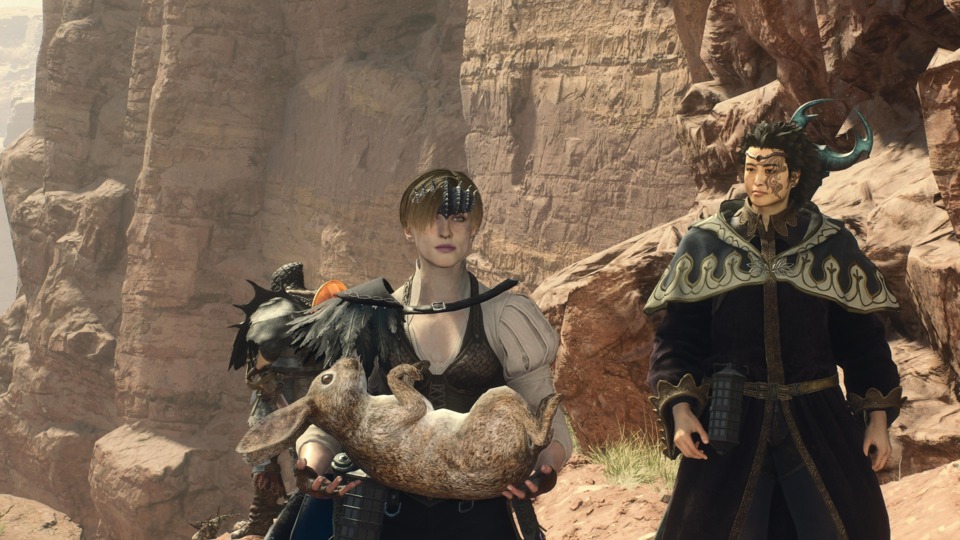
Also interesting to go back and see pre-gender realizations Moosey changed the gender of the character I was playing in NG+, “to see if anything would change.” Maybe not in the game, but I certainly wasn't that far away from some things changing, haha.
What followed, was quite a few years of wait. Back then I had no reason to think there wouldn't be a Dragon's Dogma II, I certainly seemed to think Capcom would just sequel-ize it in the way they did just about everything. Didn't realize we were on the cusp of a down period for Capcom, where it really wasn't until Resident Evil VII that they emerged from hibernation with new games. I'm not kidding, I genuinely struggle to think of anything that they actually released in the first half of that generation. Street Fighter V? No main RE games, at least. Monster Hunter was still stuck on the 3DS back then, I think, so I didn't care about that. Devil May Cry was absent after the release of Ninja Theory's final good game (DmC), and Dragon's Dogma...became relegated to “cult classic” status.
In 2015, Giant Bomb hired then little known internet person Austin Walker, which would seem totally unrelated to anyone who doesn't know Austin's tastes very well. The thing is, as wordy and long winded as I can get about games, I don't write or talk about them in the way Austin does. Which is fine! I have my own style, my own voice. Frankly, as much as I respect Austin, and as much joy as everything he did at GB, even a lot of what he did at Waypoint brought to me, I would rather have my own voice than just try to copy someone else's.
The way Austin talks about Dragon's Dogma, made it feel like a fundamentally different experience than I remembered. I remembered a goofy game with fun combat, but a story that, to paraphrase 2013 me's words, alternated between “completely half-assed” and “utterly insane.” Even at the time I apologized for the use of such “profane” language, but it's how I felt then, and I think it's still true today. Thing is, after a few years of my experience of that game then being through Austin's words, my concept of Dragon's Dogma changed.
It became a game about darkness, about how terrifying that world is, and everything else. I'm not even going to attempt to sum up everything Austin Walker can say in his own words. Go read them yourself, here's something he wrote a couple years ago, after II was announced (I'm sure there's more out there but I can't be bothered to dig that deep).
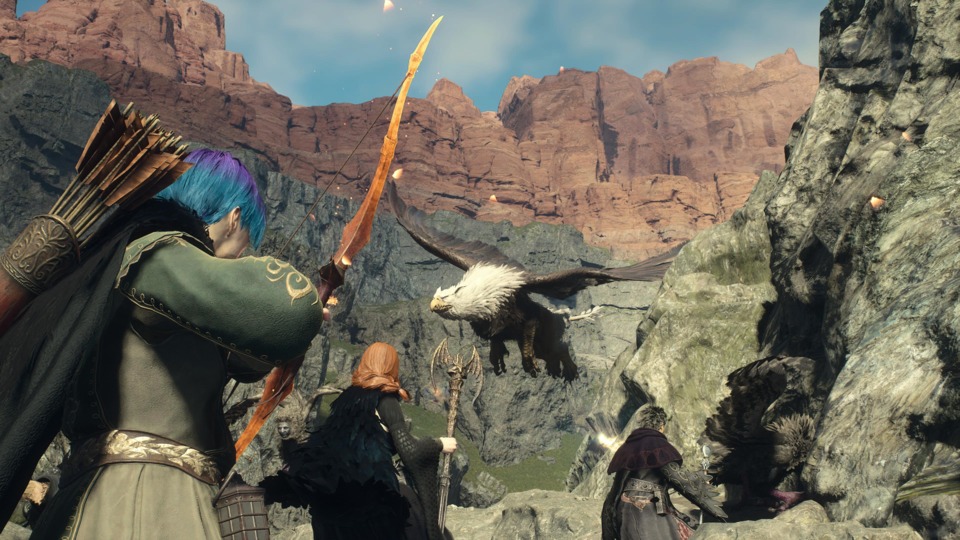
Then, in 2019, I felt an itch I needed to scratch, caved, and on a sale, bought the PS4 version of Dragon's Dogma to replay it. And in doing so, my concept of this game crashed back down to earth, and I felt basically exactly the way I did back in 2013. A game with fun combat, a world that I didn't mind schlepping back and forth across despite there not being much to see along the way, pawns constantly yelling about how “goblins ill like fire” and “wolves travel in packs,” the only blacksmith in the game frequently reminding me about how, “they're masterworks all, you can't go wrong,” and a story that alternated between completely half-assed and utterly insane. 2019 me probably wouldn't have used the word “insane” because it was too “problematic,” and maybe it is but it's also true!
Still, I enjoyed it. Finished it again, and again did the Dark Arisen stuff primarily in NG+. Then, I went back to thinking we probably wouldn't get a sequel, but still hoping for it. A hope that started to feel vaguely possible after, of all things, a Dragon's Dogma Netflix animated series appeared out of nowhere. Never actually watched it, as I heard it was pretty bad. Normally I wouldn't let something like that stop me, but the second I saw in a trailer that they made the Arisen a sad dad whose pregnant wife was killed, I felt like they completely got the tone wrong, so I stayed away. I only watch good Netflix adaptations of video games, like their Dota anime (not a joke, I think that show is pretty good).
I don't know when this started, but at some point, despite only being a moderate at best fan of that original game, but I became the de facto “Dragon's Dogma person” amongst my friends. I was the sicko posting tweets from the official Dragon's Dogma account explaining what skeletons are to the group chats. I was the person, for years asking, “when's Dragon's Dogma II” any time there was any sort of games announcement thing. Right in the same breath as “when's 2 Tokyo 2 Jungle,” for more context of the level of seriousness, haha.
And yet.
By the time Dragon's Dogma II actually released, here I was, feeling like I did back in 2019, extremely excited, and ready for an adventure to experience the Dogma of Dragons. So, my “short” recap of the past 11 years over, what do I think about Dragon's Dogma II?
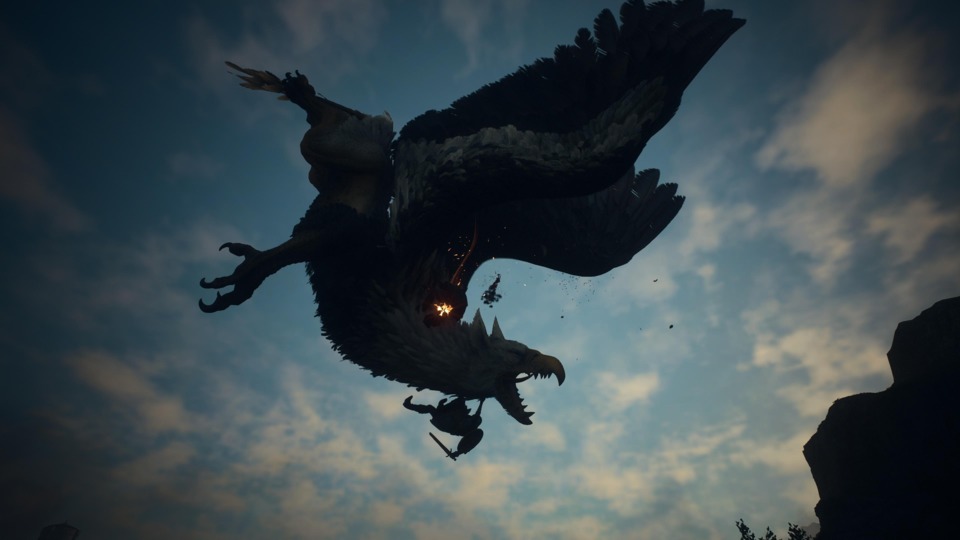
I think the best way I could put it, is that Dragon's Dogma II feels like what if Austin's thoughts on Dragon's Dogma I were a real game. This is a game about venturing into the unknown, stumbling through the dark and happening upon horrific monsters in the gloom of night. A struggle against the natural world of monsters, the unnatural world of magic and the unknown, and even against society itself as those in power scheme and plot to hold onto the very power that will likely end up being their undoing.
Dragon's Dogma II not only improves upon the original in any and every meaningful way (even the framerate, while still not good, is better), it's also just a fantastic game in its own right. It's a game that numerous times throughout the 73 hours I spent in my first playthrough (because like in 2013, I've already started NG+ before writing about it), made me think about the recent Zelda games, and Elden Ring.
Specifically because the world of Dragon's Dogma II is so much more fun to explore than it ever was in the first game. Gransys was certainly big, and I appreciate the game's moxie for making players traverse it so much, and having to lug Portcrystals around to fast travel to anything more than the big city (though it was not until replaying in 2019 that I realized there was already a Portcrystal in Gran Soren!). But at no point was it ever all that interesting. It was bland, both because that game was frankly, ugly looking even by the standards of the day, but also boring in how it was laid out.
I love big spaces to explore in games, and I can love big empty spaces with effectively nothing to do in them, if they're well made. Shadow of the Colossus it was not, though. Not to say there wasn't anything interesting, I remember there being some Nazca Line like pictures on some hills, that was neat. I remember various places around Gransys, but mostly because I just had to go back and forth through them so many times.
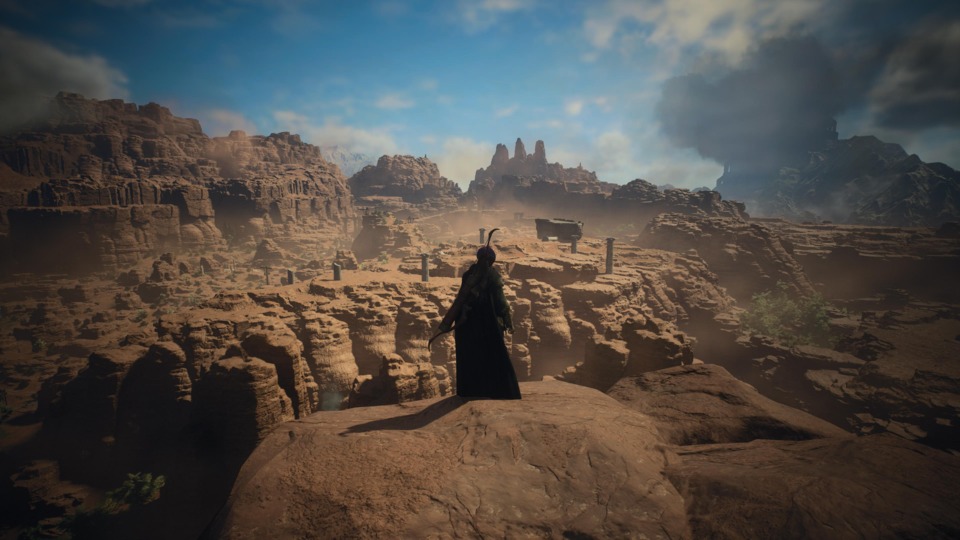
For one thing, Dragon's Dogma II has multiple regions, that are effectively different biomes, so just with that it has more visual variety than the first game. Vermund feels like the Gransys equivalent, vaguely European, very grassy and green, and with plenty of pockets of woods and forests nestled amongst its steep hills. Battahl, however, is a desert region, sandy, and orange. I would say it has a much more canyon-y feel, but truth be told, neither region has that many spaces that feel wide, or open.
While it did scratch that same exploratory itch as the Zeldas and Elden Ring, I think the way Dragon's Dogma II feels most different from them is the world is just built differently. Most of Elden Ring feels like you can pick a direction, go that way, and find something. Because Link can climb basically anything, he really can go in any direction, it's just up to the creativity of the player to figure out the specifics of doing it.
Dragon's Dogma II feels like less an open field, and more like a huge web of intertwining paths. Almost like a giant maze, with everything off the main roads crisscrossing, and these smaller paths leading to hidden caves (sometimes feeling like proper dungeons unto themselves), and other points of interest. Yes, those paths can be strayed from, but more often than not, straying too far just leads to rock walls too steep to climb. Not always, often there are ways up, but usually the tops of these walls just lead to a little bit of treasure, or a shortcut to another path.
Because of the way this game is laid out, it's a bit harder to navigate at first than the more open ended games out there. It also, and I think this is one of the game's shortcomings, it relies too heavily on the minimap. I am a known minimap hater, I think putting that much information in one corner of the screen only encourages people to spend more time looking at a tiny map than at the actual game. Even just wanting to know which way is north, has to be done with either the minimap, or the full map.
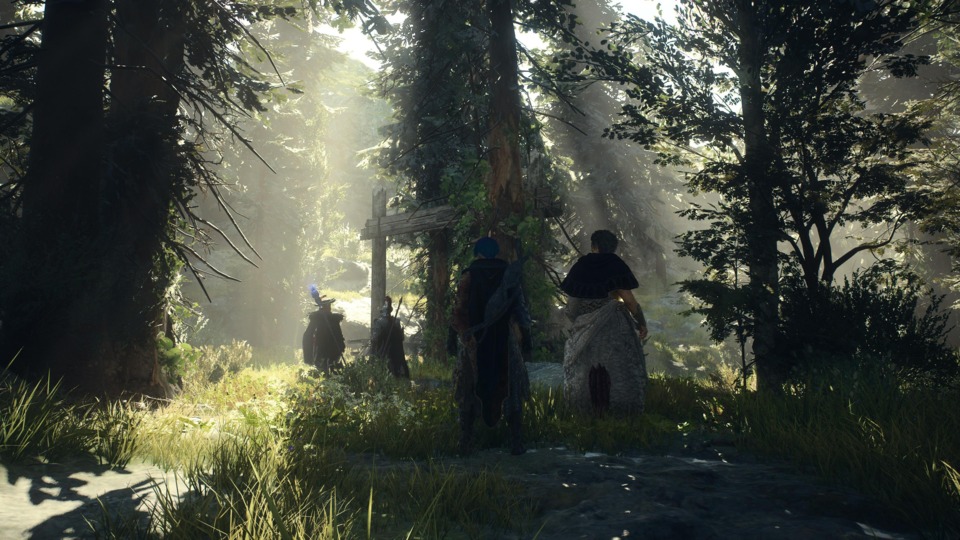
I much prefer games that have a “compass” line, because it takes up a lot less of the screen, and while useful, is not the sort of thing that you can just stare at instead of the game. The recent Zeldas are open enough that I could play hundreds of hours of them with the minimap turned off, and Elden Ring didn't have one at all. I tried turning off the minimap in Dragon's Dogma II (and I appreciate the option is at least there), but I just ended up pulling up the main map so frequently that I eventually relented, and turned the minimap back on. It certainly doesn't ruin the game by any stretch, but I really think it would be less intrusive to have a compass, or even just show icons in the world to draw my eye to objects in the world itself, instead of constantly looking to the lower left part of the screen. Which isn't to say none of the world in its core design draws the eyes, but it doesn't do so quite as explicitly as say the Zelda games do.
There is actually one interesting thing the game can do to help guide people without using the minimap. Pawns can now guide you to treasure chests, Riftstones, other points of interest, or even quest objectives. Assuming, of course, they have the requisite knowledge from previous adventures with other players. Your own Pawn can even gain knowledge from spending time with other players!
It's a really cool system, and one of the best Strand Game ideas out there. I don't remember if there was anything like this in the first game, but it feels new at least. Like many things, too much of it can get annoying, when Pawns keep pestering me about getting to a particular quest, when really I just want to explore. Thankfully simply having no quest selected will get them to stop that, but they will sometimes still chime in if you get near the objective for an untracked quest. Which is useful! Usually.
It's not a perfect system, however. Sometimes a Pawn will excitedly mention a cave I've not yet discovered, I'll tell them to lead the way, but then they'll completely forget about it after we get caught up fighting a group of enemies. Sometimes they might bring it up again, or hitting the “Go” command will remind them, but usually I just give up on being led to the thing they mentioned, and either continue searching on my own, or give it up for lost.
The Pawns were always the most unique thing about the first game, and not only do they still feel unique now, overall they've improved quite a bit. Some things are different, though. In the first game, Pawns would pick up habits based on what their player did. The one I always remember most clearly, because it was funny (and happened to me), was that if you spent too much time looting during combat instead of fighting...eventually your Pawn would too.
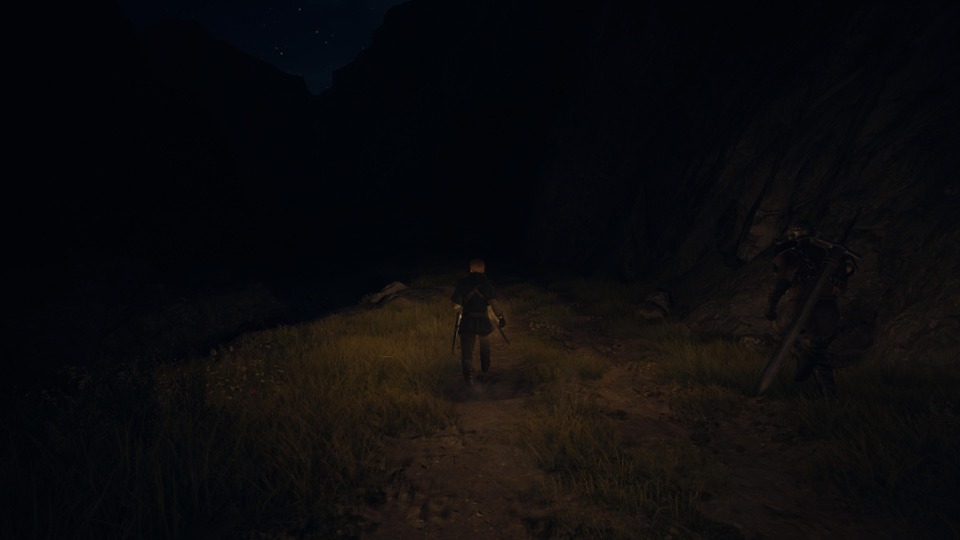
They can, however, learn new tactics based on what players do (and will comment letting you know they learned aught). For example, throwing a stunned goblin off a cliff, and to its death will be something your Pawn wouldn't have thought of doing prior. It's neat! And usually these sorts of “tactics” you only need to do once for the Pawn to pick up on it, and have the potential to do it on their own.
Now, rather than picking up habits over time, Pawns can have different dispositions, and specialties. My Pawn, Lisa (accidentally Lisa Lisa, because I used the same moniker and typed in name (of course referencing the JoJo's character)), was Kind and a Logistician. Kind means she prefers to stick close by, and is quick to aid me when needed (a good combo with her spending most of her time as a Mage, loaded with support and healing spells). Logistician, however, means she'll go into my inventory and automatically craft items from time to time, saving me the trouble of doing so. Now, did I really need that many healing items when she was doing a good job of covering the healing with magic? I certainly didn't mind having them in the few times I did need them, so I still think the combination worked.
Like the original, two additional Pawns can be summoned to fill out the party, and unless you're playing offline, the vast majority of these are going to be from other players. I did notice some made by Capcom, so no need to fear if the internet cuts out during play, which honestly did happen to me one day recently. Like the first game, recruiting Pawns higher level than you costs Rift Crystals, unless they're from someone on your friends list, then you can get one wildly over-leveled to pal around with from the start. Assuming you have a friend who has played more than you, which I didn't really. I called in a friend's Pawn for the early hours, but as her Pawn was only about level eight or nine, that wasn't too out there. Not like when I first played the original on PS3, and I had a friend's level 150 Pawn with me the entire game. I've become the DDII sicko in my friends group, so if anything it'll go the other way around this time.
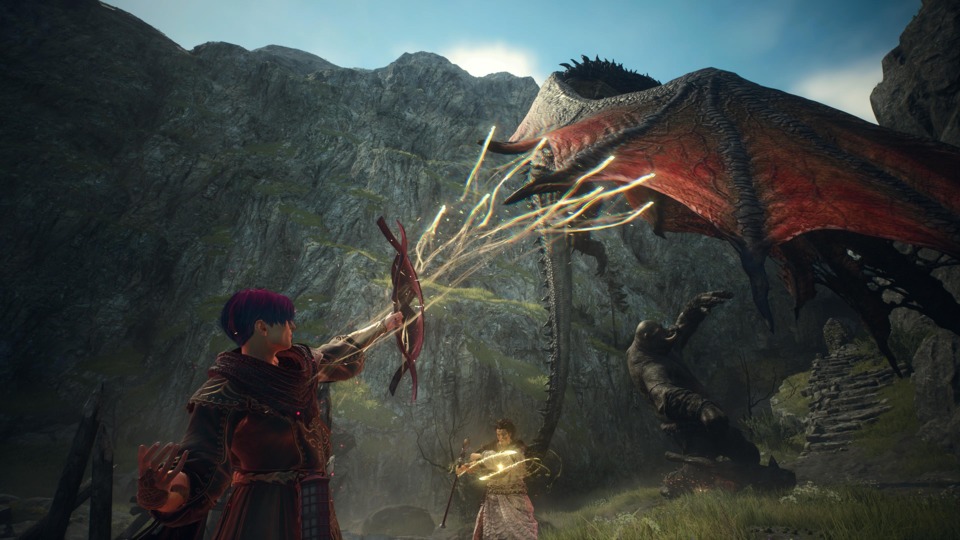
But back to those disposition and specialties, aside from how they affect what Pawns do, this is one of the best improvements to this game. Why? Because Pawns are, if nothing else, very chatty people, and these give them so much more variety and personality. Pawns were always vital to the playing of DDI, because the game was balanced around a party of four, and they certainly added to its charm. While I absolutely heard many lines repeat, many times in DDII, there is such a higher quantity of them, and more variety in the voices, and intonations based on their dispositions. No, I couldn't tell you how many times I heard a Pawn ask if they were the first to notice everyone had different vocations in the party, but on the whole this is much better than DDI.
They're also just really funny and charming. Some of the humor is even intended! It doesn't suddenly feel like you're playing a Naughty Dog game with tightly scripted jokes and banter, but they add a ton to the game's charm. Sometimes I just think it's funny to have another Pawn make some comment about another Arisen they served, and have Lisa flatly reply, “fascinating,” her voice telling me she found it every bit as fascinating as I did (ie, not at all). But again, that's funny!
There's also a lot more things that Pawns can do generally than the first game. Some of them game play relevant, like they can catch you if a fall would damage you. Some are there just for fun, like holding up a hand after a fight for a walking high five. I was genuinely shocked the first time I saw that, and it just filled me with so much joy. It's such a little thing too, but it just gives the game so much more personality for it being there.
If I'm being honest, I don't remember developing all that much of an attachment to my Pawn in either of my playthroughs of DDI, whether on PS3 or PS4. I absolutely got attached to Lisa, and honestly even some of the recruited Pawns along the way grew on me, and I felt a little sad when we parted ways. Like the first game, recruited Pawns don't gain any XP, to encourage sending them back to their own worlds and replacing them. Even if the Pawns still feel like weirdos that aren't quite human (intentionally, I think), I'd still get attached to them after hours spent adventuring together. Whether because of a useful skill I forgot to check if their replacement had, or just a quirk about their voice and disposition combination that was particularly charming. Of course, swapping in some fresh faces just means new friends to make.
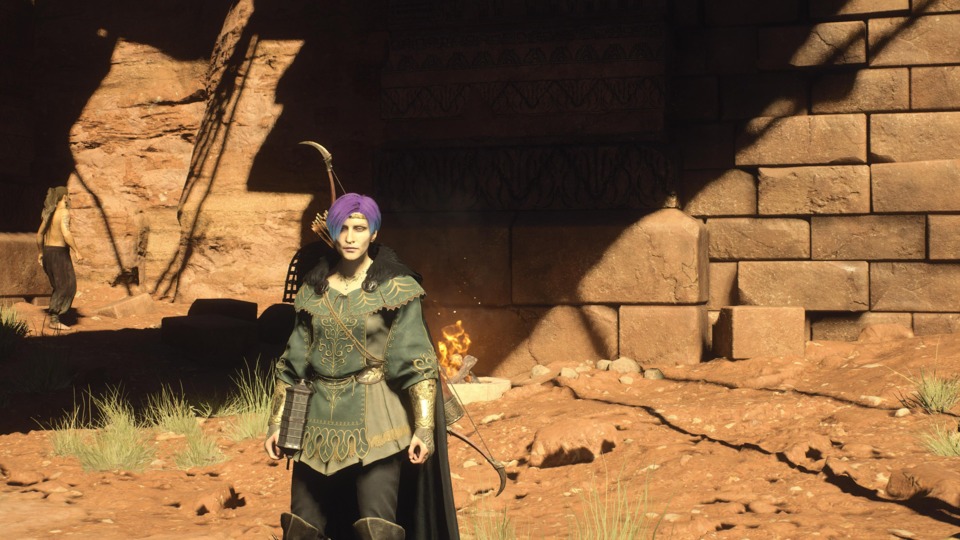
Speaking of fresh faces, this game's character creator is pretty great. I still, especially after that (bad) Saints Row reboot didn't have a gender selector, and just let you shape your character's body, find games that make you choose a feminine or masculine body a little...old fashioned. Though, once in game I don't think they ever directly gender your Arisen, so that's nice, nor do I think any of the armor is gender locked, unlike the original. Everyone gets called “Ser,” but given the different spelling I'll accept that as a gender neutral term (I have no idea what the history of that word is).
I don't, however, know if playing as the new Beastren race changes how any characters react to you. For the most part, there isn't that much “fantasy racism” in this game, but there's definitely a few characters who seem to have some prejudices, particularly against the Beastrens. But also other more “traditional” “fantasy racism,” like Elves and Dwarves not getting along. For example, there's a Dwarven blacksmith that has access to a substance an Elf (Doireann, who ended up being the NPC with the highest affection for me at the end) needed to restore an ancient, sacred tree. But Dwarves hate Elves, so much so that even when bribed with food, he still had to pretend to not want anything to do with her, and act it up so no one would think he was helping an Elf.
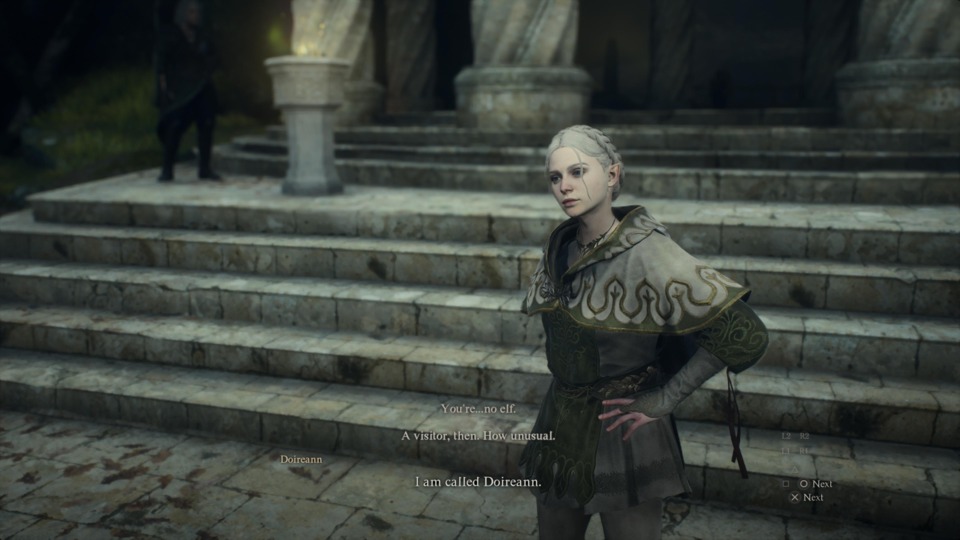
It's mostly just humans and Beastrens (yes, the plural people use in the game is an s at the end, it felt weird to me), to be clear. There's one village of Elves tucked away in a forest, and there's a few Dwarves living in Bakbattahl, but that's mostly it. I think, at least, it's possible some NPCs that I just thought were short (or children) might have been Dwarves. Most of the Elves don't speak English, so you need a Pawn who can interpret to communicate with them. But to be honest, aside from the leader of the Elves, the only ones you need to speak with for quests know English. Doireann says she doesn't know it fluently (which plays into her quest as she doesn't know the English word for something), but her bother Glyndwr does, and he was the first Elf I met in the game.
In addition to the world itself being more interesting to explore, the world in a story/lore context is also a lot more interesting this time around. As is the main narrative itself. Like, I don't think it's anything revolutionary, or award winning, but compared to the first game? This doesn't feel the least bit half-assed, and even when it gets to its wildest points, it does not end up feeling utterly insane like the first game, it feels more like a natural extension and conclusion of what the game had been building toward.
My memory of the story in the first game is that after becoming Arisen (by having The Dragon steal your heart and resurrect you, naturally), you just do a series of seemingly unconnected quests before The Dragon kidnaps the NPC the game has decided is your significant other, but without really ever telling you that was a system to be concerned with. Then you go fight and defeat The Dragon, the world falls apart as its true nature is revealed, and finally...I won't spoil what happens at the very end for anyone who still doesn't know. Like I said, “utterly insane” is the most succinct way to describe it.
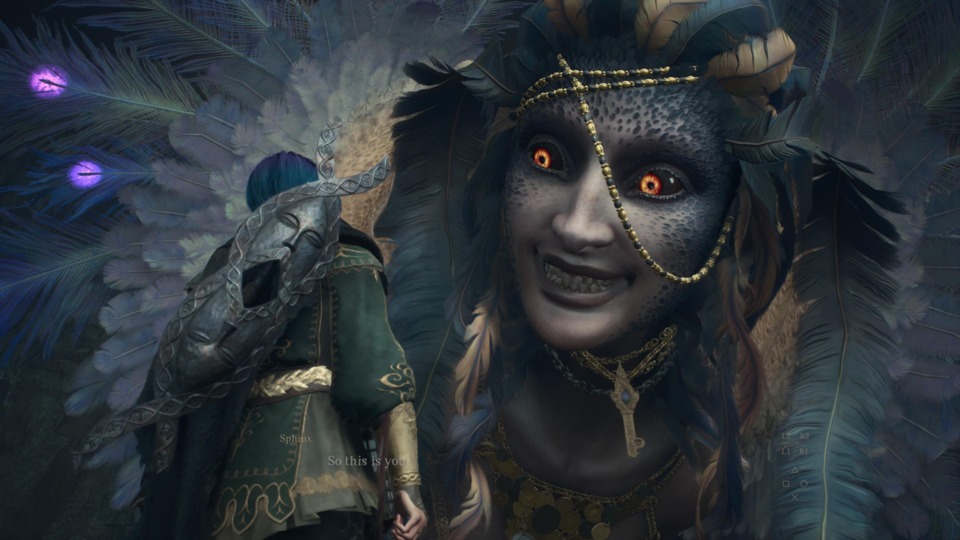
DDII begins with the Arisen imprisoned, forced to do slave labor, until a ghostly figure arrives, and influences events to allow their escape. Upon returning to Vermund, where the Arisen is the rightful Sovran of the land, it turns out that the Queen Regent Disa has used a false Arisen as a puppet so she can maintain control. Now, with Captain Brant as the only person on the inside that believes you to be the true Arisen, the two of you have to navigate her web of political intrigue and both build support to prove you to be the true Arisen, and also uncover the true depths of Disa's plans. Including what it has to do with the neighboring kingdom of Battahl, with whom Vermund has no official dealings with.
Now, I'll be honest, I'm making that sound a bit deeper and more complicated than what you actually do. Brant will say you need to infiltrate the castle and search Disa's room for evidence, but that amounts to just taking the side entrance (guided there by a guard loyal to Brant), then strolling through up to her office. Yes, the guards will put up a stink if you try to come in through the castle's front door, but they won't stop you, or say a word if they see you inside. It's a bit silly, and game play wise, feels half-baked. But to be honest, I'd take this over it attempting to be a stealth game and getting frustrating. I have too many bad memories of trying to sneak into Hyrule castle in Ocarina of Time.
I can see how people could play this game and find the story underwhelming, but again, I cannot stress enough how much better it is than the first game. Leaps and bounds. This game has characters that I liked. With motivations. It has political intrigue. It kept me interested. The whole way through! It feels thematically consistent! There's side quests connected to each other that have worthwhile smaller narratives! I romanced multiple characters (both of the two (2) characters with romance scenes are women, making this a “game probably intended with male characters in mind so that leads to 'accidental' lesbianism”)! In addition to all the people who had crushes on me. I referred to Dorieann as Elf-girlfriend and Glyndwr as Elf-boyfriend, though them being siblings would make any sort of actual attempt at polyamory...weird(???) so it's probably good the game doesn't have any sort of concrete “romance anyone” system, just NPCs that blush when they like you a lot. That, to be honest, is pretty cute.
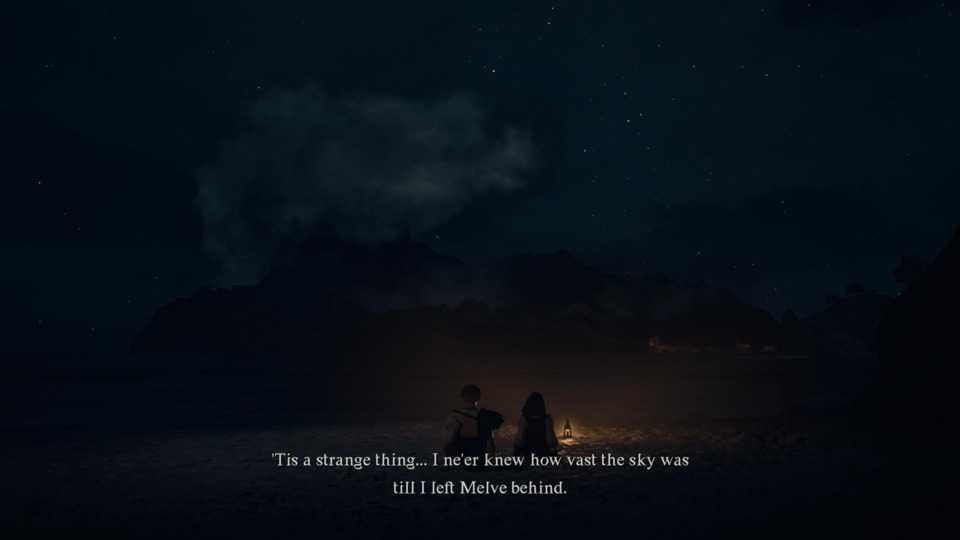
Then of course, there's the thing that was always great in DDI, and I think is even better here: The combat. For all its issues, design wonkiness, repetitive NPCs, half-assed story, bad graphics, and framerate so bad they letterboxed the game to try to salvage it, fighting enemies has always been fun in Dragon's Dogma. Gangs of regular goblins and flocks of harpies could get a little old (and honestly it does at times in II), but there was just something about stumbling upon a giant Cyclops, or having a Griffin descend from the heavens that felt, to use the word I rarely used even back in 2013, epic. There really was not anything else quite like it, particularly with being able to just climb up any part of larger enemies, to get at their weak spots.
It wasn't perfect, though. DDI had a vocation system, with three basic options, an advanced version of each, and three hybrids. Fighter, Mage, and Ranger. The problem is the Ranger vocations (especially Magick Archer) were just too versatile. They had daggers for close range melee attacks, the bow for longer range, and were speedy and quick, so they just felt more fun to play than the others. For me, at least, personal taste is what it is, after all.
Yet, I know I'm not the only person who played that game almost entirely with Ranger classes, and then just stuck with Magick Archer after unlocking it. Or, at most, leveling up other vocations to get specific augments that carry over, and provide passive bonuses. Then going straight back to knifing and (magick) arrowing.
DDII, however, made the smart decision to separate Ranger into Thief and Archer, with Thief getting the daggers but no ranged attacks, and Archer getting the bow, but no melee beyond a simple kick (and a less simple dropkick into cool back flip, but it's cooler than it is useful). I was initially a little bummed when I saw this prior to release, but then I remembered how Magick Archer was too good for the overall balance of the game, so I knew it was the right decision. Having played it, I think it was the smartest thing they could do, because not only does it encourage me to switch and spend much more time with more vocations, but it also let them flesh out the daggers and bow moreso than the first game, as they now had to stand on their own.
Of course with the new Warfarer vocation you could technically still swap between the two on the fly, but...well, I dunno how good Warfarer really is? Or, I should say it's a lot more limiting than I was hoping. You can use it to theoretically swap through every vocation in the game, but you can still only have four skills equipped (mapped to face buttons) at a time. And if you want to swap between vocations on the fly, you need to dedicate one of those precious four skills to that. Unless you don't mind pausing the game to go into the equipment screen and change it there. Not exactly seamless.
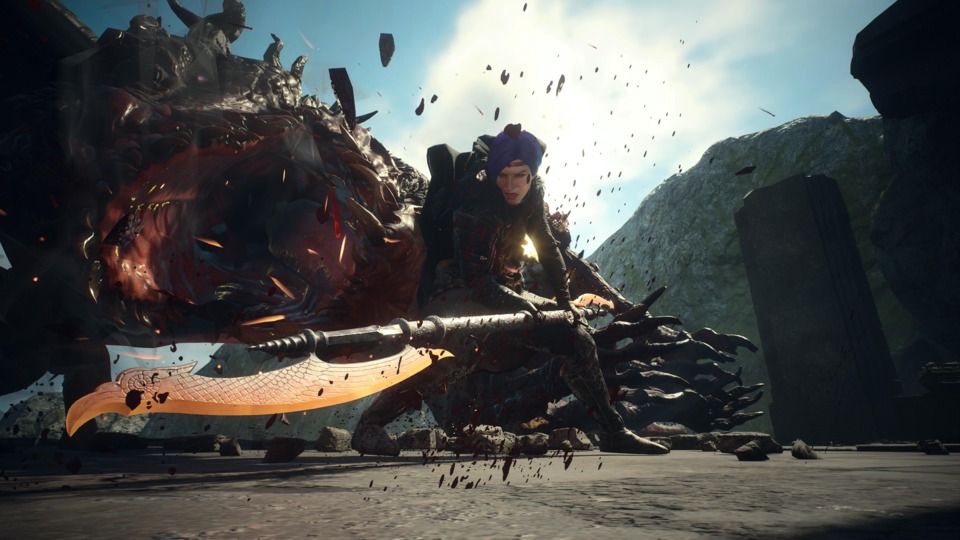
Even then, a lot of what makes the different vocations sing are these skills. Mystic Spearhand, another new one, really only works with several of those skills equipped. Honestly, I wish I could have more than four at once! It's my favorite vocation in DDII, with it being able to give the Arisen and their Pawns a temporary shield that blocks all enemy attacks, in addition to some cool attacks of their own. Some are more funny than useful, like Jedi Force throwing objects (or dead enemies) into live enemies, or just home run batting small enemies miles into the distance. But it can be a really stamina hungry vocation (especially the ultimate Maister technique), so it's be hard to play without the skill that just siphons stamina out of enemies. So the idea of playing this with Warfarer, and only having one of these skills? That doesn't really appeal to me.
Particularly after realizing that Warfarer, as far as I can tell, can't equip Maister skills. Maisters are the masters of each individual vocation, and each requires doing something for them to get a scroll used to unlock their special, ultimate technique. For example, the ultimate thief skill puts the Arisen into a Goku Ultra Instinct state where, at the expense of constantly draining stamina, they will just automatically dodge any and all enemy attacks. The Mystic Spearhand's is a long combo of hits with the Arisen and a spectral copy of themself (like Vergil's Stand in the DMC games). The one for Warfarer is actually the skill that allows for weapon swapping without going into the menu, and sadly I don't actually have this yet! As of this writing, at least.
Another issue being the skills can only be changed at either a vocation guild representative, or at a campfire (a whole other addition I still haven't gotten to!), so it's not like they can be swapped on the fly. I'm sure there's great Warfarer builds out there, but for me I've really only used it for more practical things. Like, Mages get a hover ability added to their jump, so I will play “Warfarer,” but use all skills from one vocation (I've been leveling up Magick Archer, so doing that), and just carry a magic staff to equip if there's a jump I can't make without that hover.
The other totally new vocation is Trickster, which is an odd one. They effectively can't do damage on their own, instead they use a combination of smoke from a thingy on a chain, and a ghostly copy of themself they summon to...trick the enemies. The smoke draws their attention to the Arisen, but with the copy out, they attack that instead. However, if the copy is attached to an enemy, that enemy gets attacked, and thus the enemies are tricked into fighting themselves.
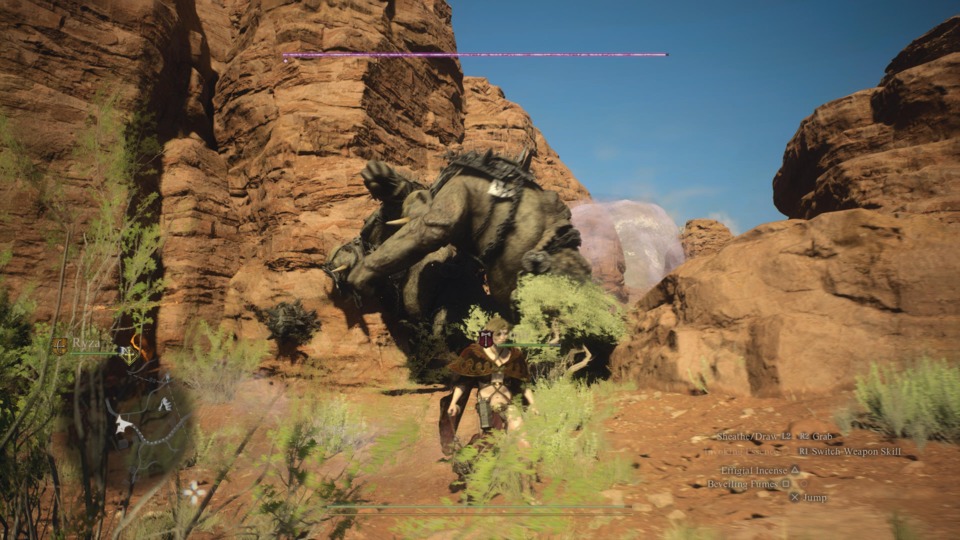
It's neat, and I did level it up all the way, but I still feel like I never got a great handle on it. Too many times I would end up getting ganged up on because the copy didn't actually attach, or the enemy died too quickly. It also didn't seem that great fighting single, larger monsters? There's other abilities too, like buffing Pawns, or various different things to trick enemies (creating a ghostly wall the Arisen can walk through, but enemies think is real), but I dunno. Again, I'm sure there's ways to make it really work, but I prefer the vocations more focused on just fighting.
As for the magic casting, while I think it's definitely better than it was in the first game, it's still lower on my list of preferred vocations. Which is fine! There's more than enough fun melee vocations in this game to keep me happy, as the archery is good for ranged. Being able to move while casting, or expend more stamina to charge faster does make it much more enjoyable (I don't think those were in the first game but don't get mad at me if I'm wrong).
There's still so much more I haven't mentioned, too! The change to the health system, where now you need to rest to fully restore the bits of health lost over time. I didn't really even mention how many caves, and other hidden areas around the game are core to what makes exploring it so worthwhile. How dark it gets at night, and just how much more dangerous it gets because of it. Not just because it's harder to see (though that's part of it), also because once the sun sets, the dead rise, and it's not like the daytime monsters aren't threats still (though some enemies will sleep, at night or at day). And the lighting is so good that sometimes it can get real dark during the day, because the trees overhead are so thick they block a ton of light.
These aren't just disconnected systems, they all play together to make this game something special. Yes, the original could get dark, absolutely pitch black at night. But rarely did I ever find myself out at night there, I almost always managed to get back to a safe place to rest. And by the time I did find myself out at night, it was deep enough into the game that I could handle the extra threats.
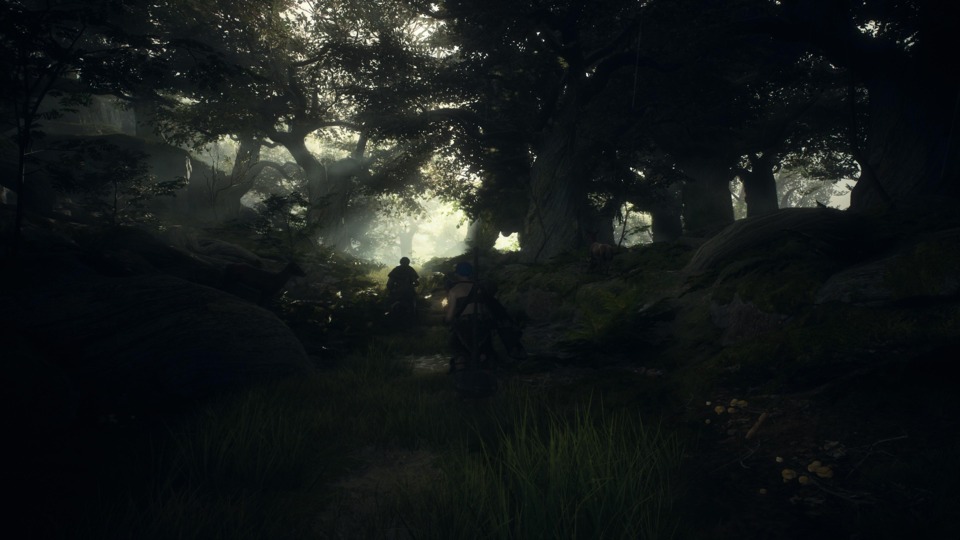
In DDII, exploration is so much more worthwhile, that frequently I'd be out, and suddenly realize it was getting dark. Keeping the lantern lit was never an issue (I only had to refill its oil like, three or four times across 73 hours, and unlike real life, you can get infinite oil here), but managing to survive the nighttime onslaught was. Often I'd have taken enough damage that it'd be worthwhile to get my health back up to full (the Pawns' as well), so, I'd have to make camp. Ideally then watch a live action video of real meat cooking to get stat bonuses the next day, before spending the night, and hopefully not getting jumped by goblins before dawn.
In addition to this being a well designed game play loop, it also just helps reinforce that feeling of being on an adventure in a vast land. No one has it in them to keep going forever, eventually you need to rest. Whether that's at a campsite in the wild, or back at home in town. Both Vernworth and Bakbattahl have houses for sale, though I never saw any reason to buy the way more expensive ones. The cheaper ones though, absolutely. They'll pay for themselves eventually, relative to what it would cost to rest at inns. Plus, they're cozy.
That's also, whether at inn or at home, important to rest at. For one thing, your Pawn will only report back about their adventures with other players when resting at home/inn. I'm not sure why they don't at campfires, but they don't. The main reason though, is because the game keeps those saves (or save, singular) separate from the other save. Yes, the game lets you save anywhere (and I'm glad it does), but it's the same file as the autosave, so there's no save scumming...
Unless...
The game does let you reload “from last inn save” (or house, again, it doesn't say it but it counts), so it is technically possible to do some shenanigans if you really want to.
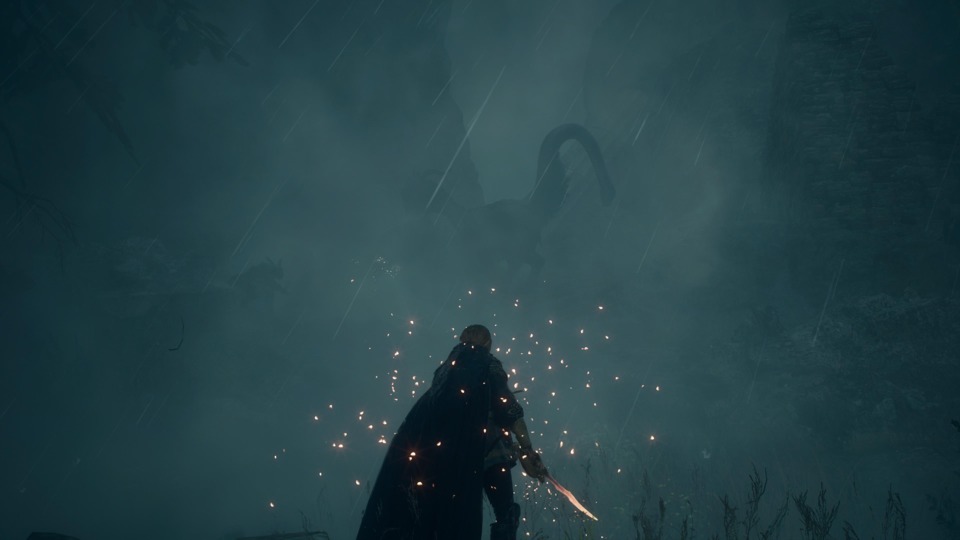
Which, does kind of lead me to something I wish they would change. You can only have one character, at least without using another profile at a system level. I get the intent is probably to make people commit, and prevent save shenanigans, but like...that's still possible. If you're good about resting at inns/houses, and you're patient, you can absolutely undo and redo stuff. All this really does it make it so that if I want to start a whole new game, I need to either go through the trouble of creating a second account on my PS5, or completely erase and throw away my existing Arisen, Pawn, and all the time I've put in to level up and collect stuff.
You might be wondering why I would want to start a new character. The reason being, I want to play more of this game, but I'm way over-leveled now. NG+ doesn't seem to do anything to scale enemies up, so until I get back to the end game, I'm just kinda blowing through everything. It's fine for seeing stuff I missed the first time through (technically I didn't get Magick Archer or Warfarer from the quests that are supposed to give them, the game just gave them to me out of pity), but robs the game of its fun challenge.
So, either let me make a new Arisen in a new world without destroying what I have, or put in a hard mode or something. Or add something like Dark Arisen, a new chunk of content intended for end game characters, and give me something tough to fight!
Hopefully they do. I'd buy that. Genuinely, with my experiences with the first game being entirely the Dark Arisen version, DDII does kind of feel like it's missing something by not having an equivalent. The new dungeon in Dark Arisen was probably the best part of that game. Just a really well designed dungeon that was fun to plumb the depths of, getting deeper and deeper, periodically returning to open up new shortcuts, resupply, upgrade stuff, etc. Before going back in, and braving the monstrosities within.
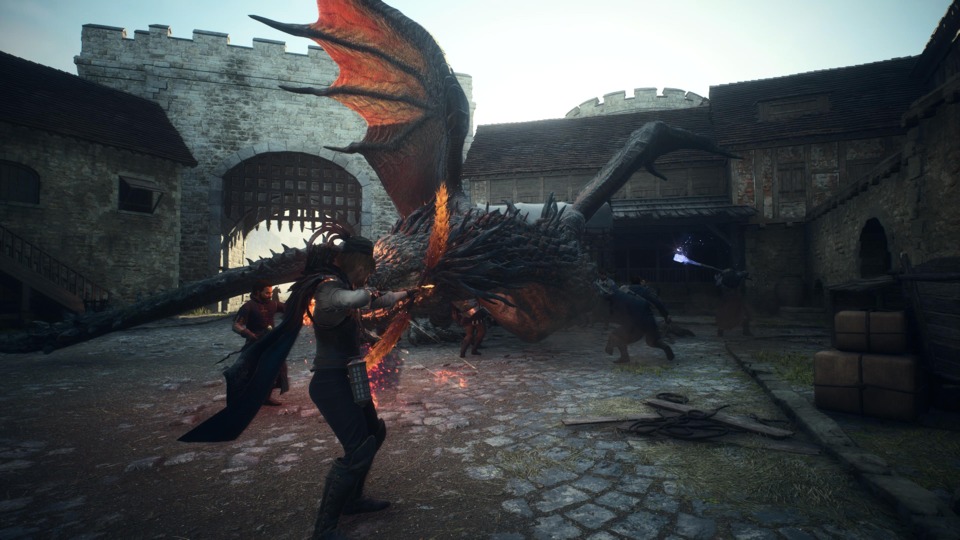
I'm not saying I want DDII to have an expansion that's exactly the same format (though I wouldn't complain), but just something. Maybe a little more open ended, since the exploration is so fun in this game. A whole new landmass is probably outside the realm of what's realistic to expect, but I just hope they do something. Especially now that Capcom understands the concept of expansions for existing games, rather than selling a new version with extra content. I'd rather pay $40 for a bigh DLC than $70 to buy the whole game again with extra stuff.
Yes, the end game can be pretty tough, more so in the quantity of enemies they throw at you at once. At one point, before I decided to just focus on doing the main stuff to finish the game, I had just left Bakbattahl, and within a few hundred feet of the city, wound up in one of the most ridiculous fights I'd fought in the game. Normally it's just a handful of goblins in this area, but now there was also a necromancer ghost(? I dunno what this enemy is called) summoning skeletons, and a dragon. And as if that wasn't enough, then a GRIFFIN decided to join the fray!
Like, for the most part I love moments like this in the game. Nothing hits quite the same as seeing an enormous shadow pass by overhead, only to hear a horrifying scream and see the beak and claws of a Griffin barreling down at me. But in this specific case, it was all too much, and I ended up restarting from the last save (they also change the end game so after dying you can only reload from last inn/house save, which I DID NOT REALIZE AT FIRST), and just running by all that nonsense before I got caught up in it.
So, I definitely have things I could say about the end game, and all that, but I think I've gone on long enough about everything else. The only thing I'll say is, a lot of people have made a lot about how the title screen of this game just says “Dragon's Dogma,” conspicuously leaving out the II. I won't say anything else, other than there's a reason for this. Why, or what else they do with it, I leave to the readers to discover on their own.
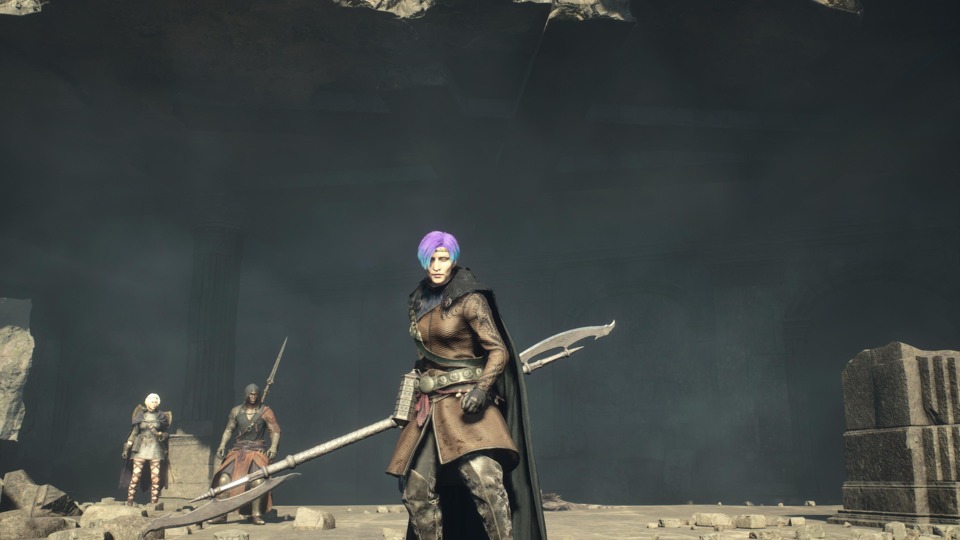
And I really, cannot recommend this game enough. Don't let people scare you away from it, it's really not that hardcore or extreme. If anything I wish it was harder, just in terms of the difficulty of the enemies. Or at least the game had an option to make it harder, and an easy mode while we're at it, because why not? Sincerely, this game, if anything, is easier and less “hardcore” than something like Elden Ring, which was an enormous hit. It autosaves frequently, and lets you manually save just about anywhere, so there's never much threat of actually losing progress. And if I hadn't been so stingy with Wakestones, I could have just revived mid fight (also completely refilling the health bar) and not lost any progress.
Yes, there are some quests with a limited time to complete them, but they're by far the minority. And it's always pretty clear when that's the case. Like, of course the kid you need to rescue from wolves needs to be rescued quickly, wolves are trying to eat him. Yes, you still need to lug Portcrystals around (because there's not many permanent crystals), and expend Ferrystones to fast travel, but exploring the world is what makes this game so much fun. That, and with the oxcarts traveling between towns, there is so much more fast travel, accessible so much earlier on than in the first game, that I think anyone complaining about fast travel in this game is just impatient. Learn to stop and smell the roses, or go out and touch grass, as the kids say.
The journey is the point. Don't rush through it.
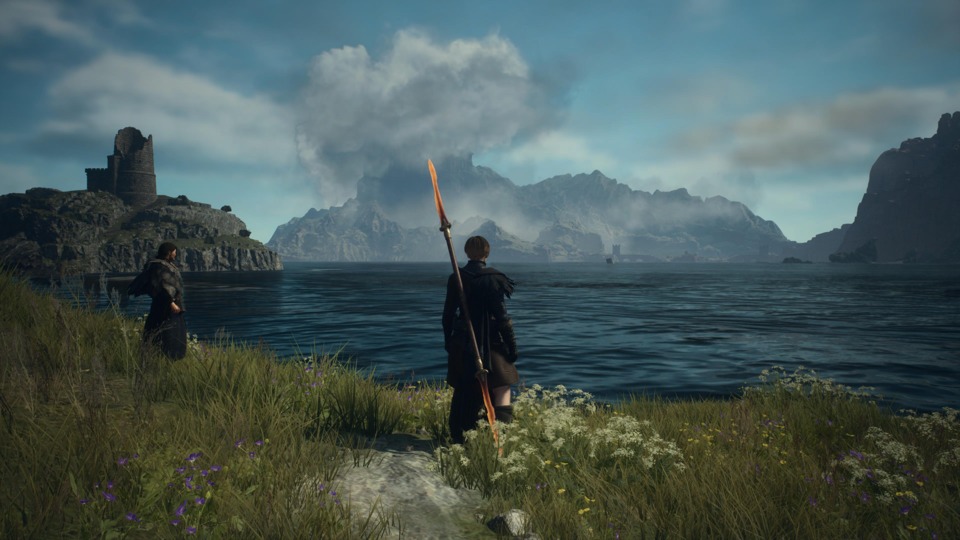
As far as the Dragonsplague goes, despite my Pawns worrying about it the entire way through (thus making me anxious about it), I didn't actually encounter it until almost seventy hours into the game, and when I did, the game gave me a full screen tutorial explaining it. If I really wanted to, I could have just abused my home save to avoid it altogether, but I wanted to see what happened. What happened was, just as my Pawns had been warning me for dozens of hours, the symptoms were incredibly obvious, so I simply dismissed the Pawn in question before he could do any harm.
An ounce of prevention is worth a pound of cure, as my Pawns are wont to say, after all.
Dragon's Dogma II is one of the best sequels I've ever played. It understands what the good parts of the original were, what its failings were, and improves upon all of them. And, because it's a standalone story/world, you don't need to have played the first one to enjoy this one. It still manages to feel unique, and I'm so happy it got made. For so many years it felt like something that would never happen, so for it to genuinely be one of the best games I've played in recent years? I'm just over the moon.
If you're reading this, and made it all the way to the end, you should probably play this game. It can be pretty long, so I get for anyone who doesn't have the time for long games, but I still think, maybe in the future once there's some sales, it's worth trying. Who knows, maybe it'll speak to you like it did me.
So, now, just to go back, get the Platinum Trophy, wait to see if they do that expansion, and then, finally ask the new question on my mind...
When's Dragon's Dogma III?
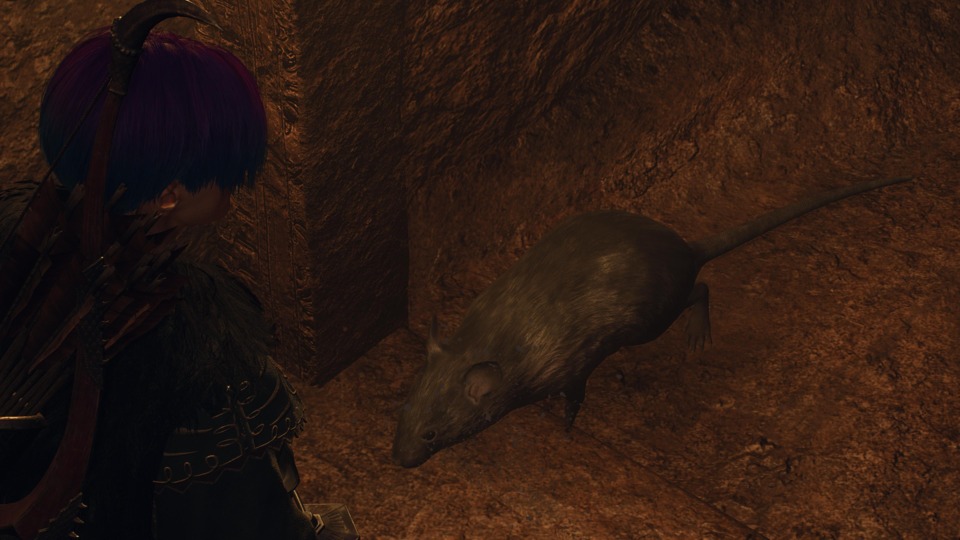
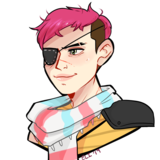
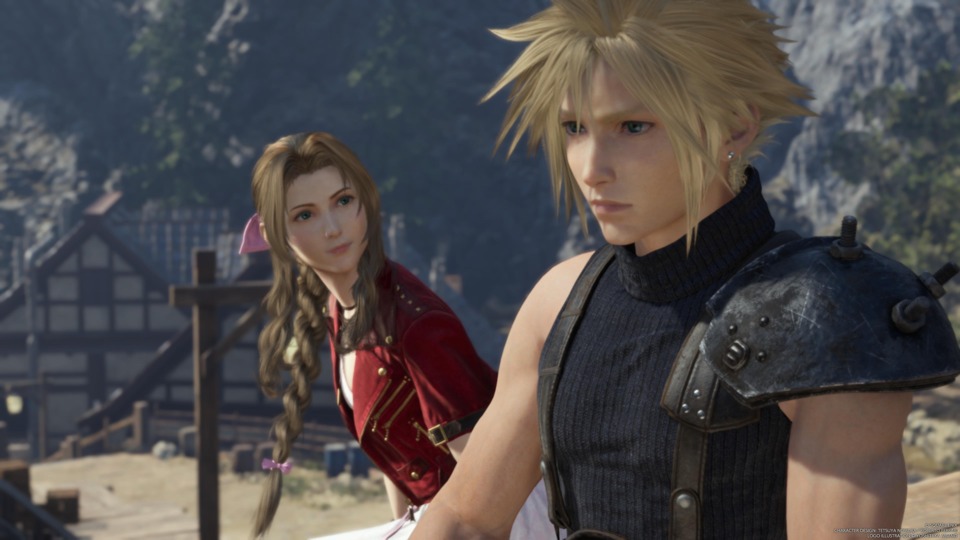
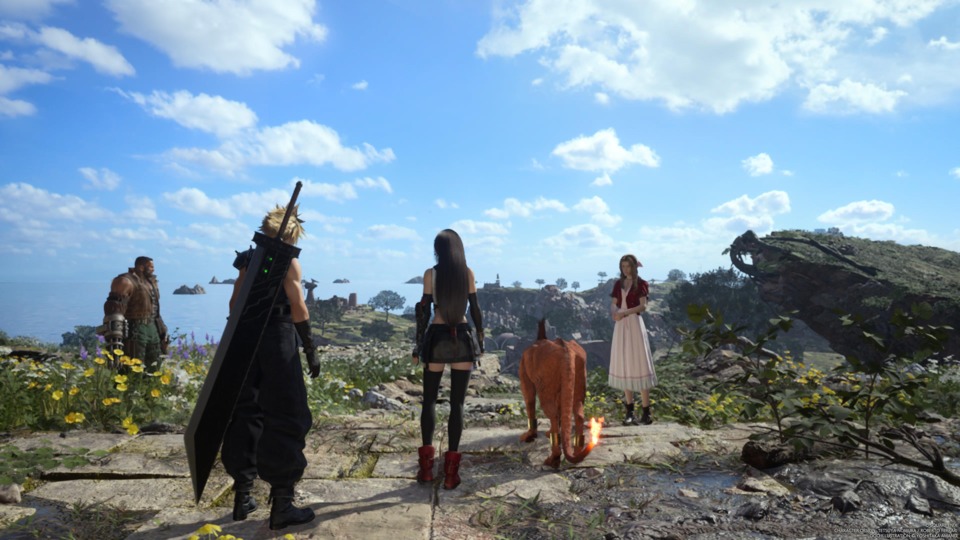
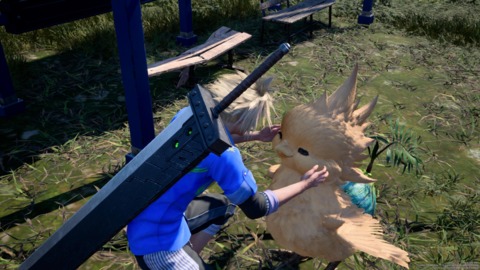
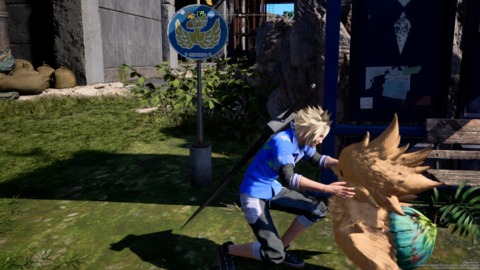
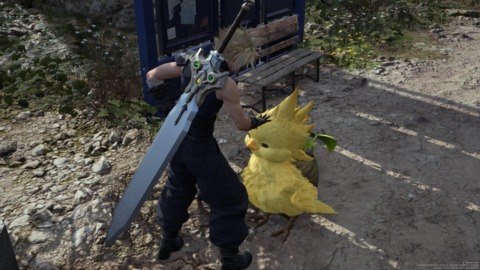
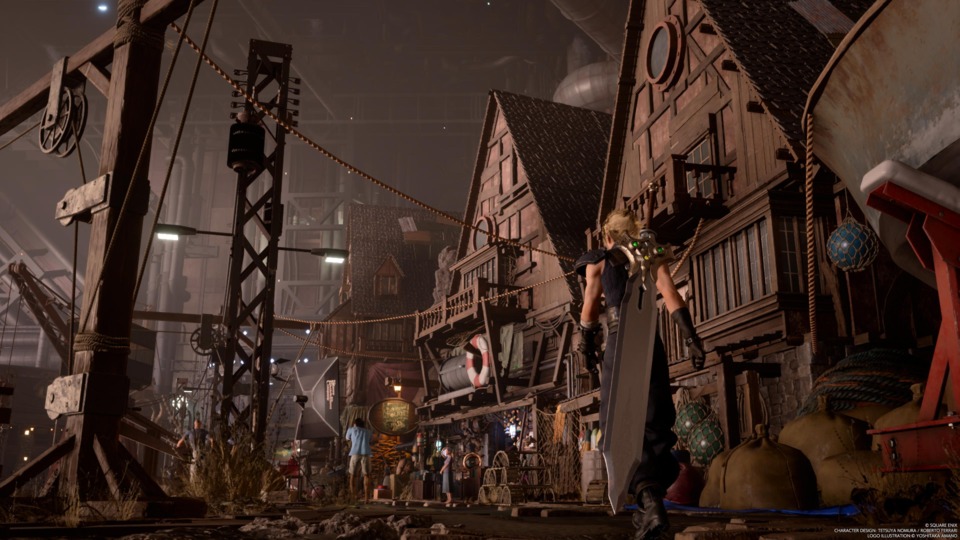
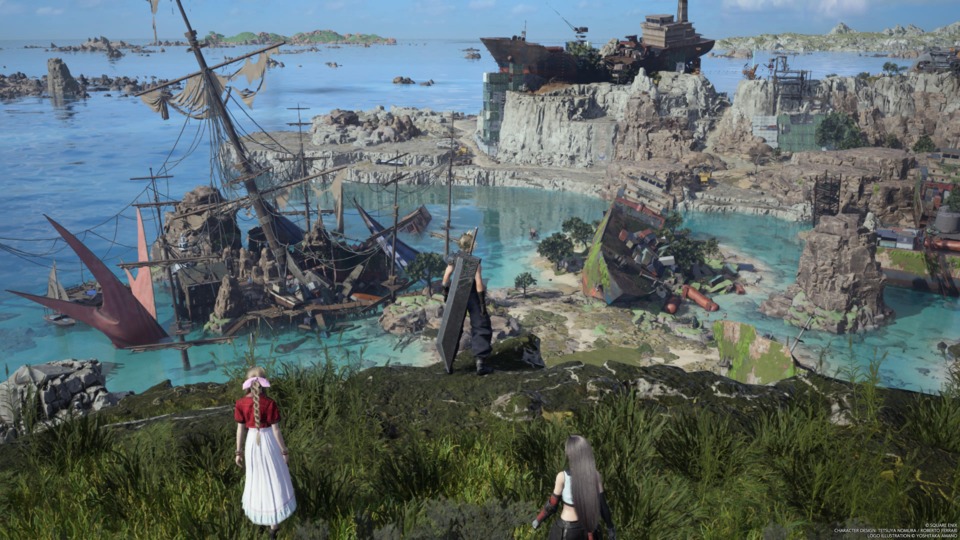
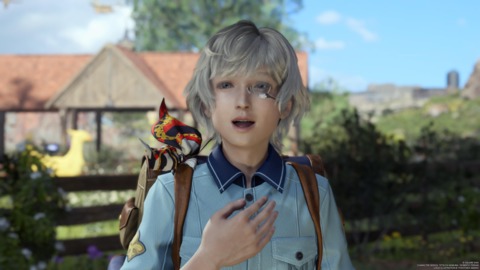
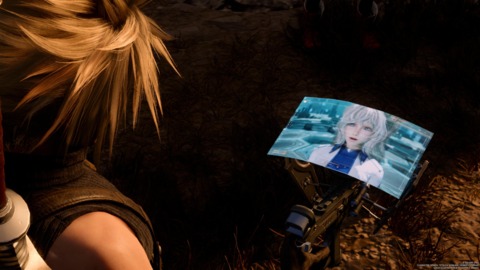

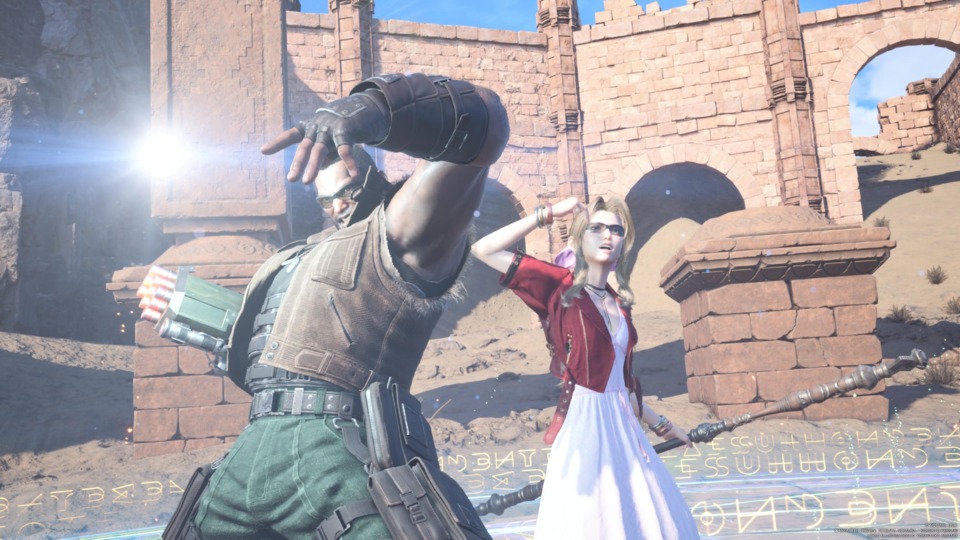
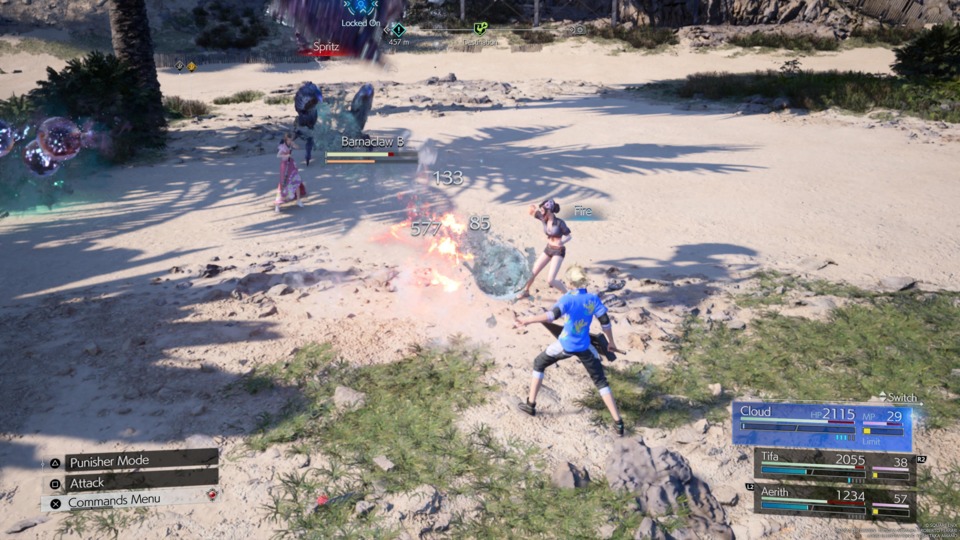
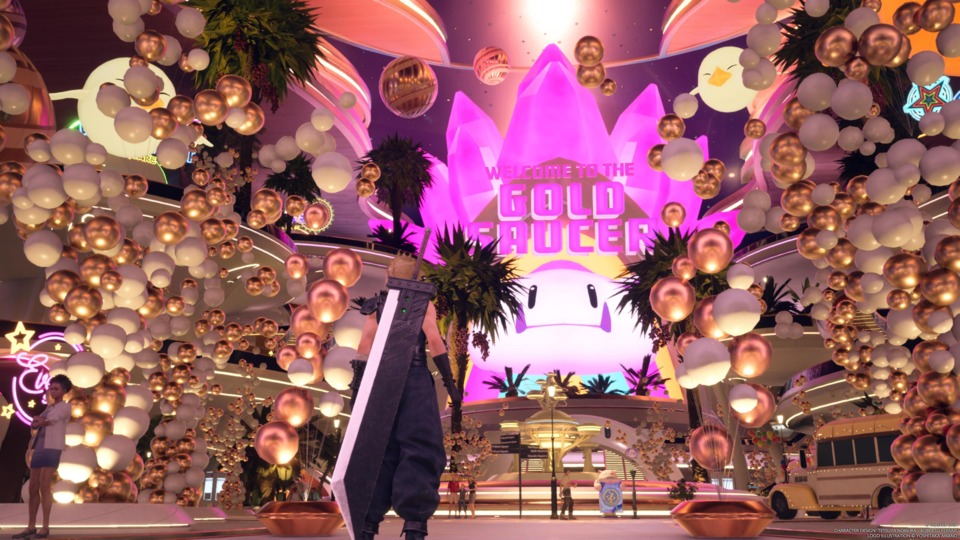
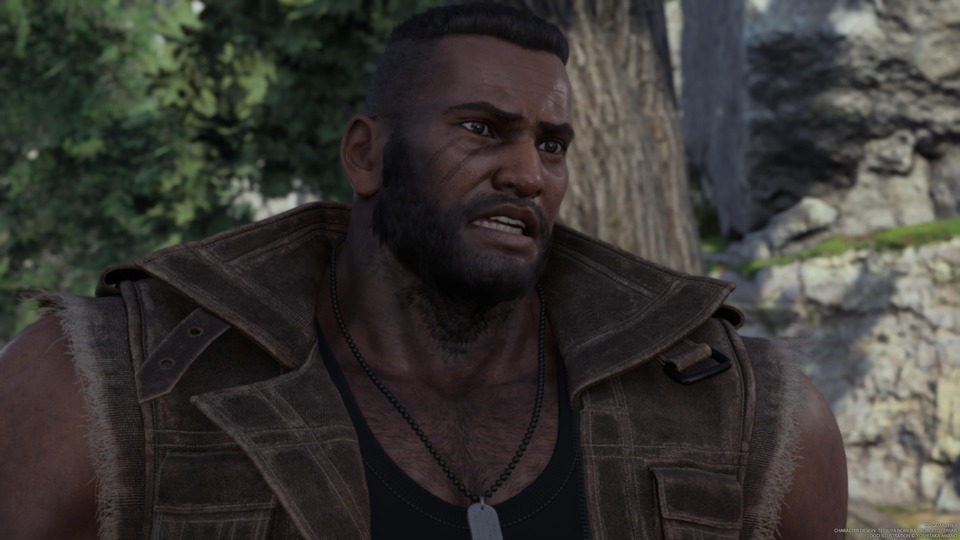
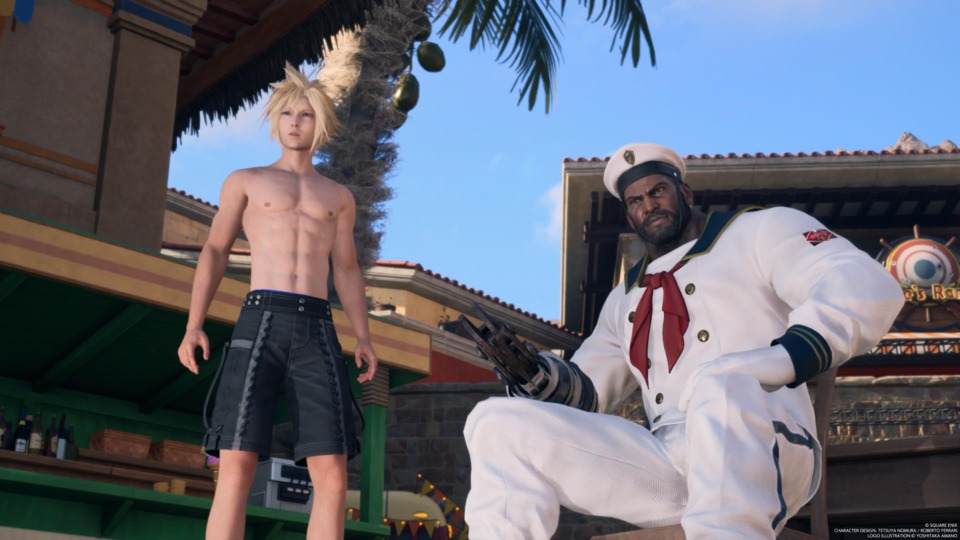
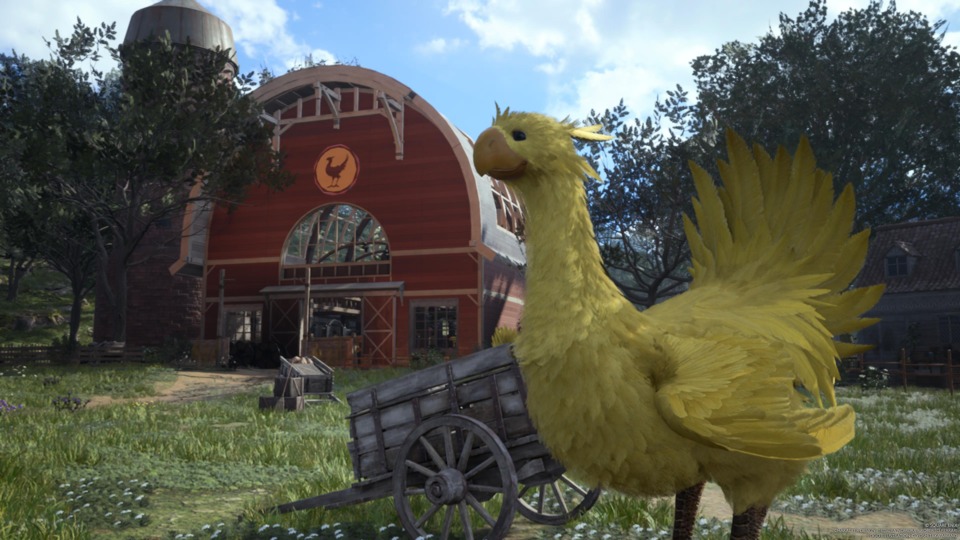
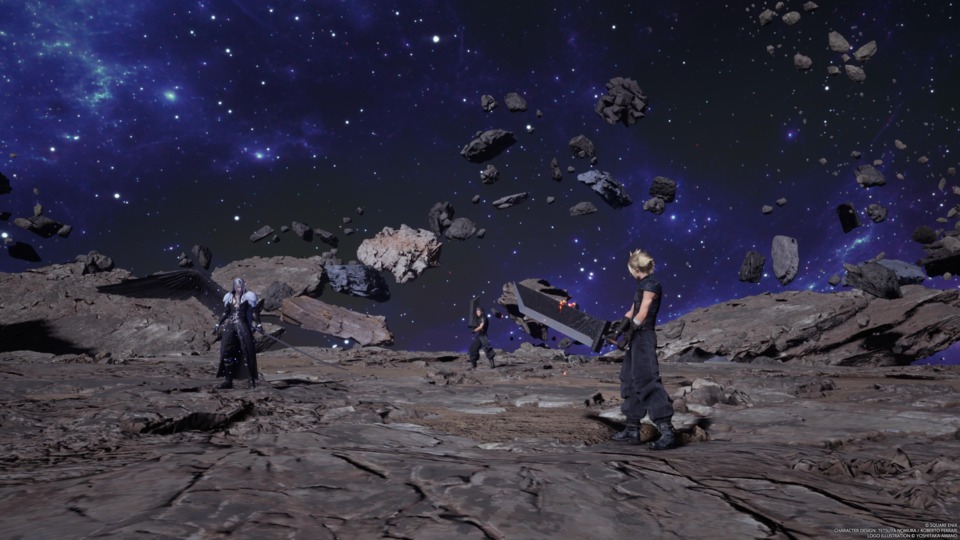
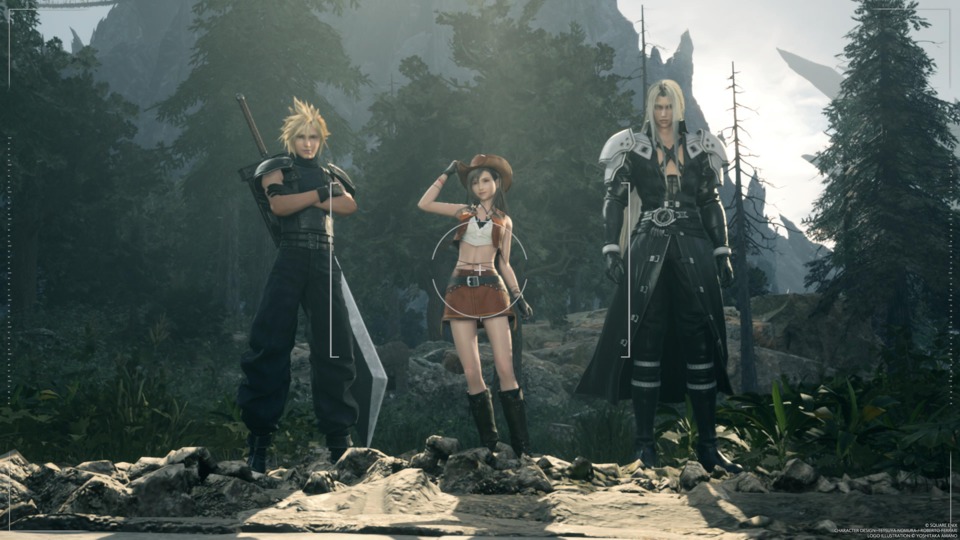
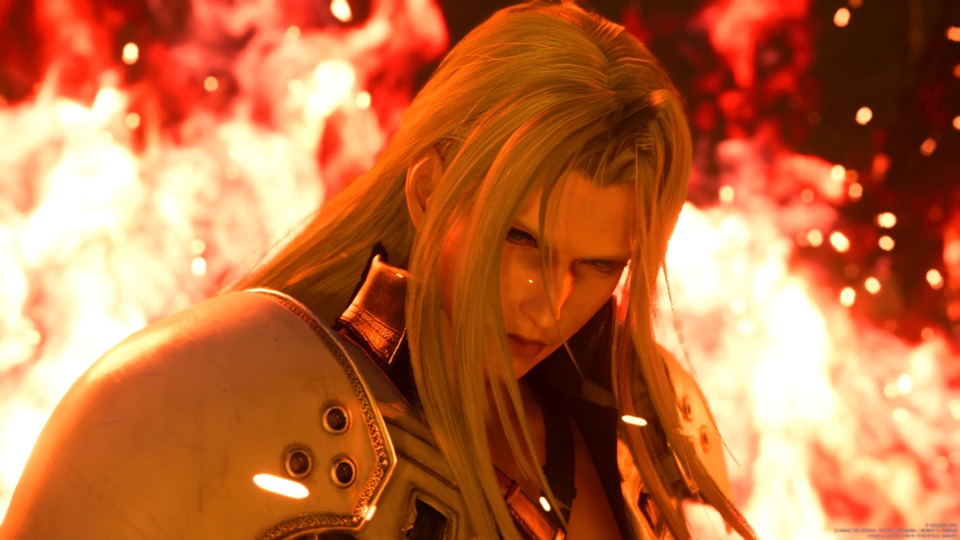
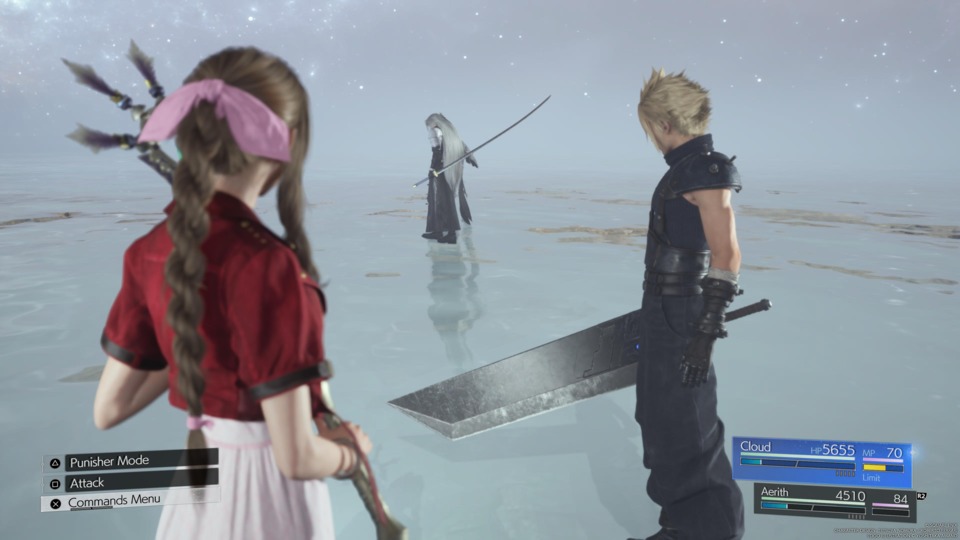
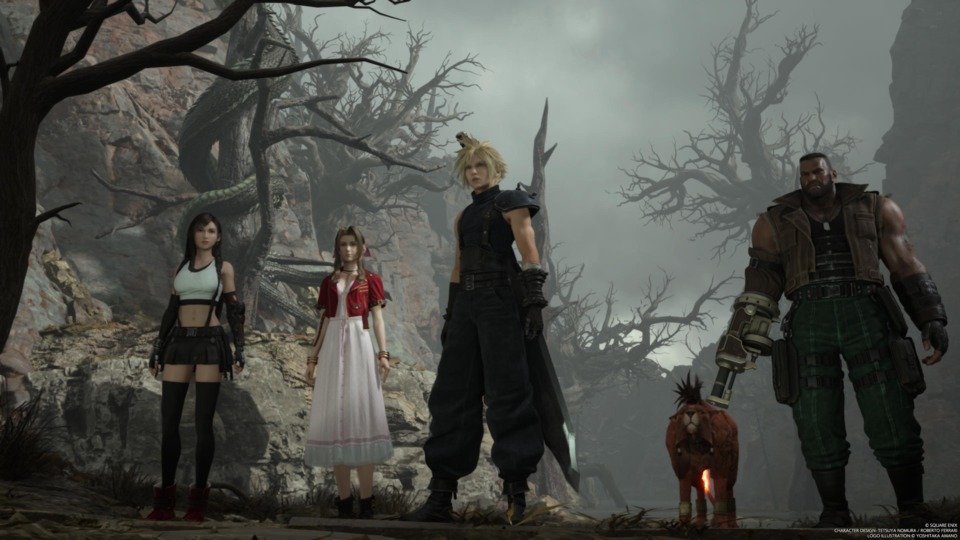
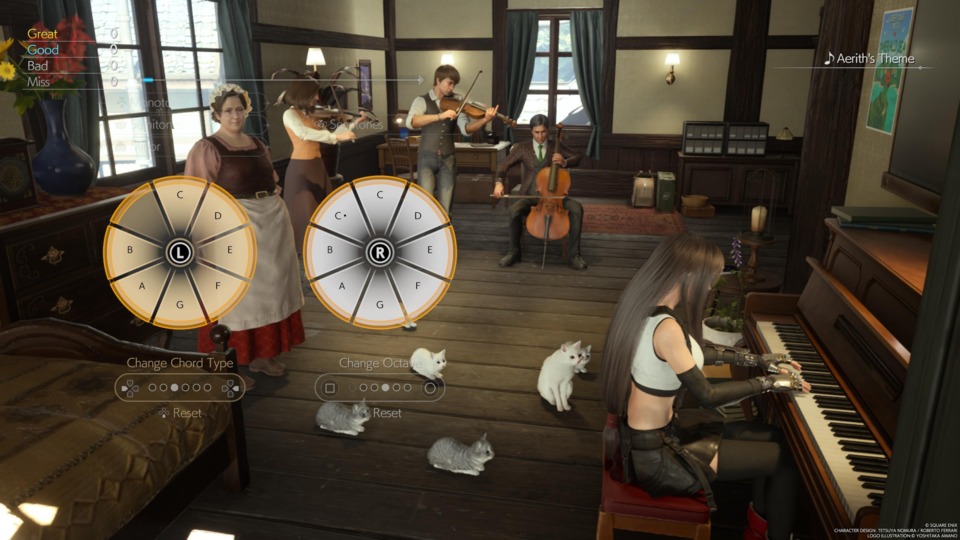
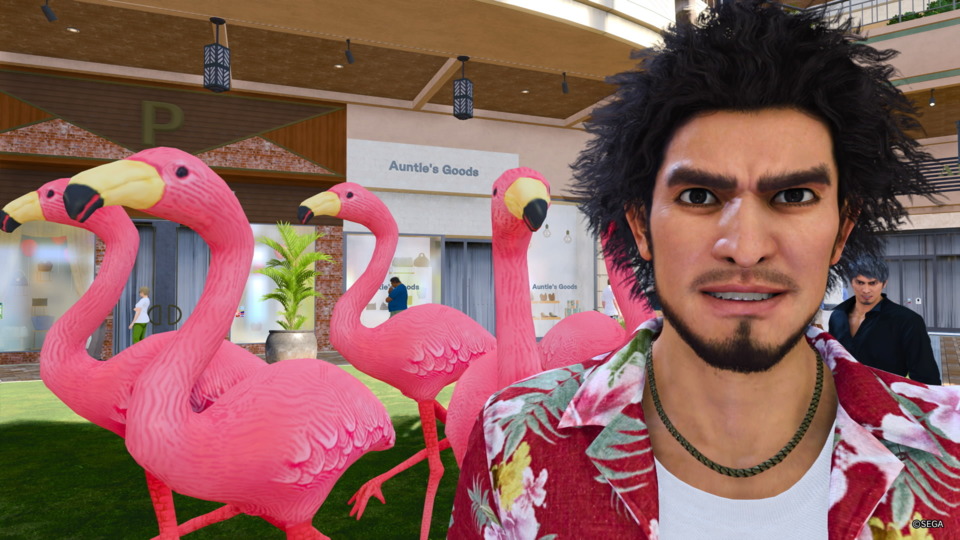
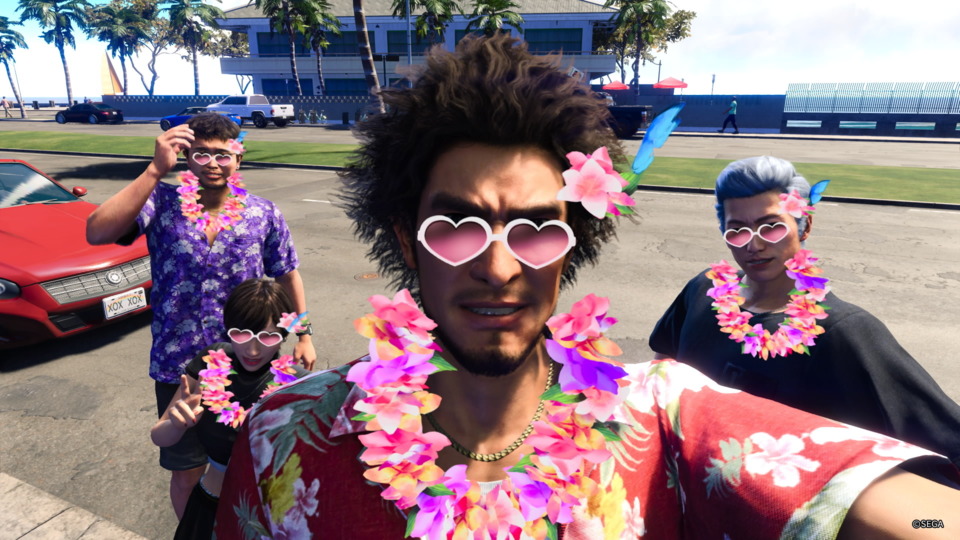
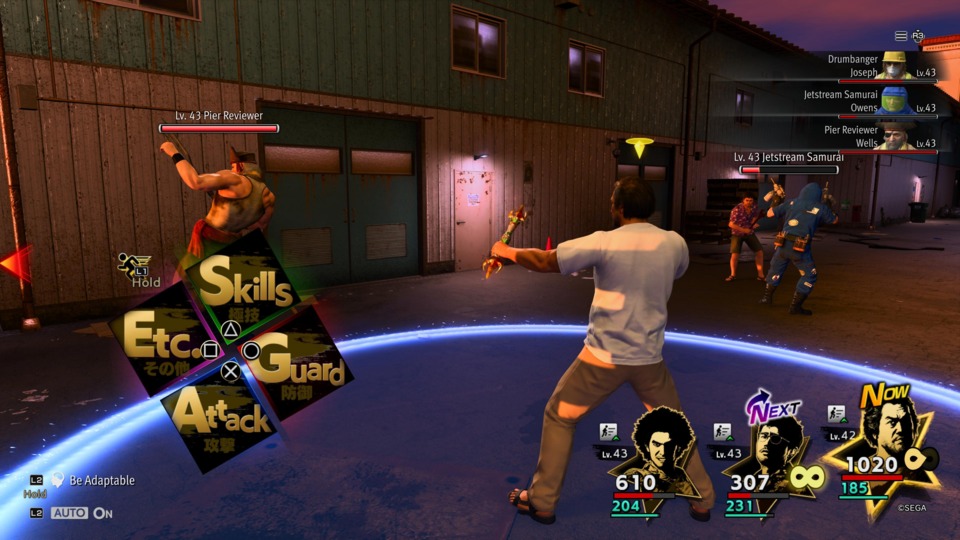
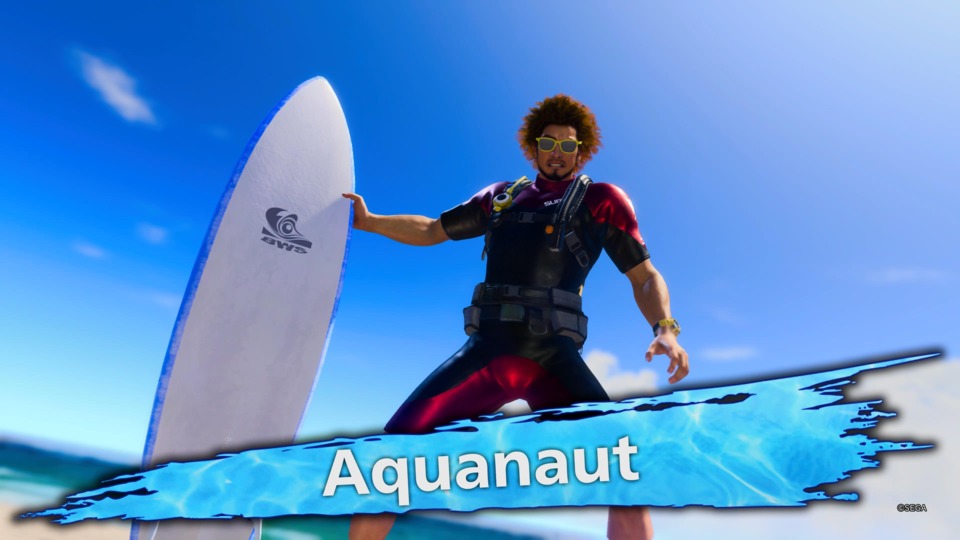
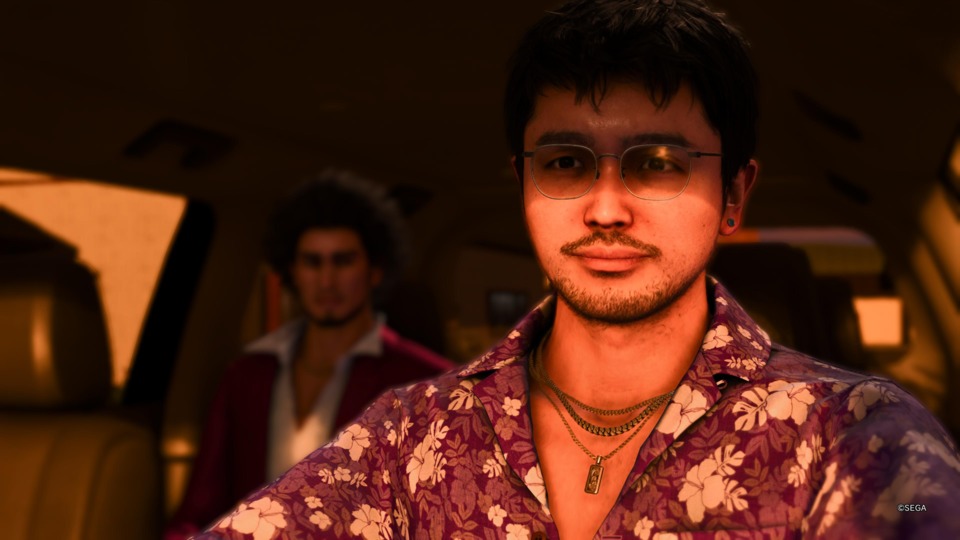
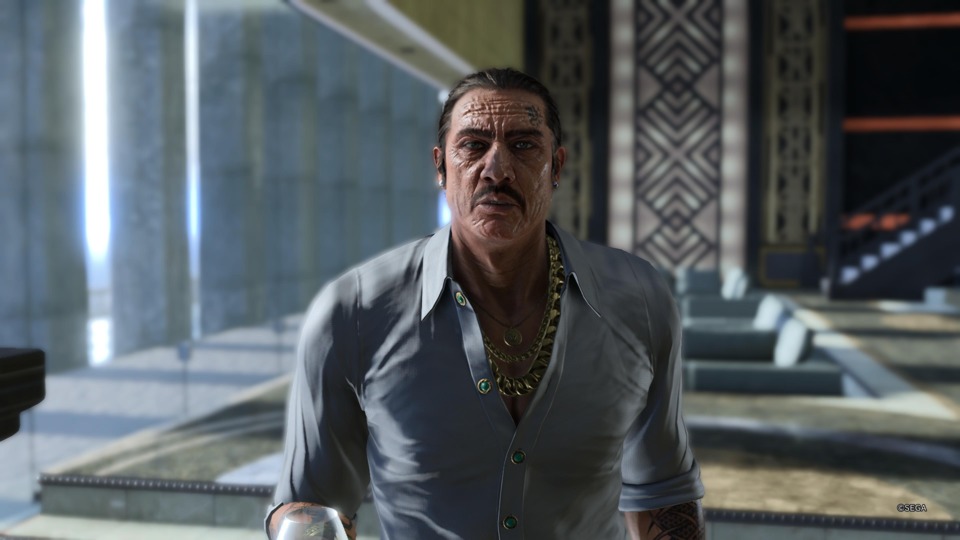
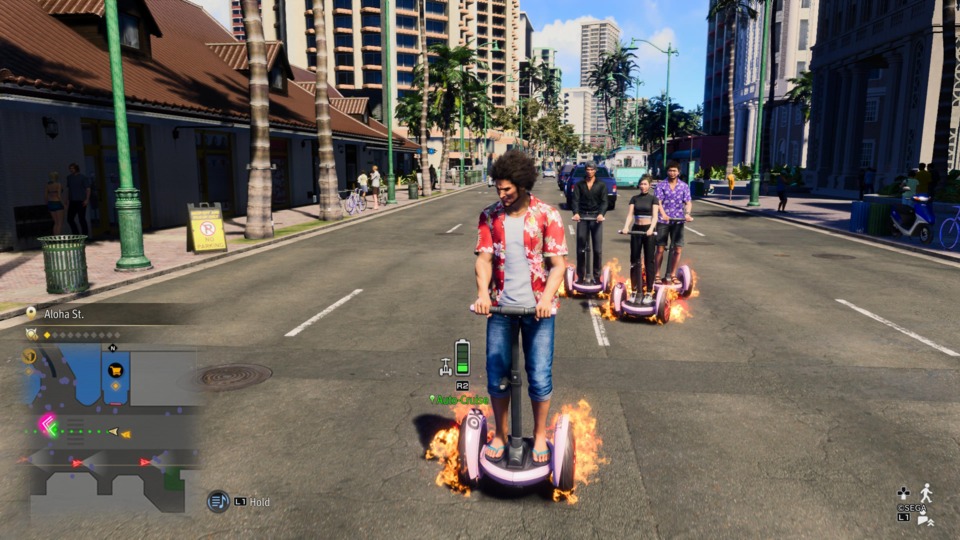
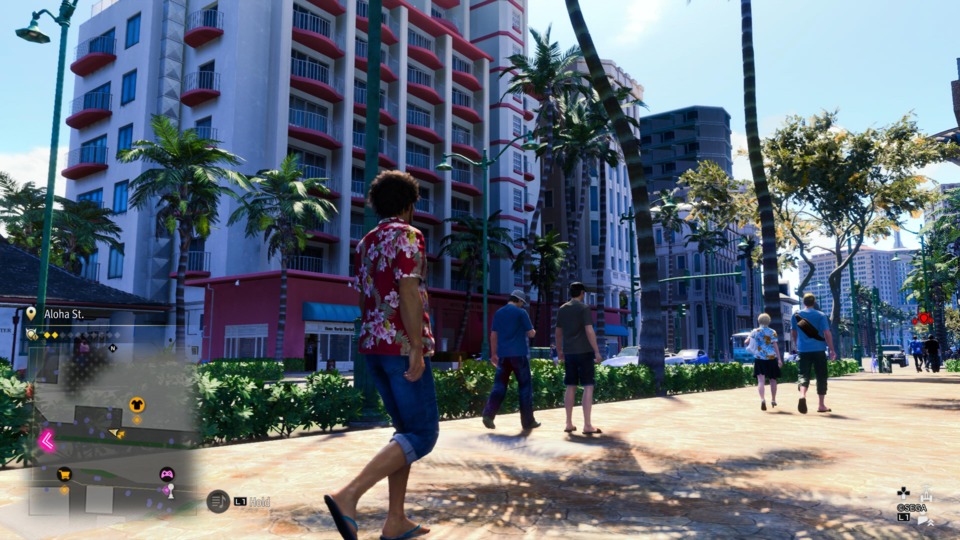
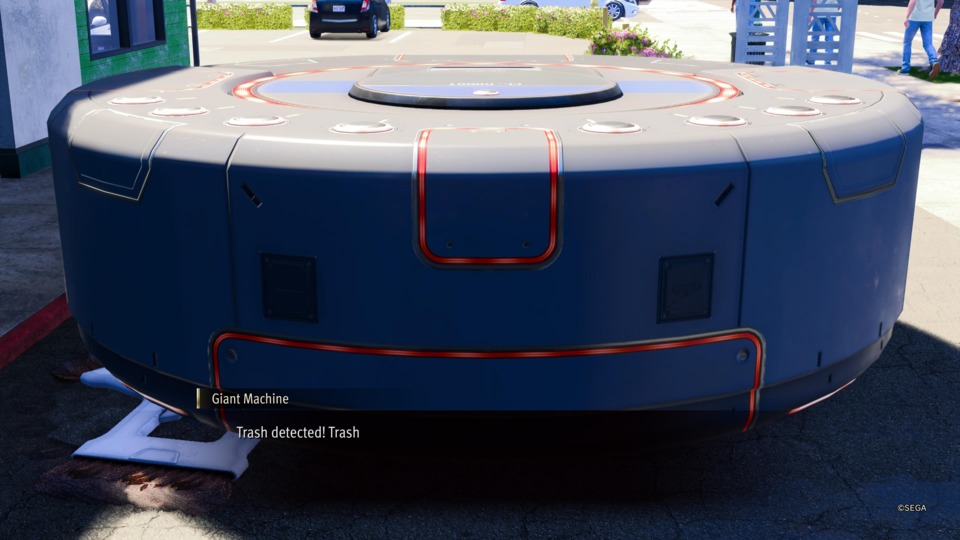
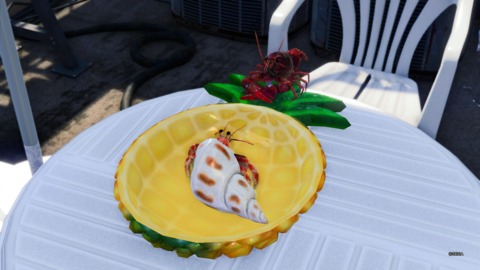
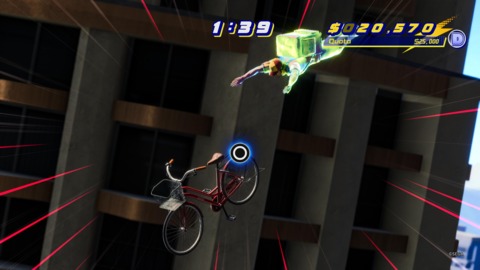
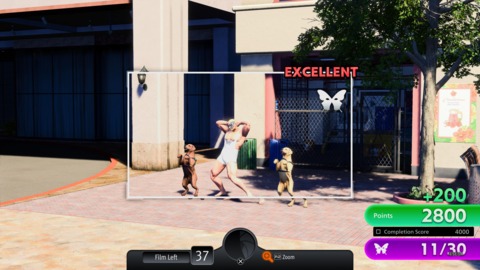
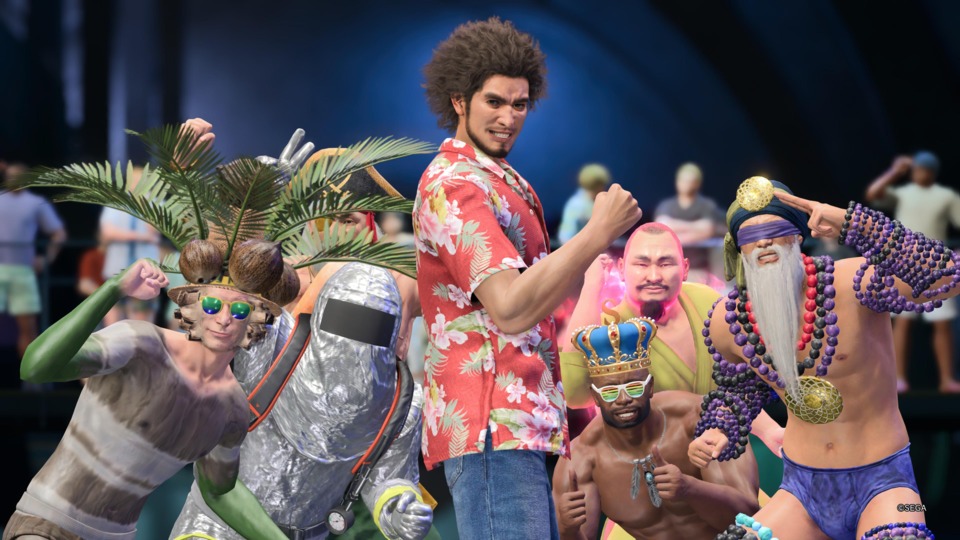
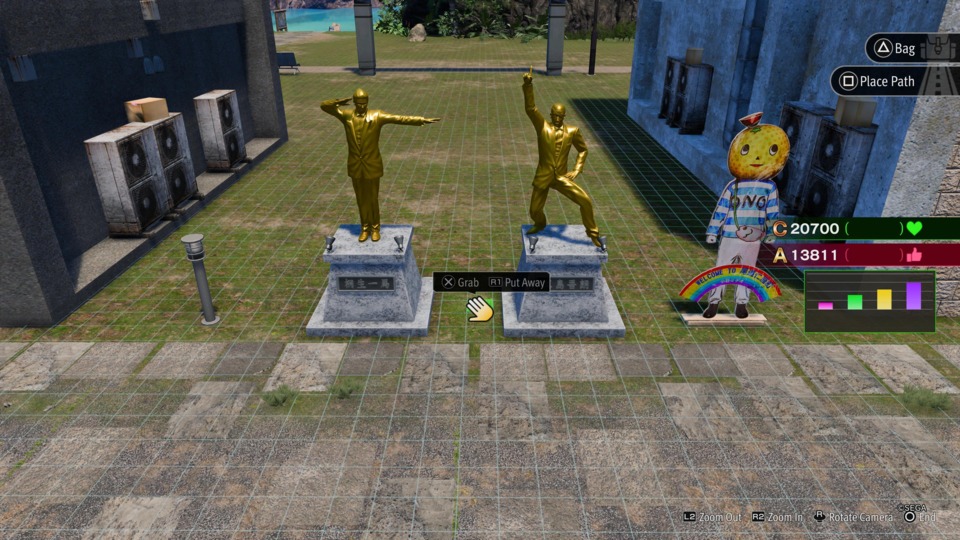
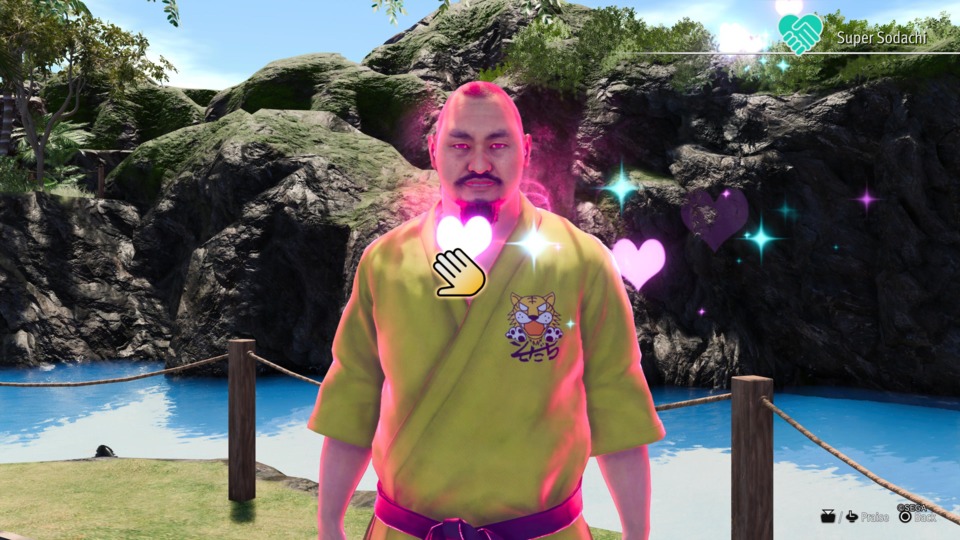
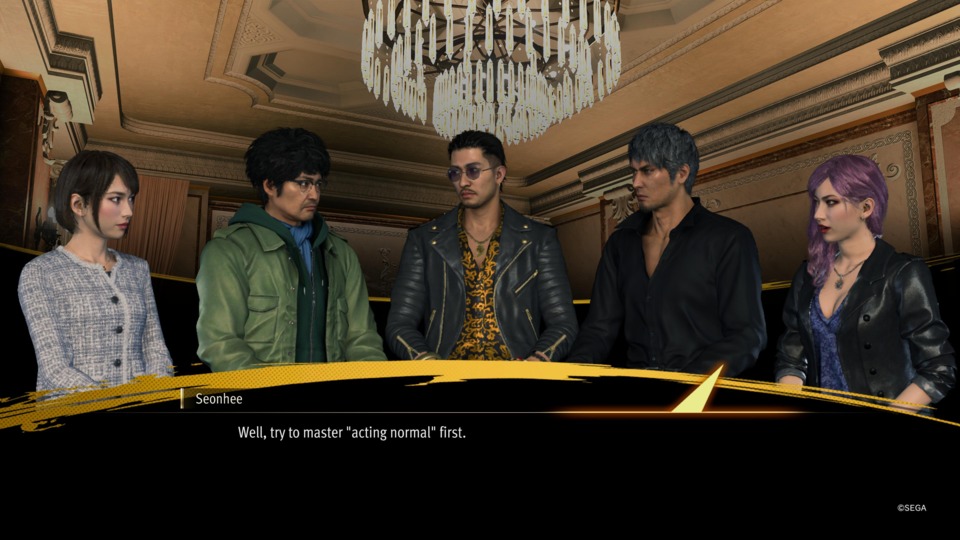
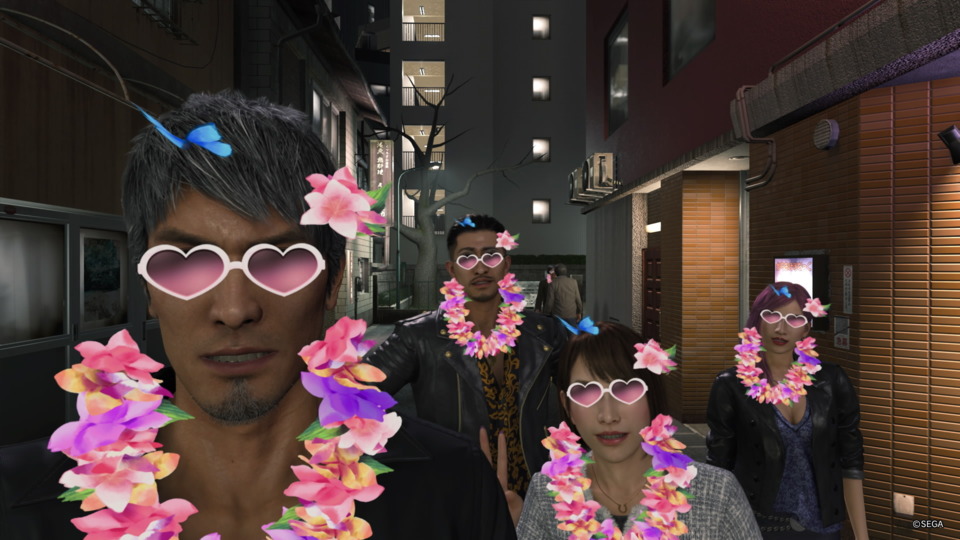
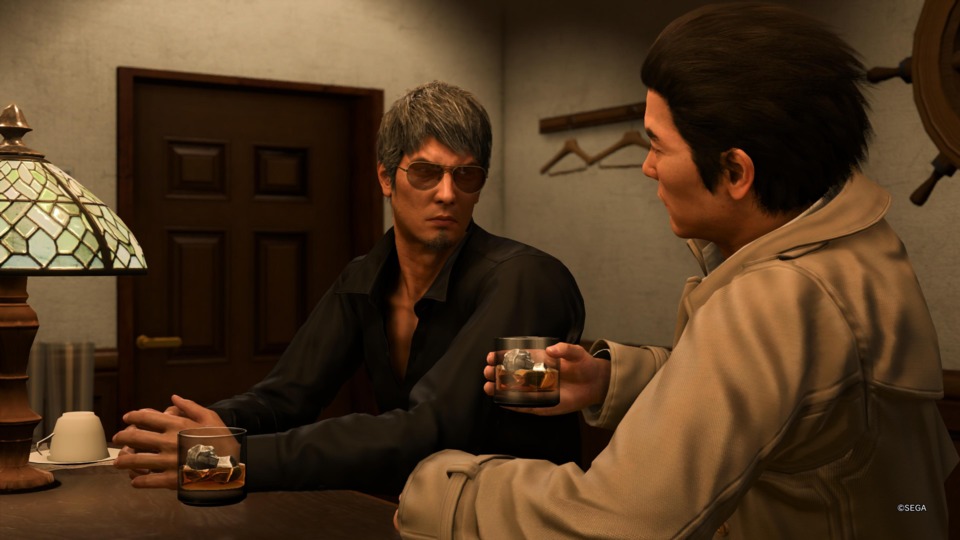
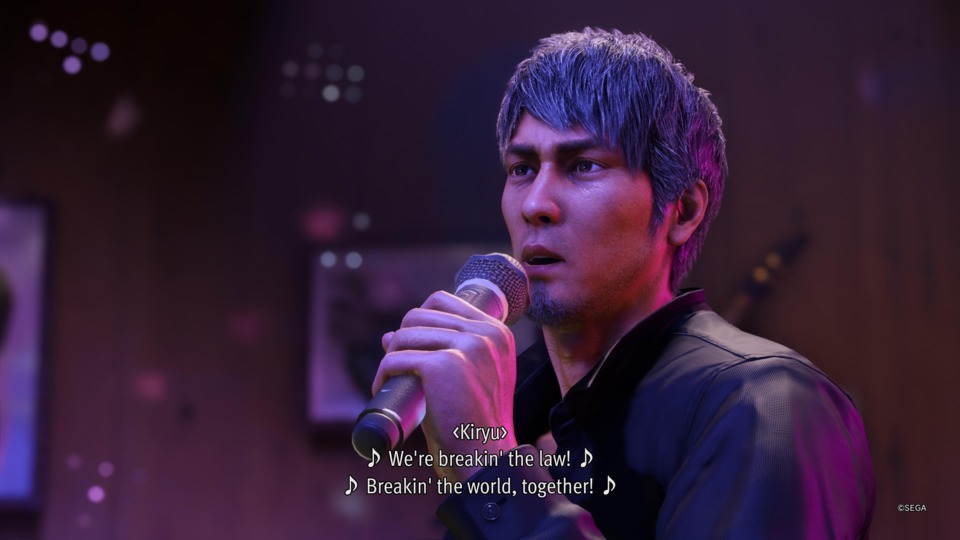
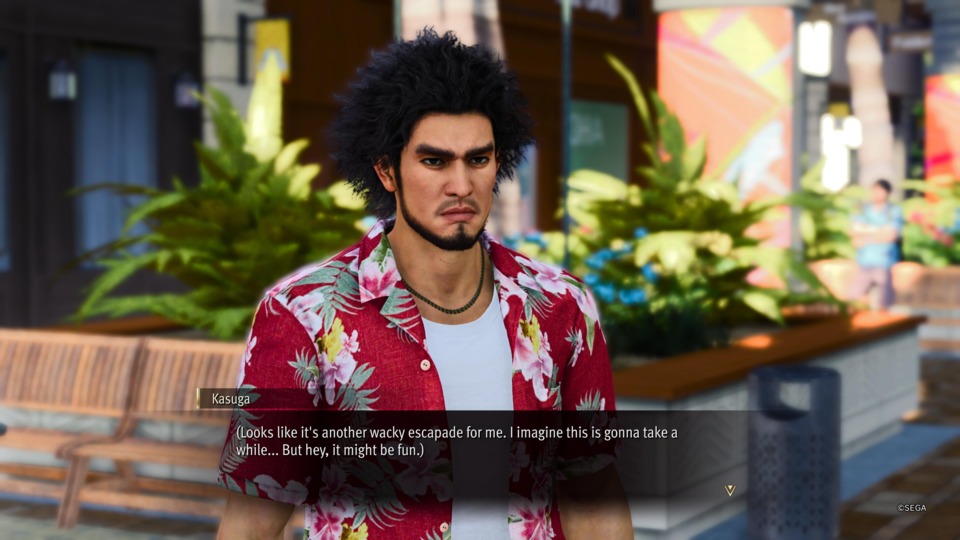
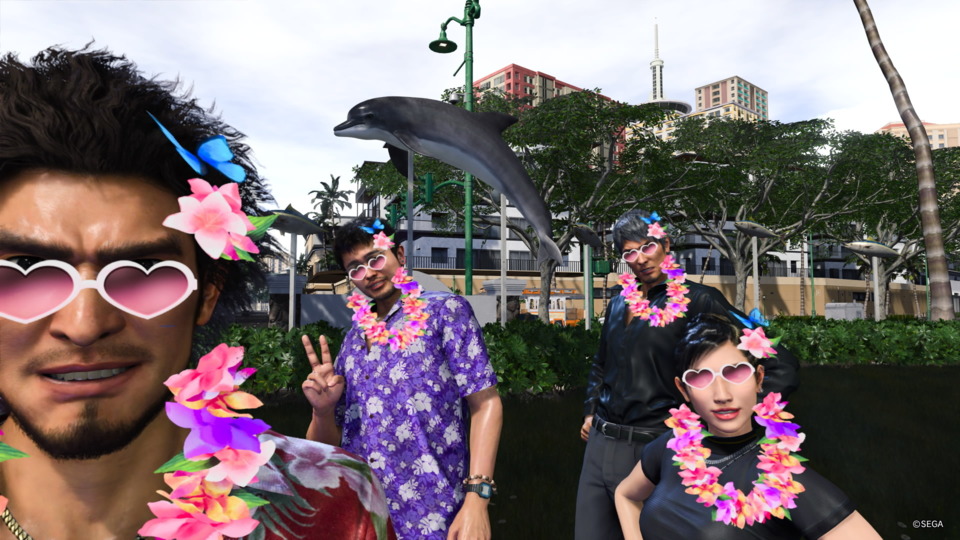
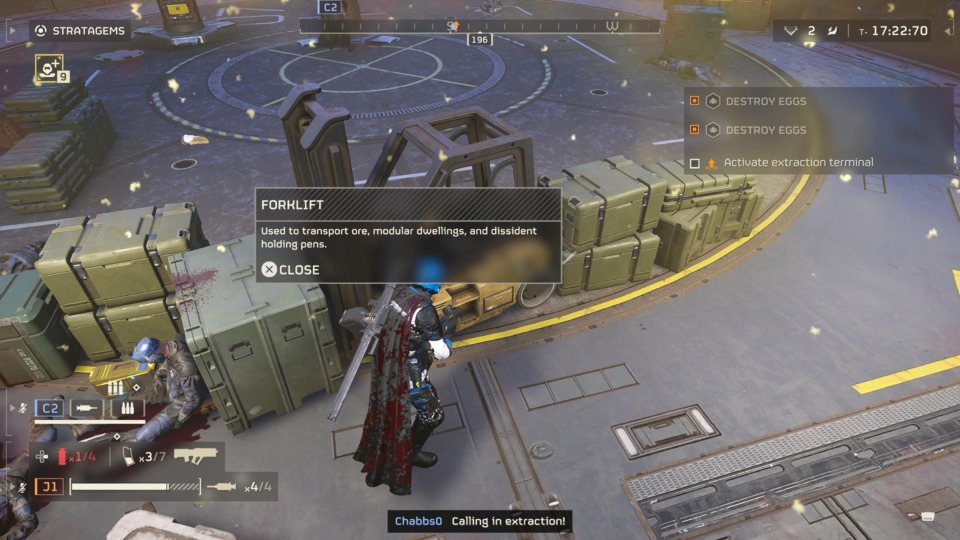
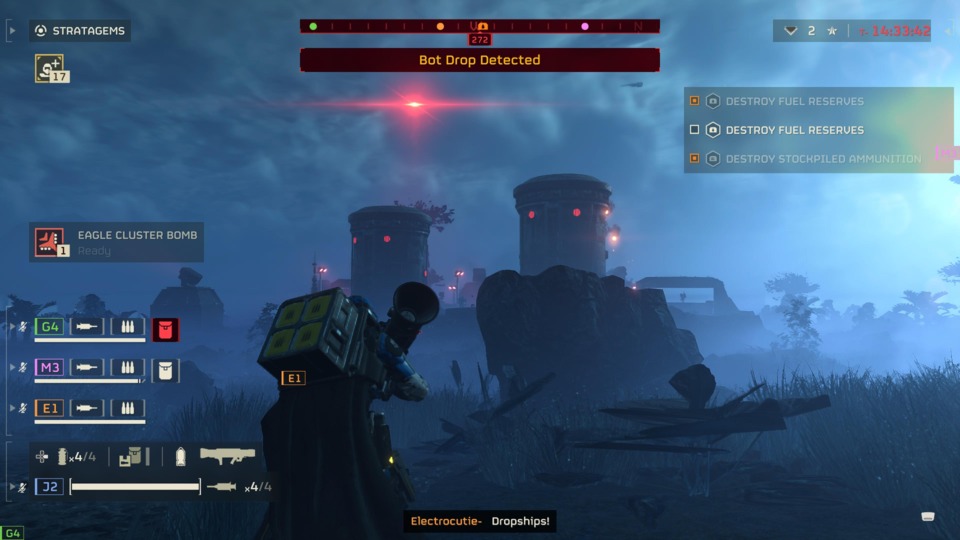
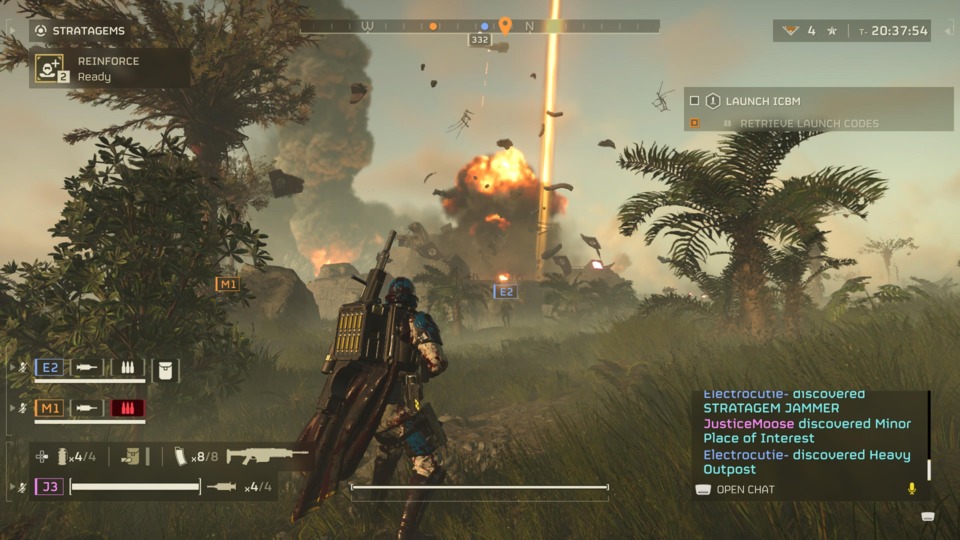
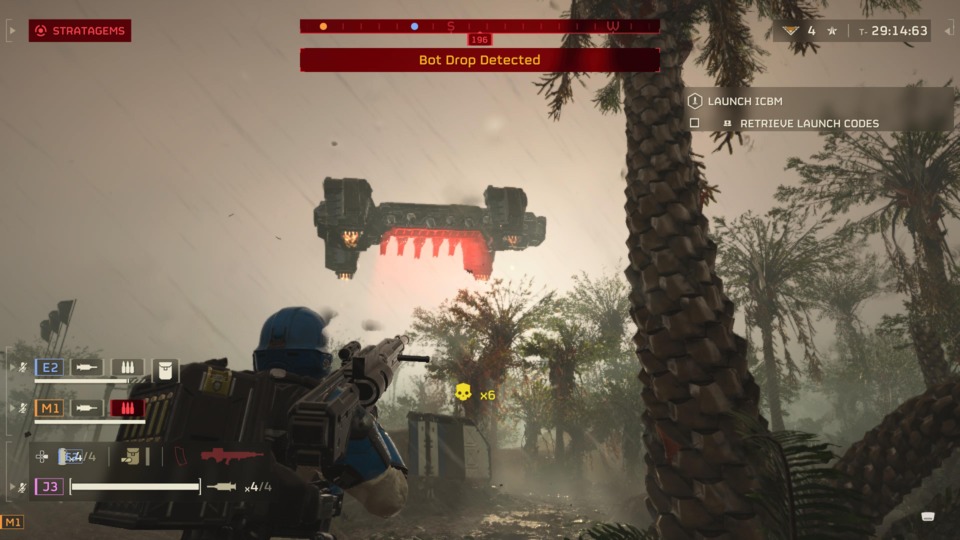
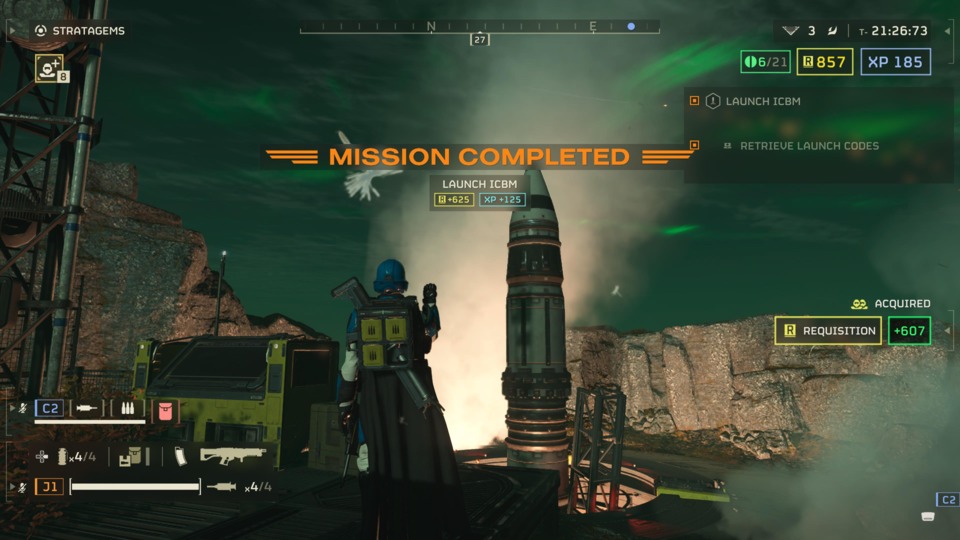
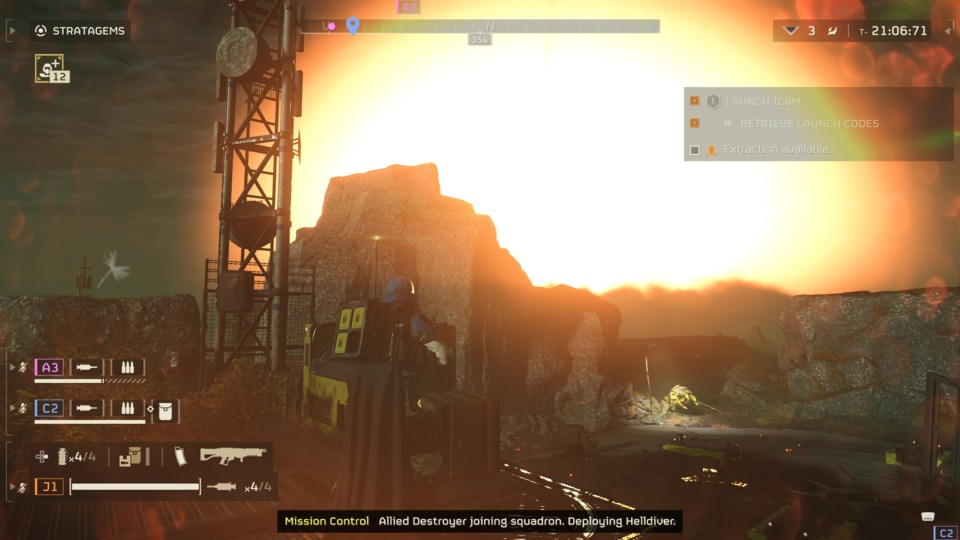
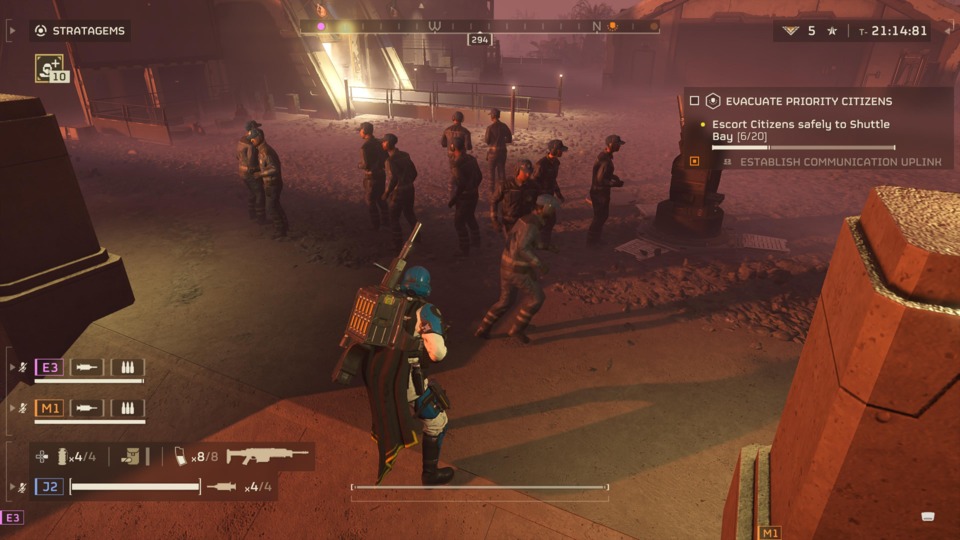
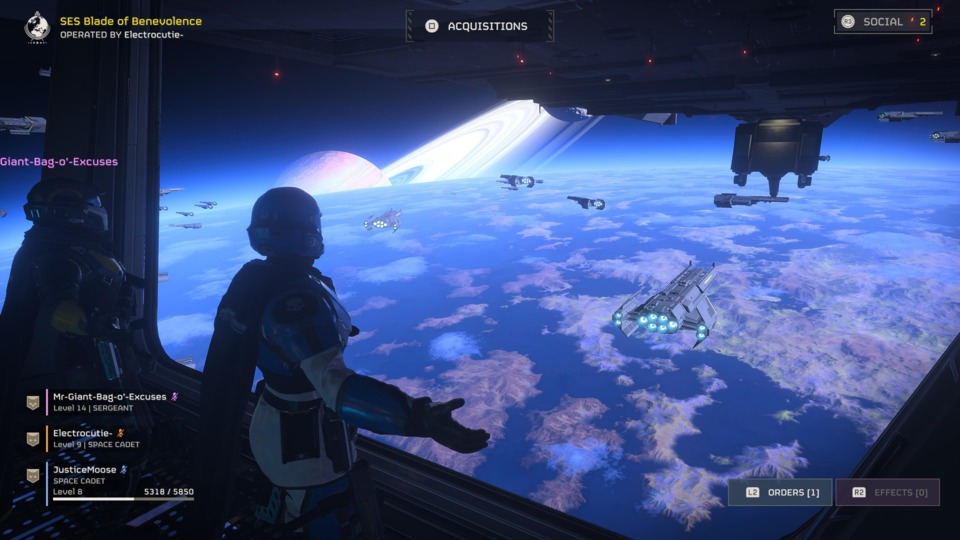
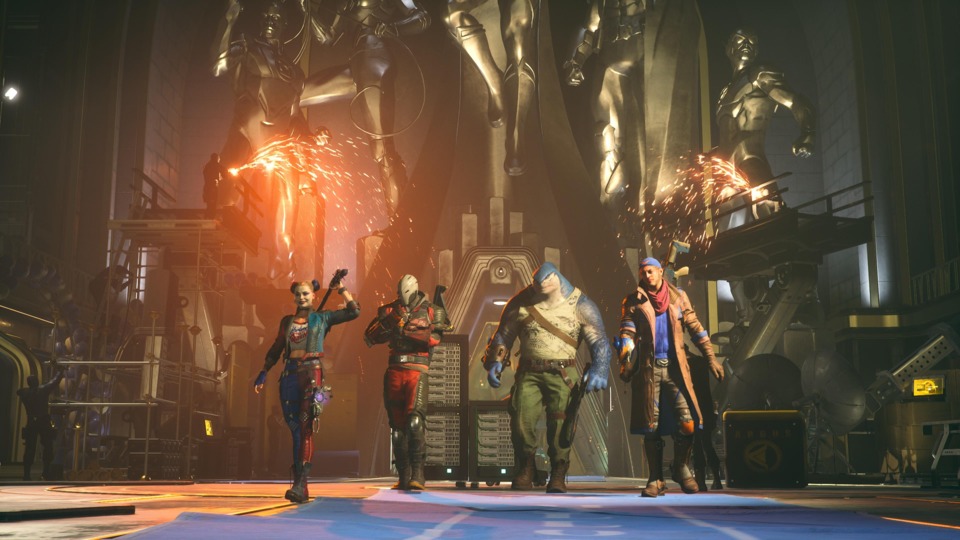
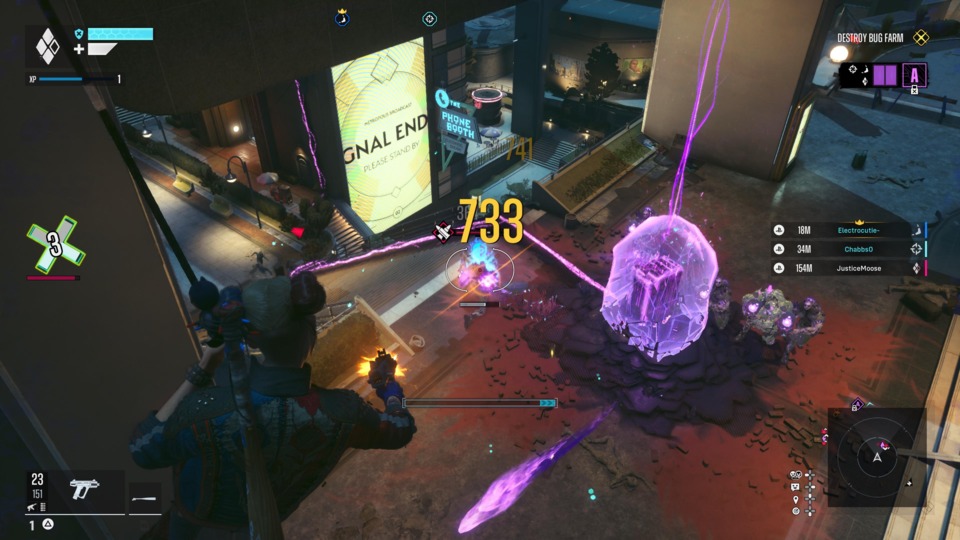
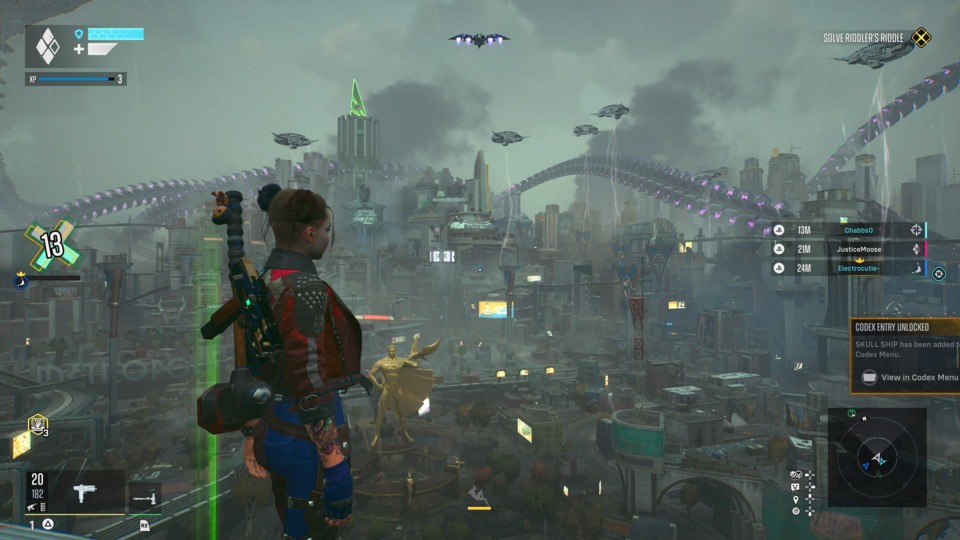
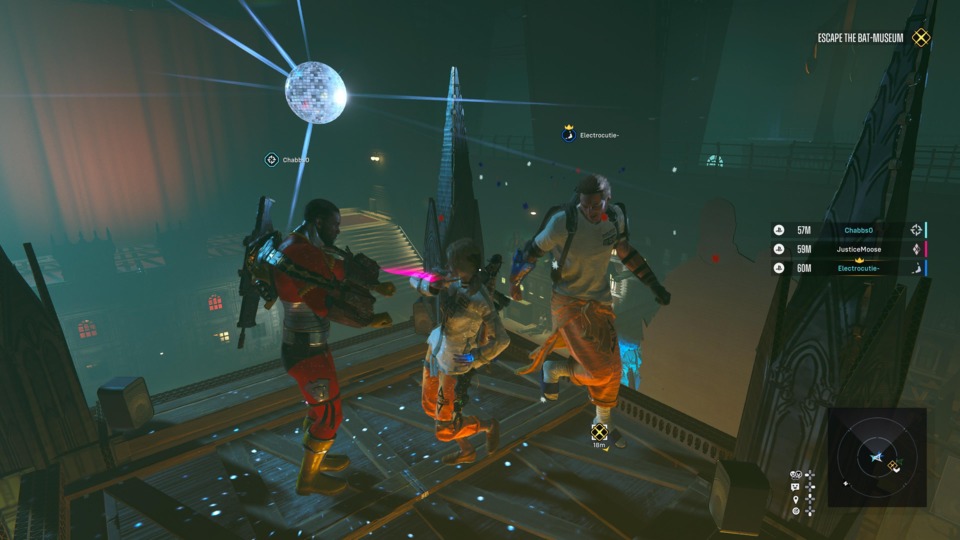
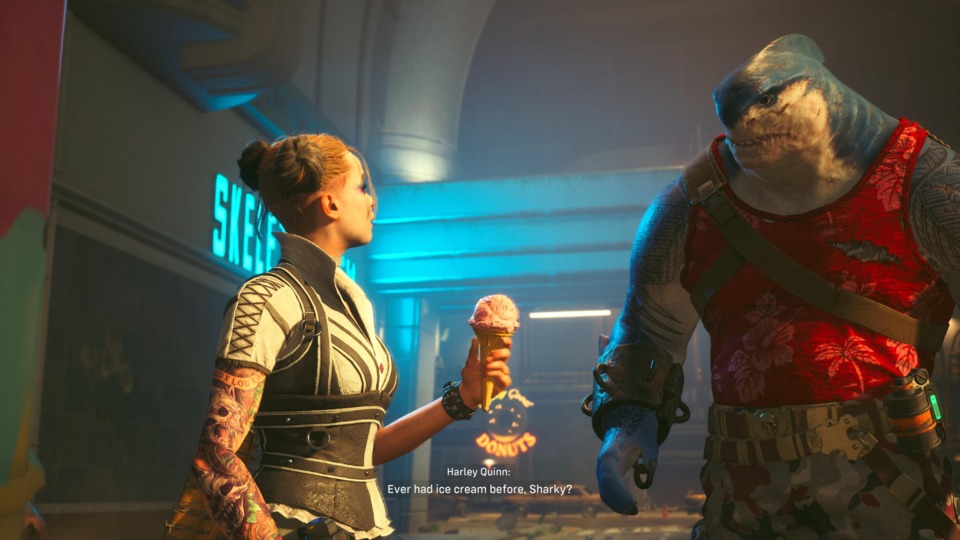
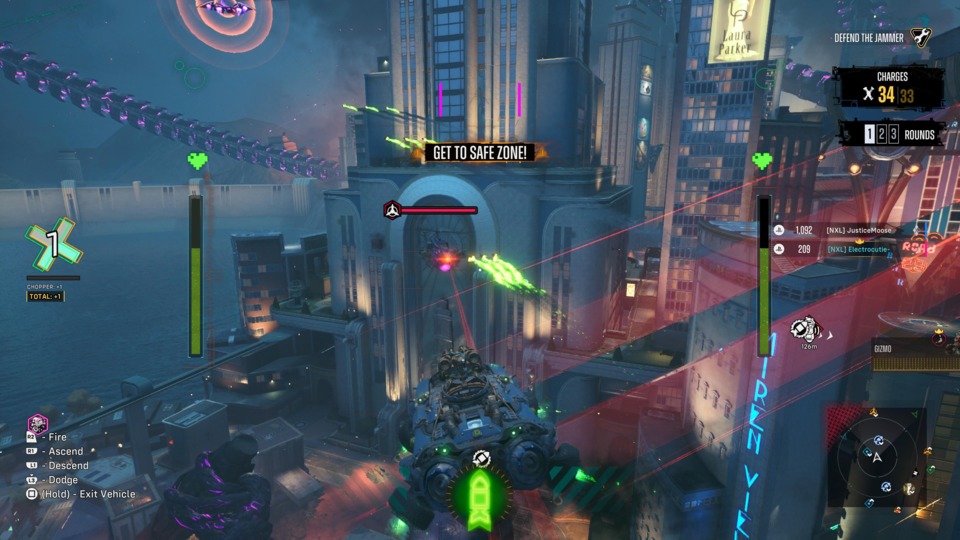
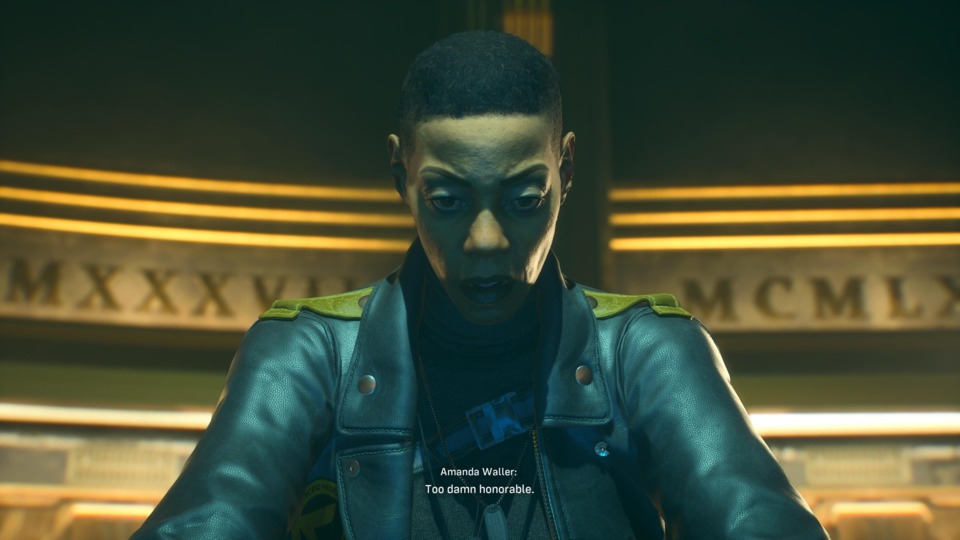

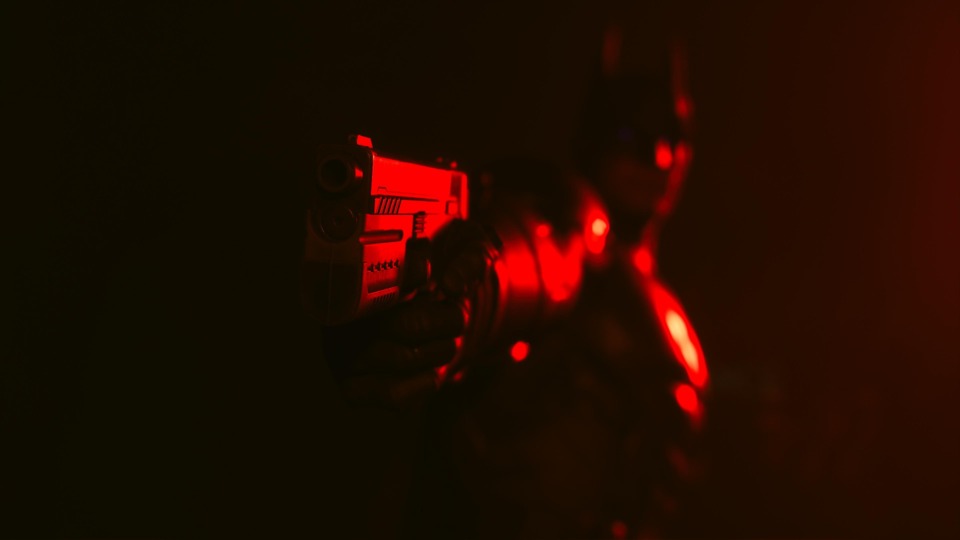
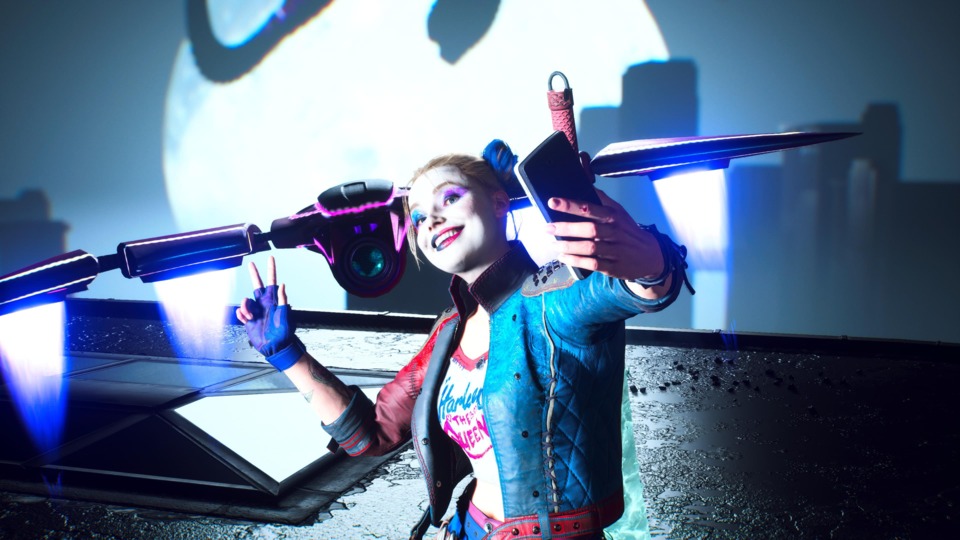
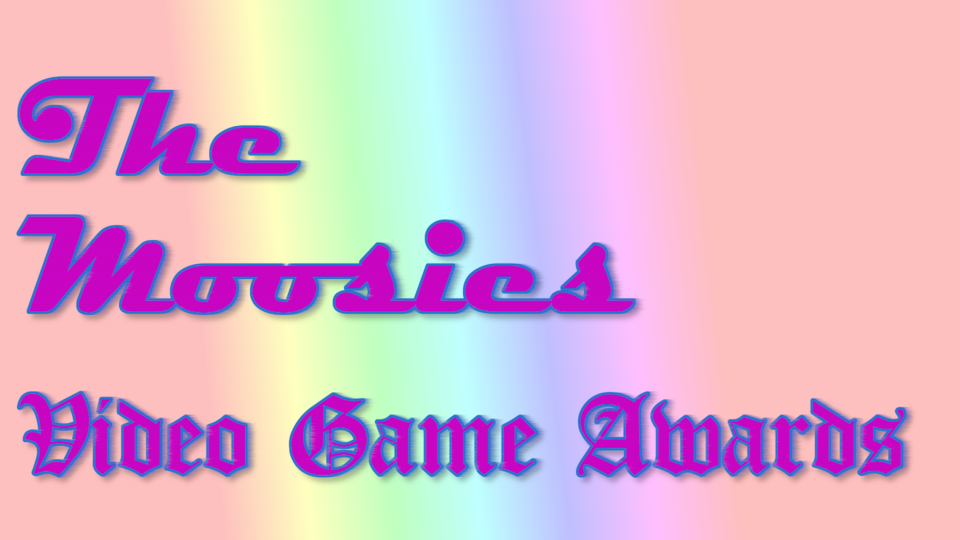
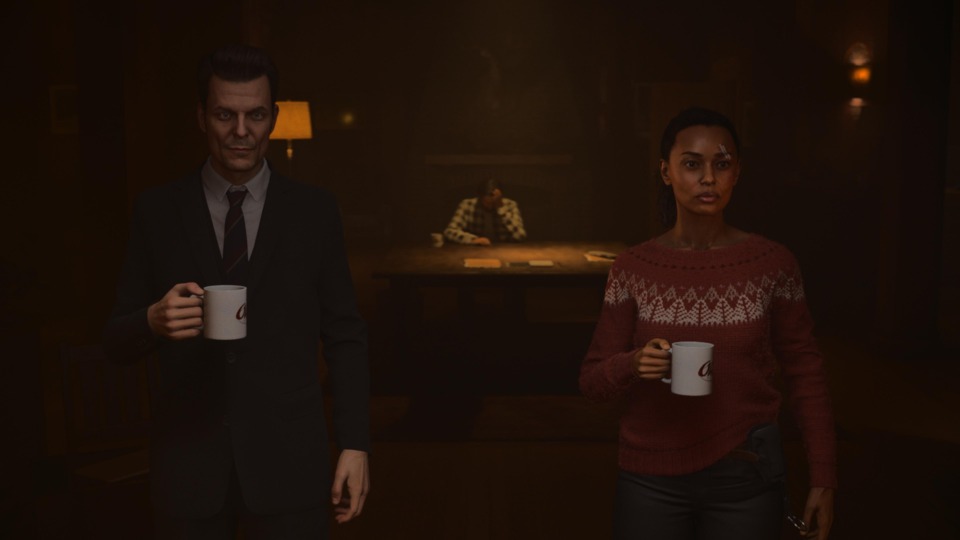
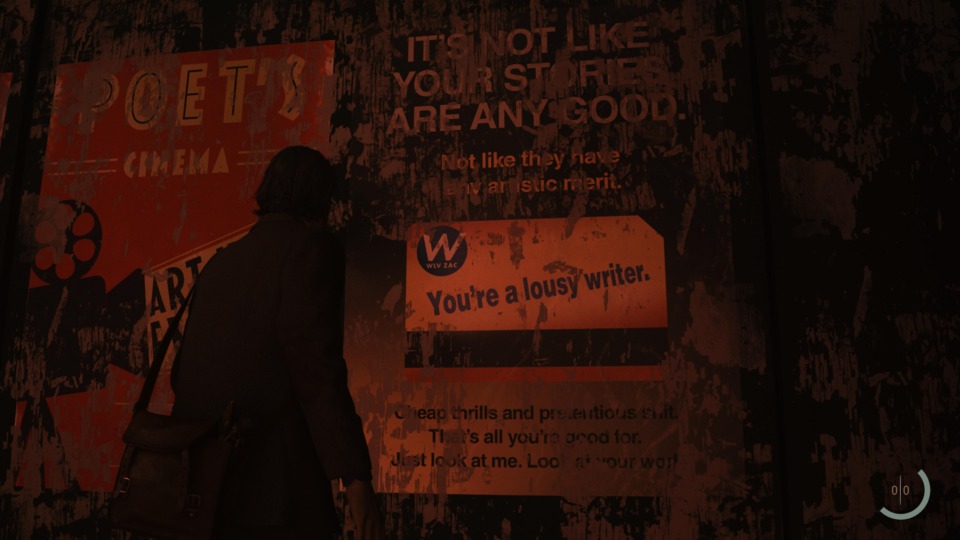
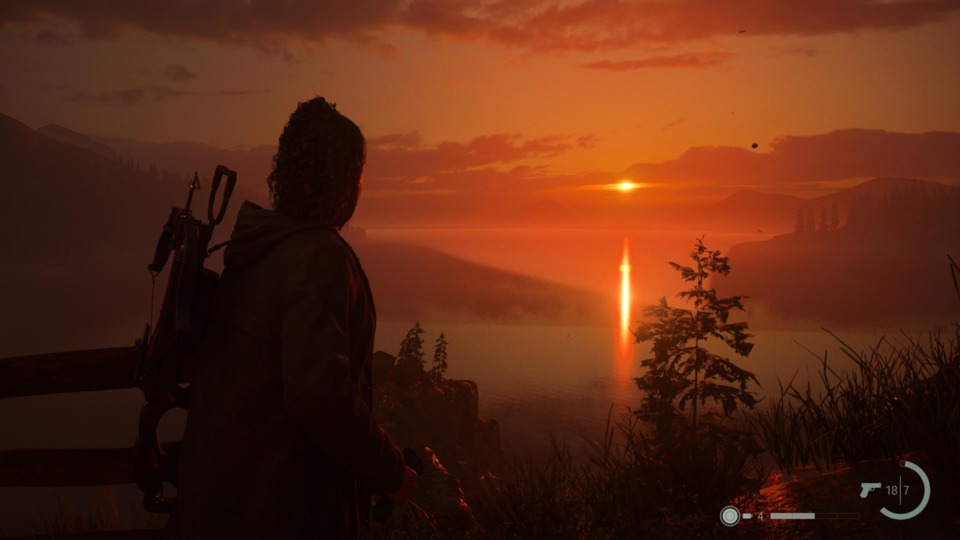
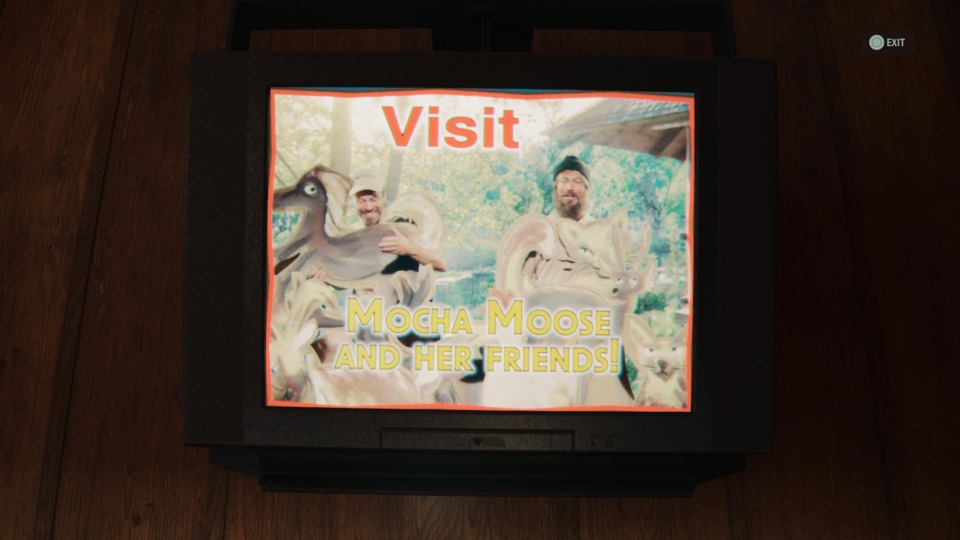
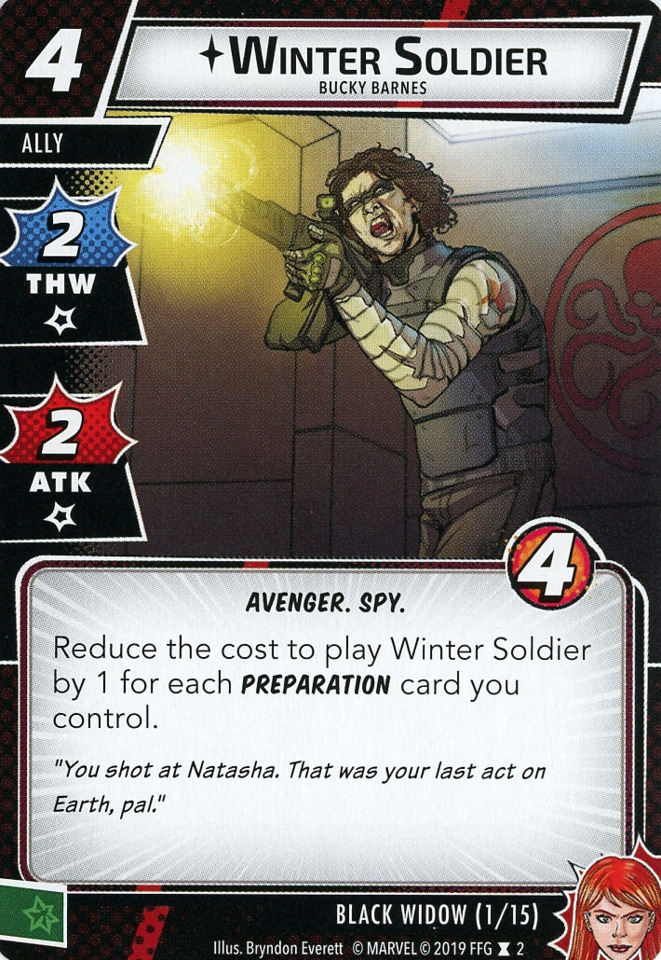
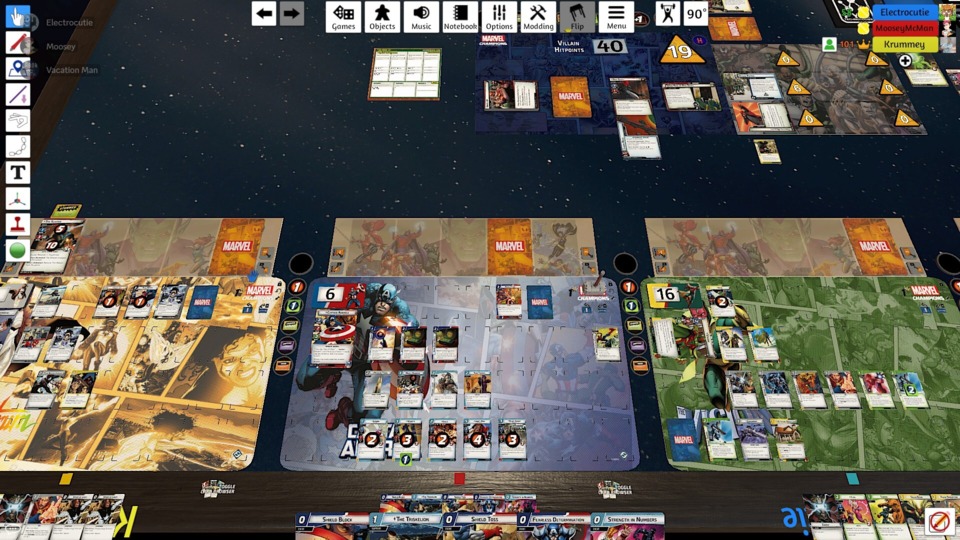
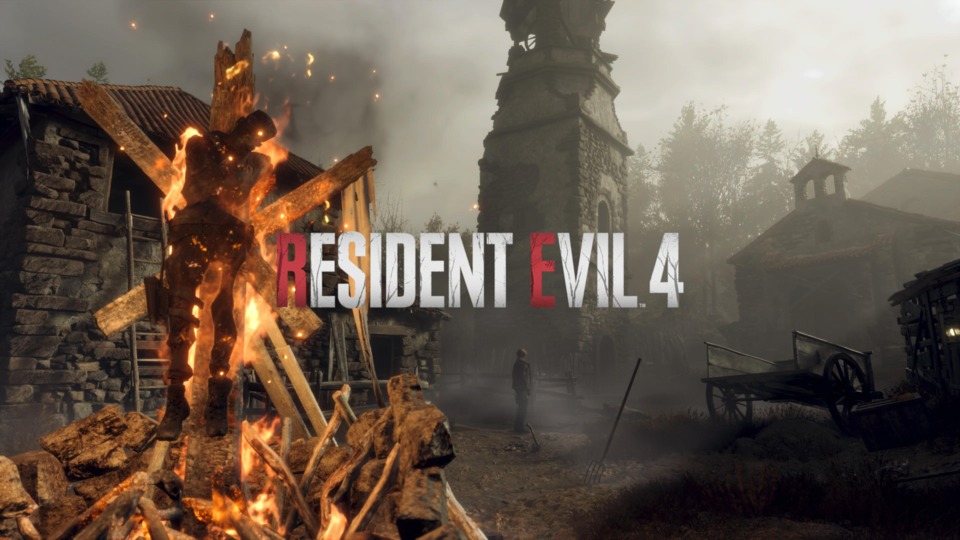
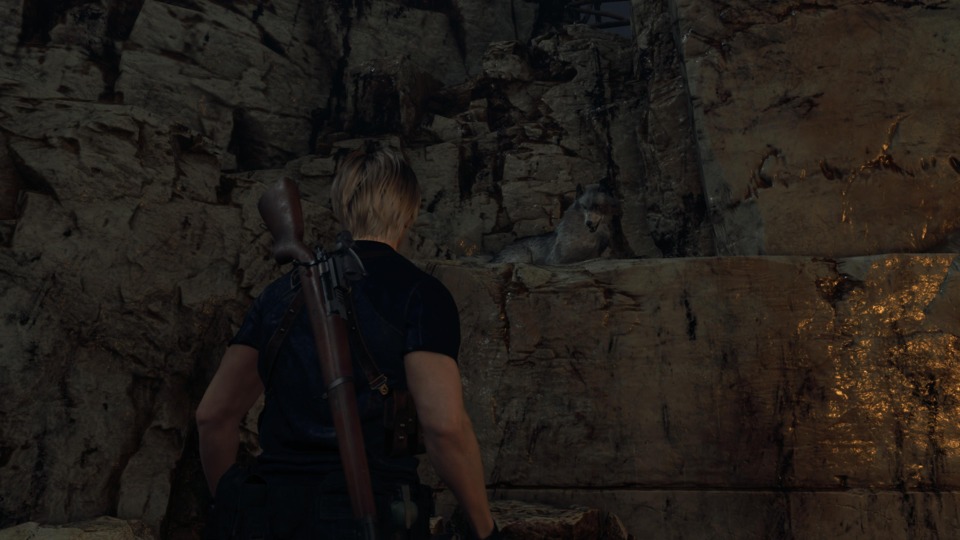
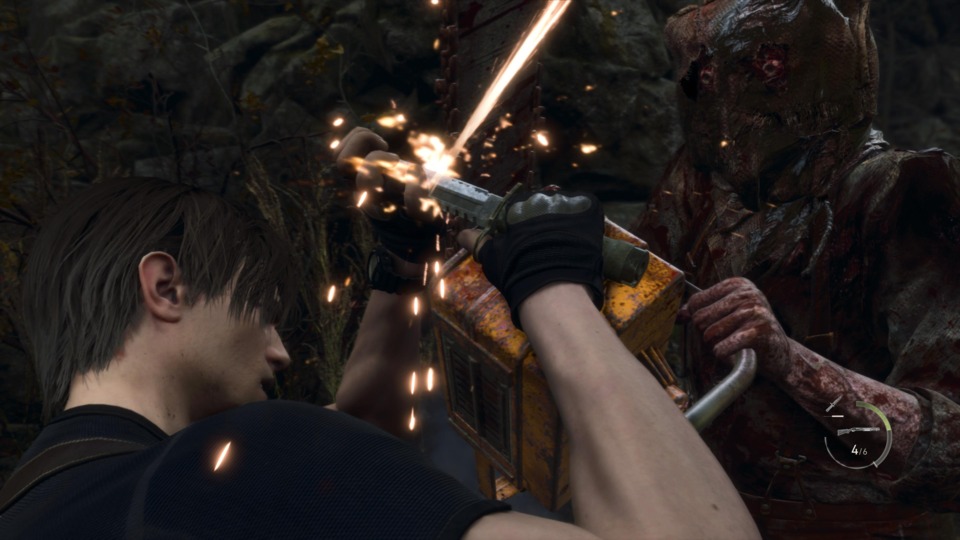
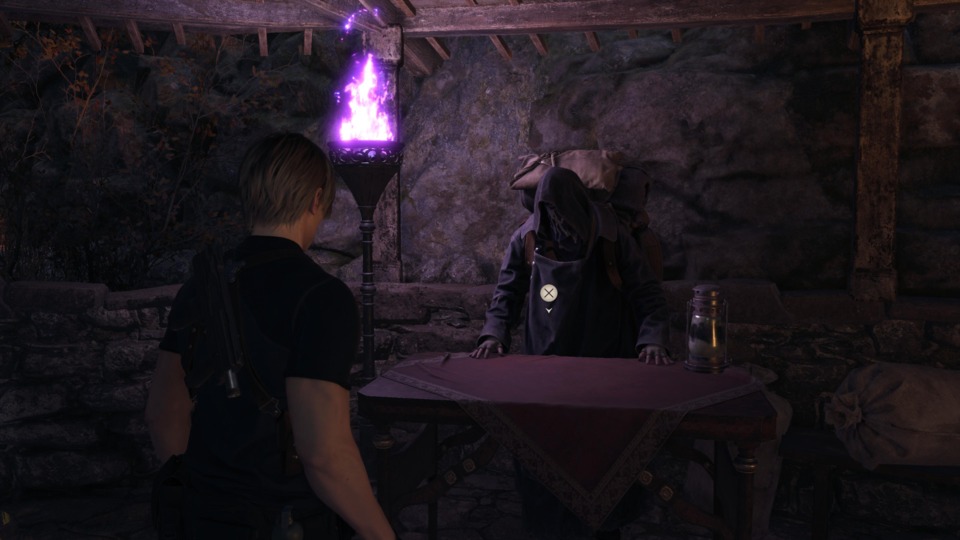
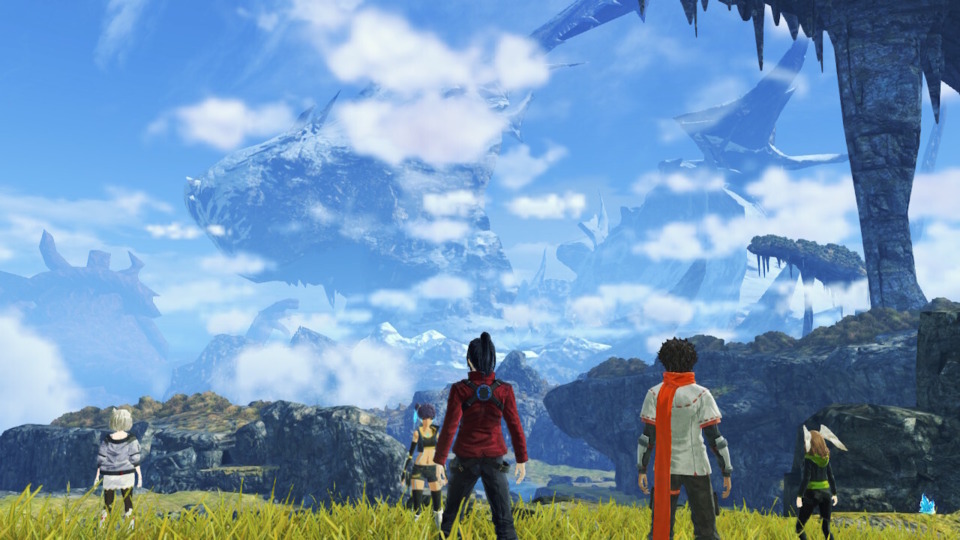
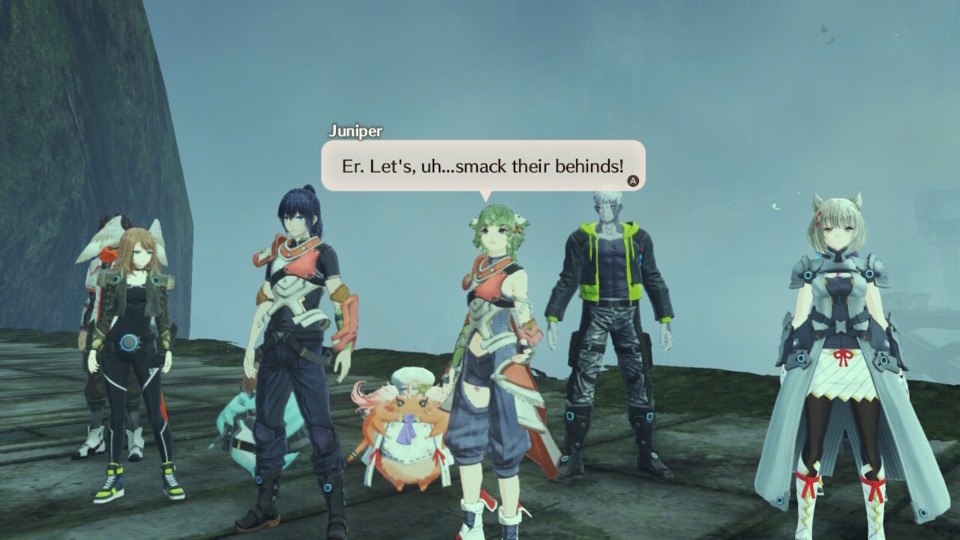
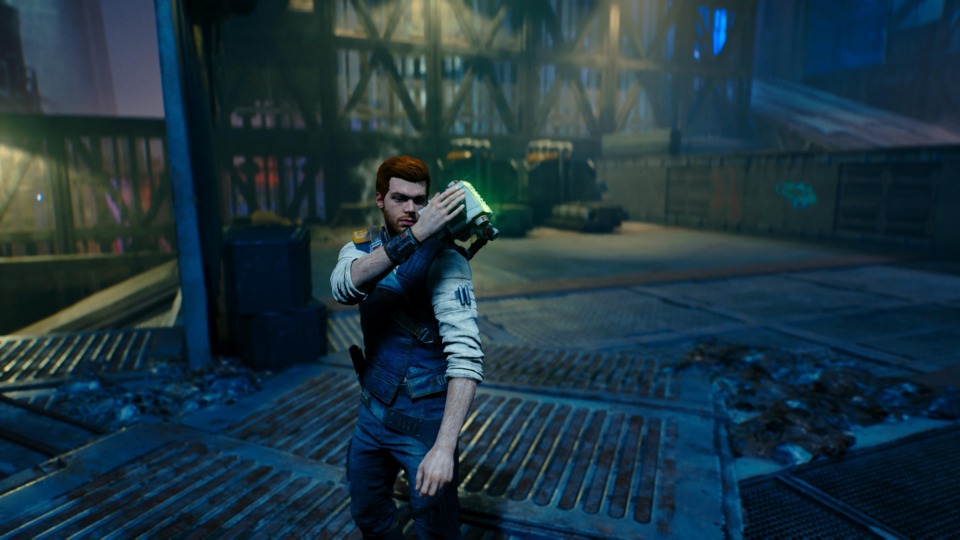
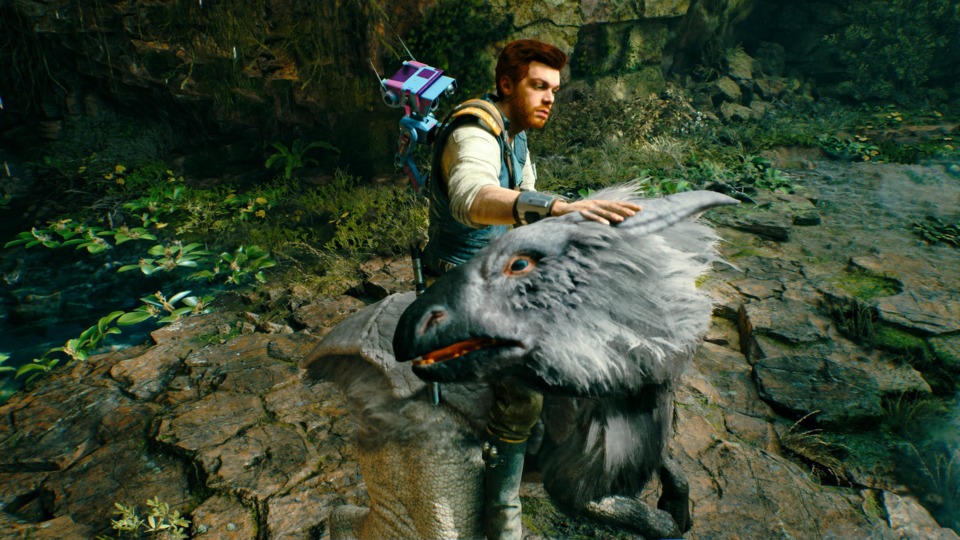
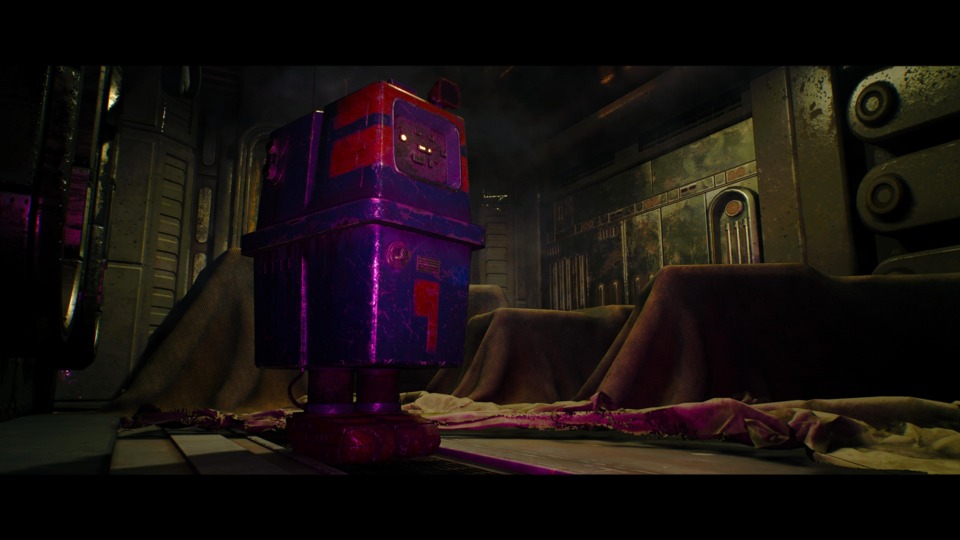
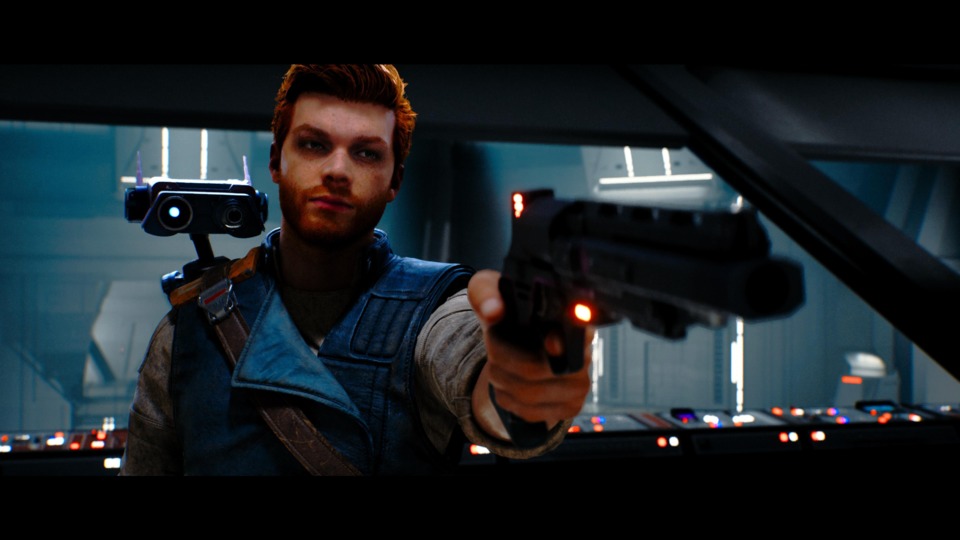
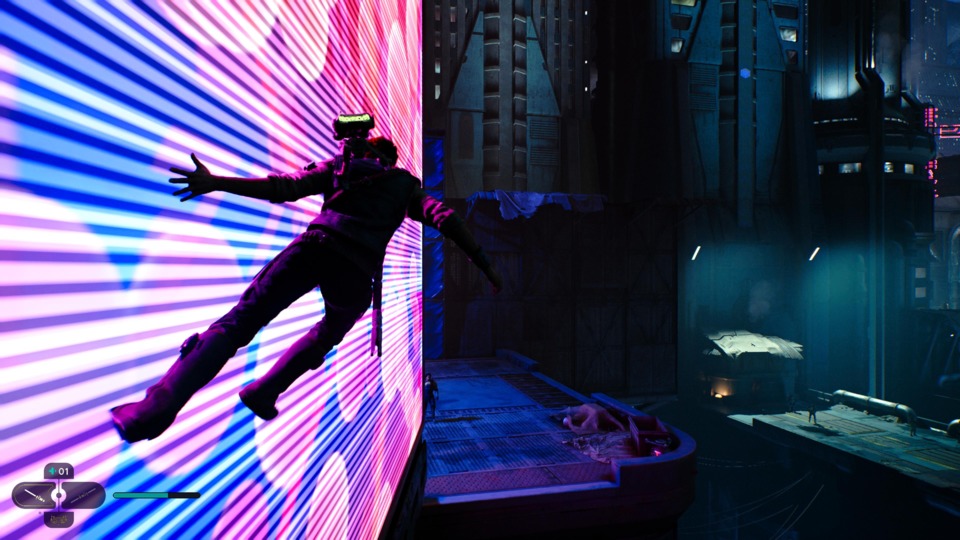
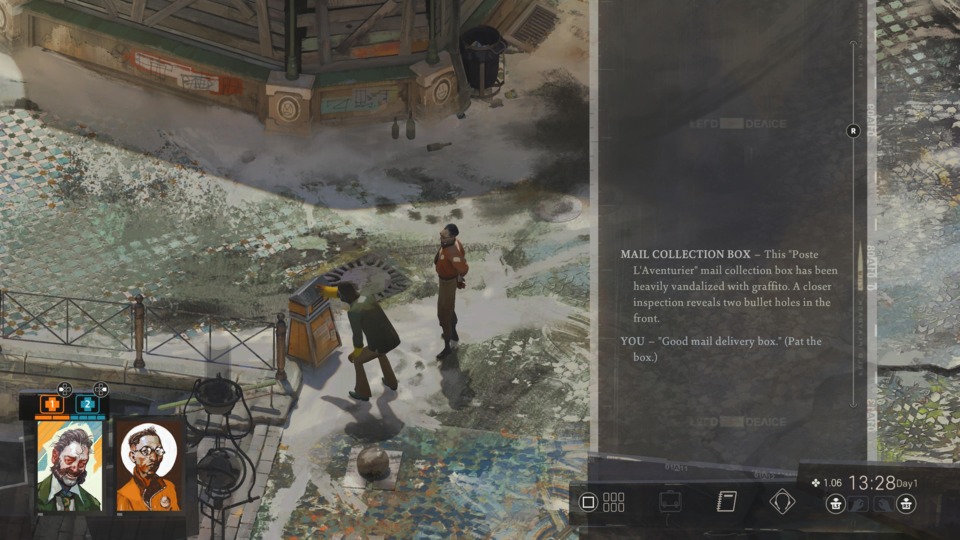
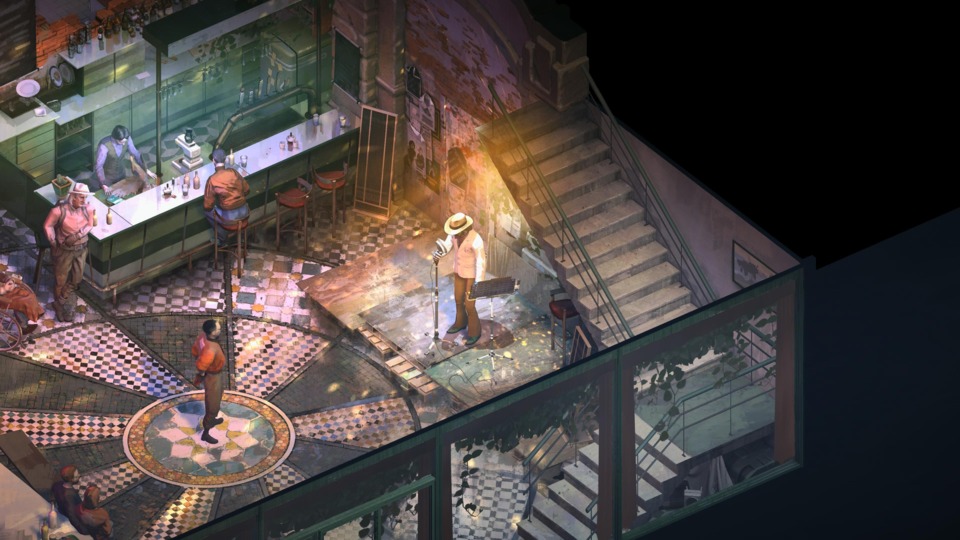
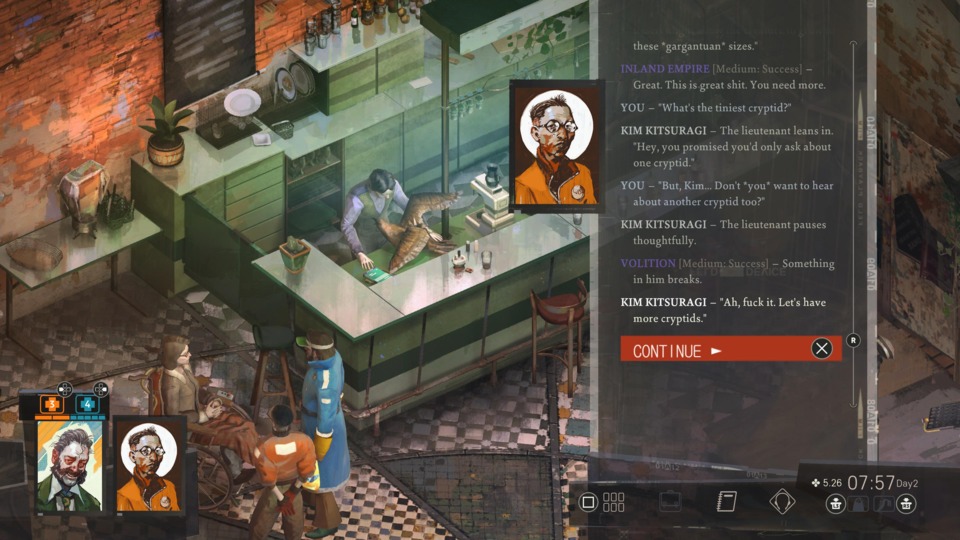
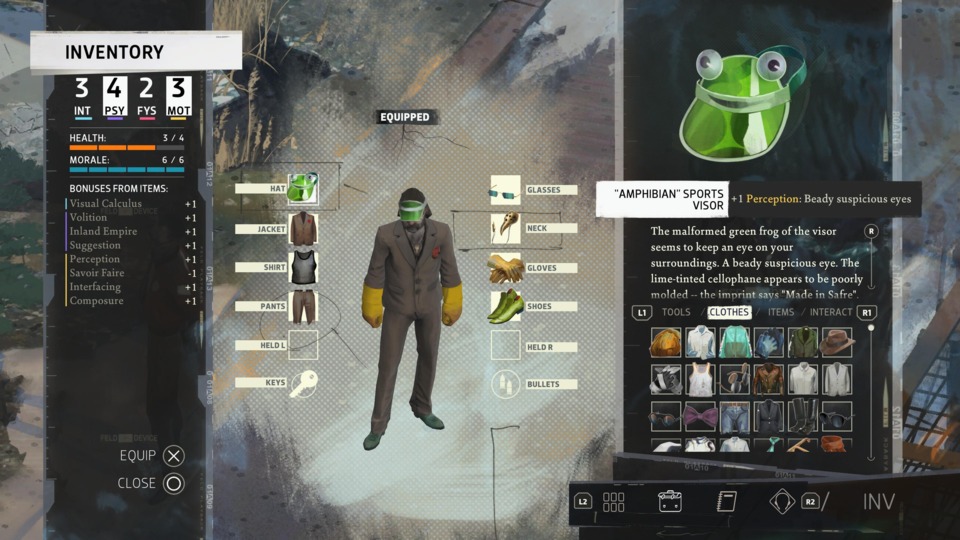
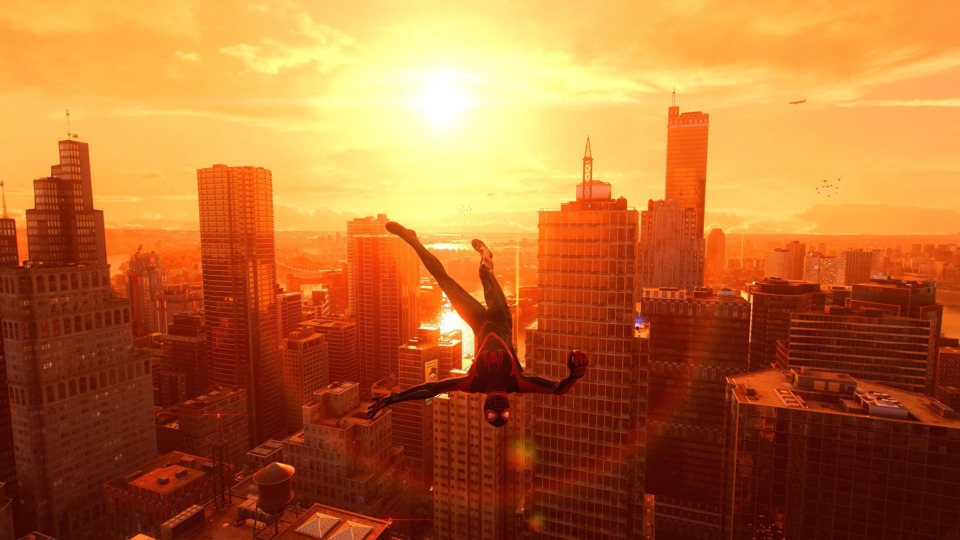
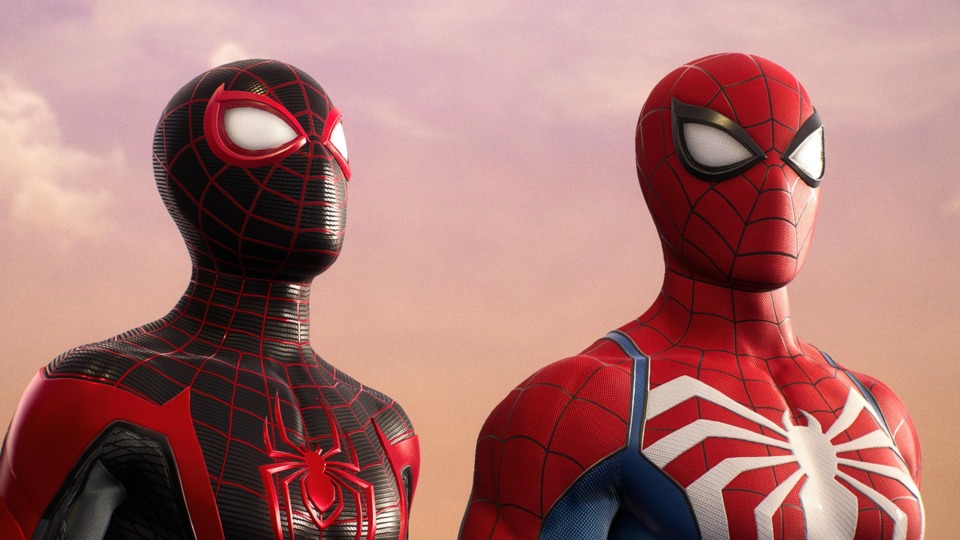
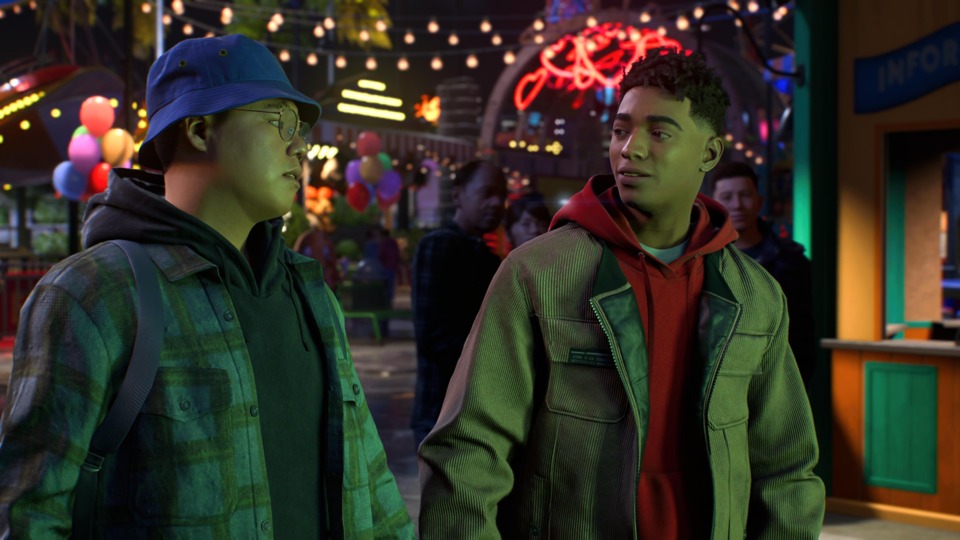
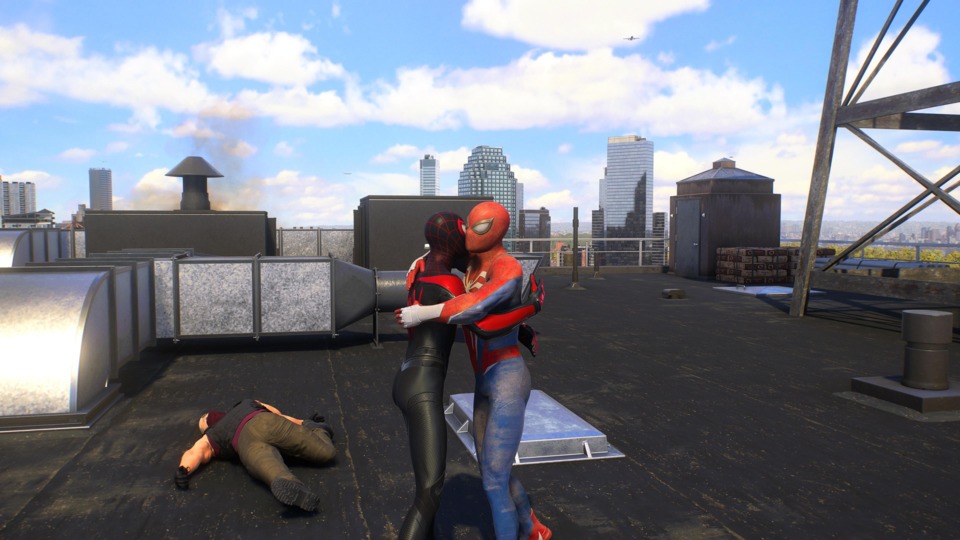
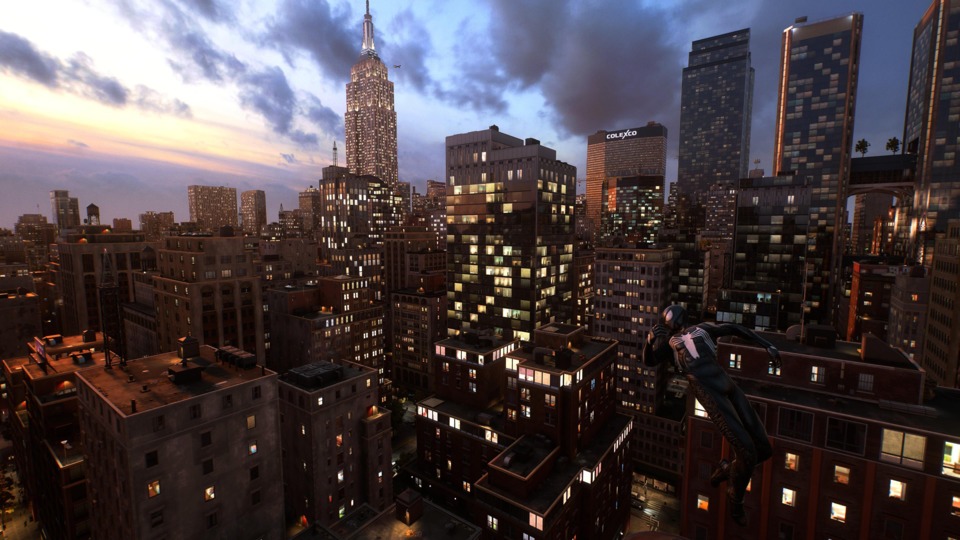
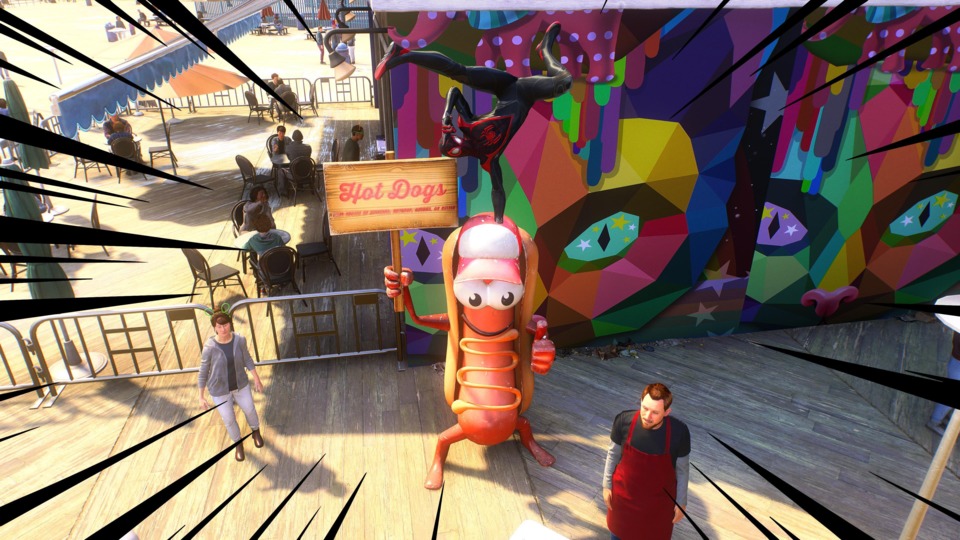
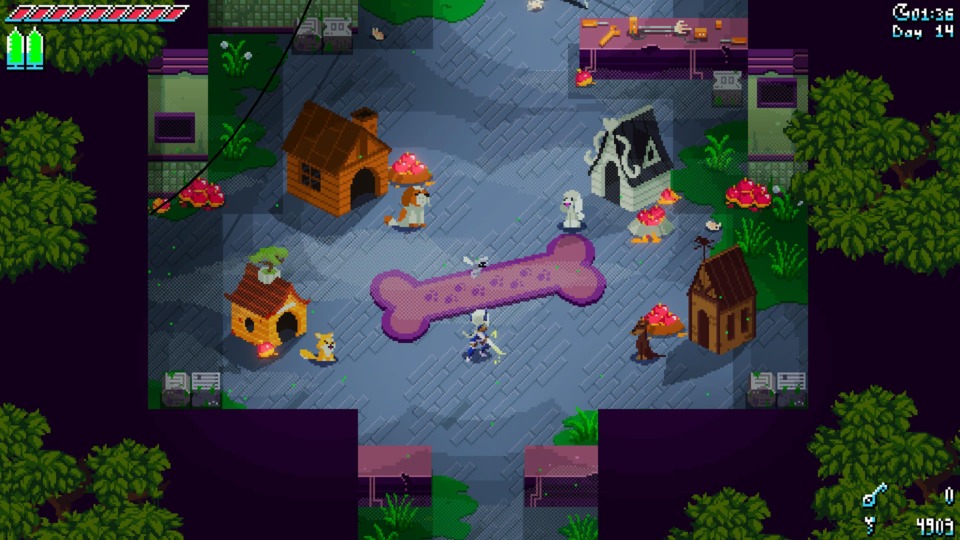
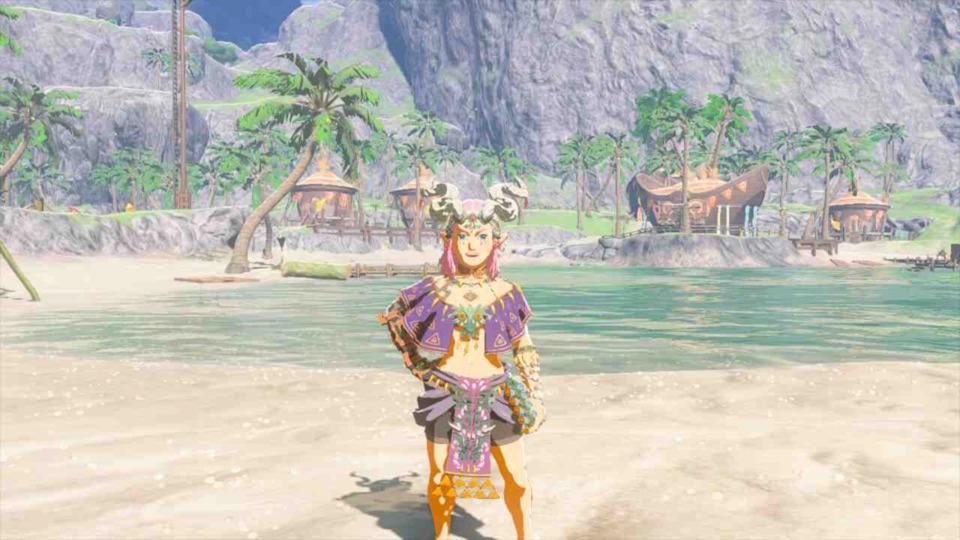
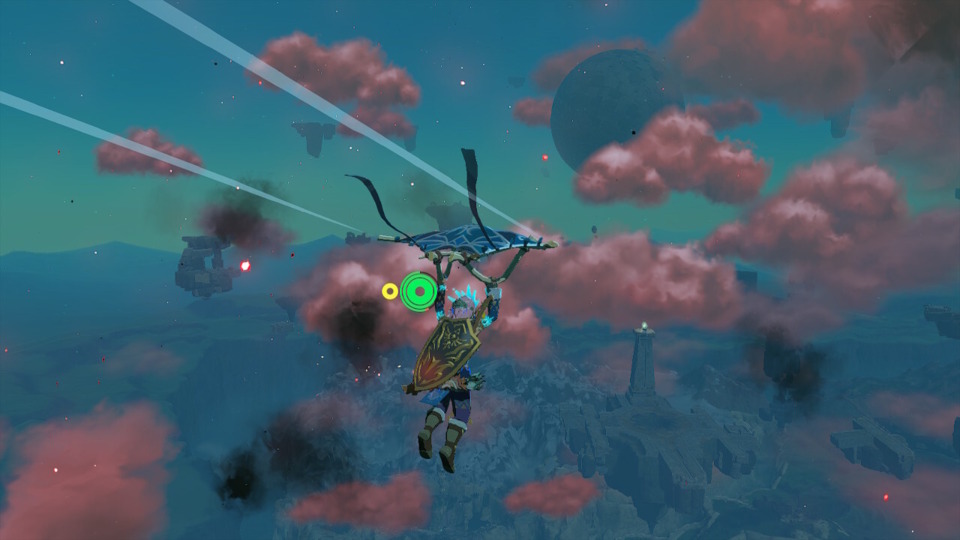
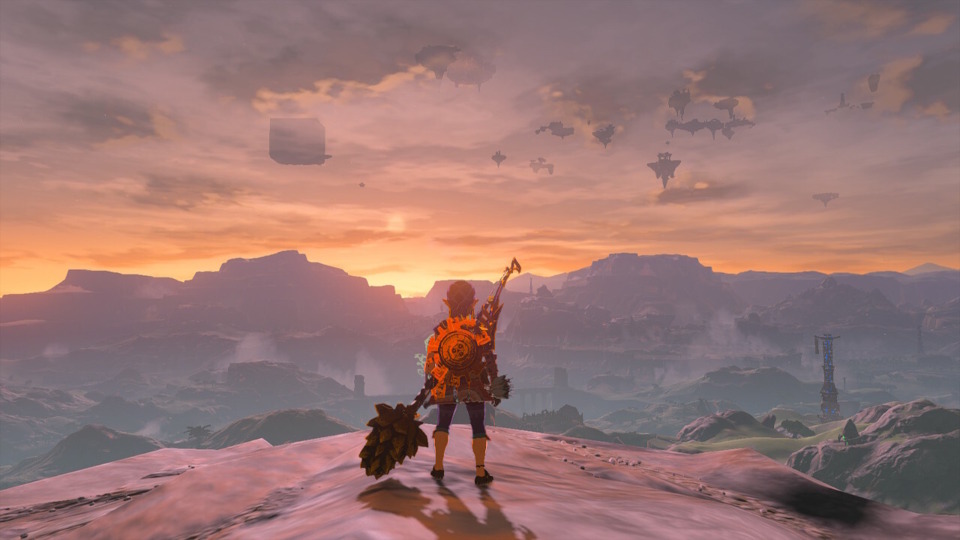
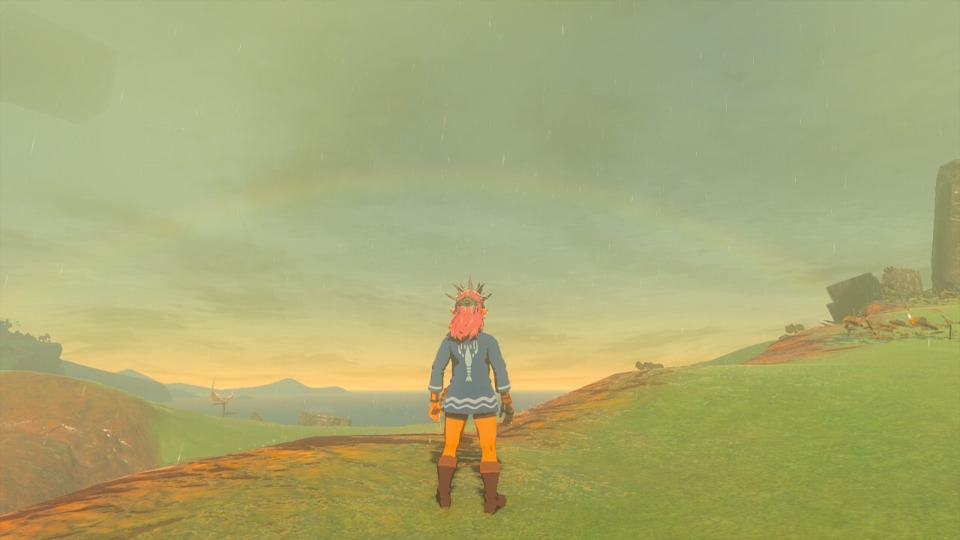
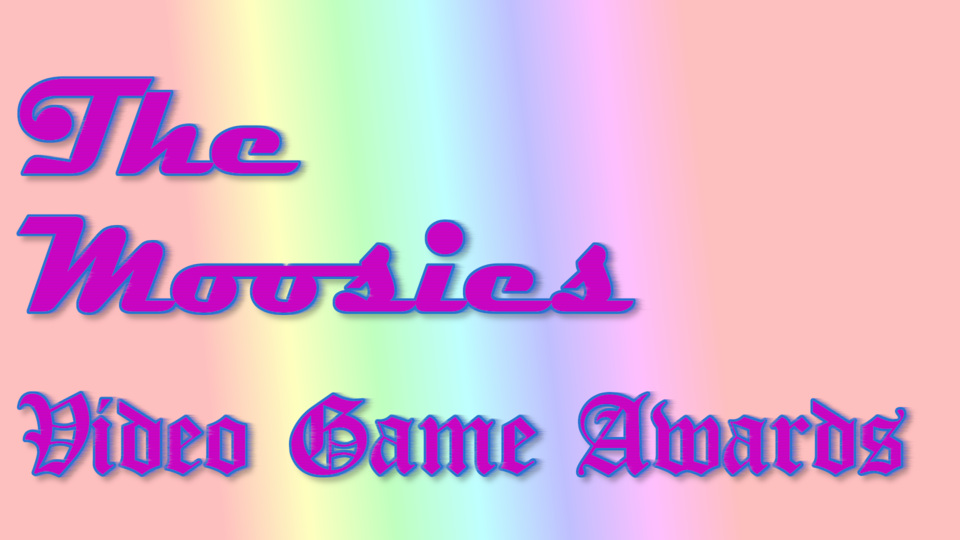
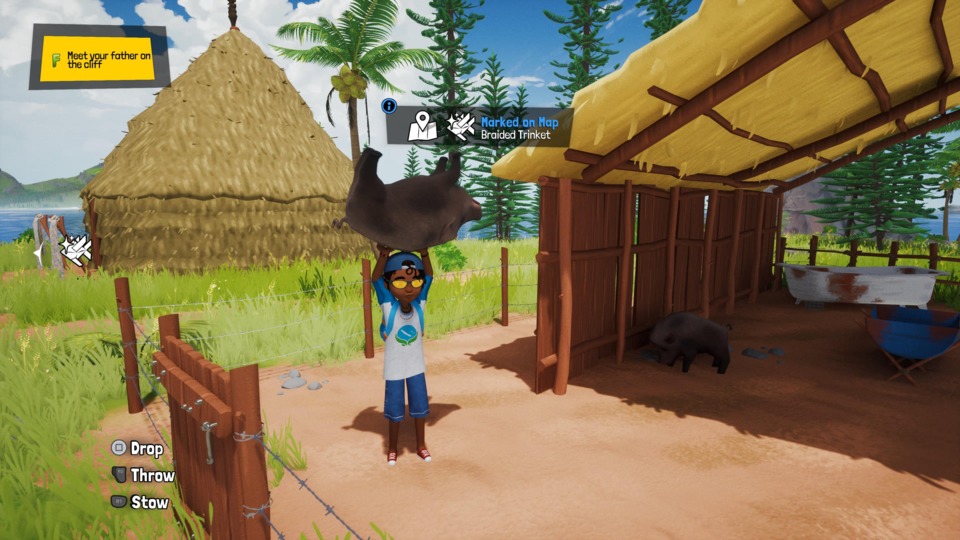
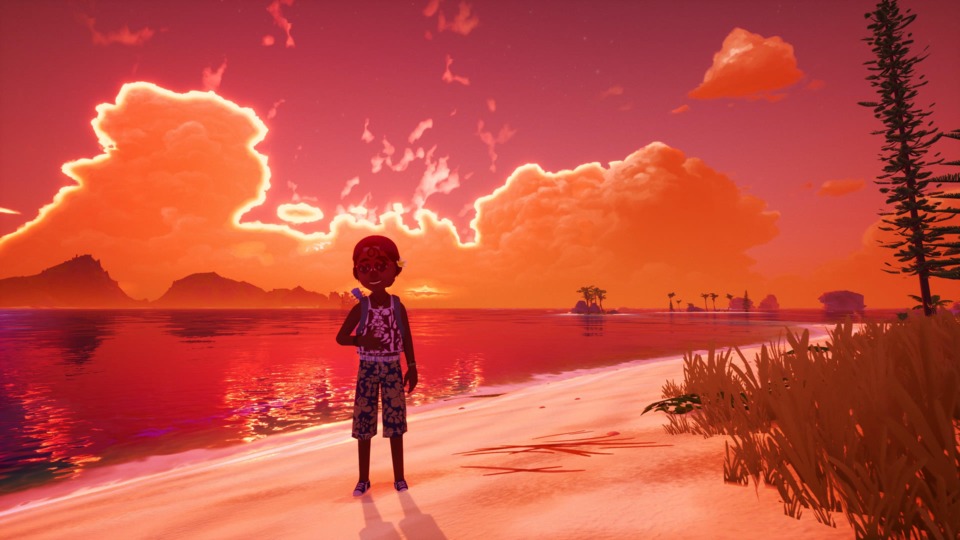
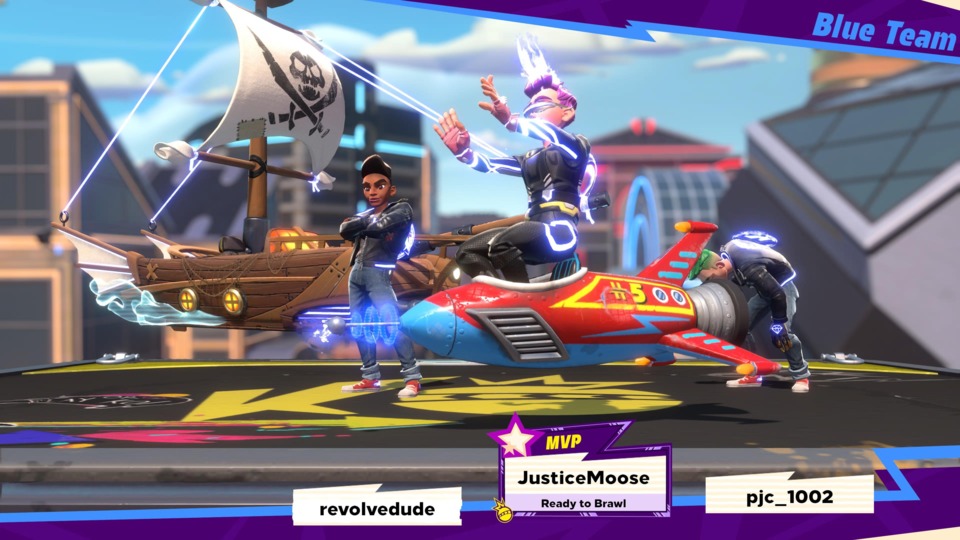
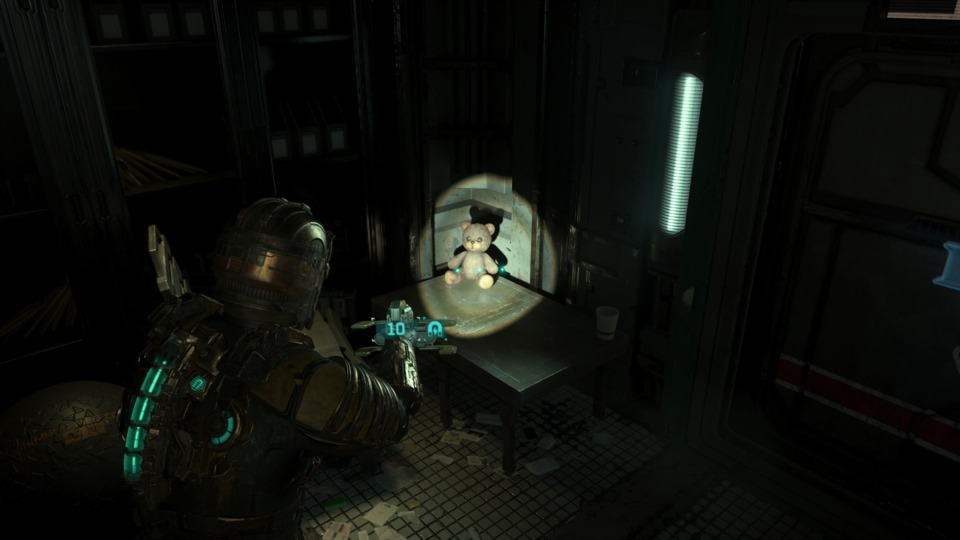
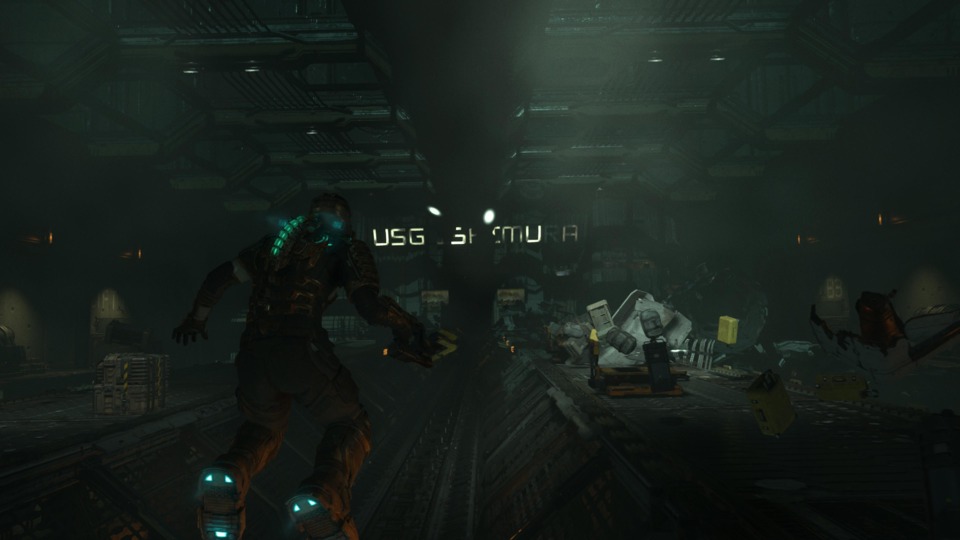
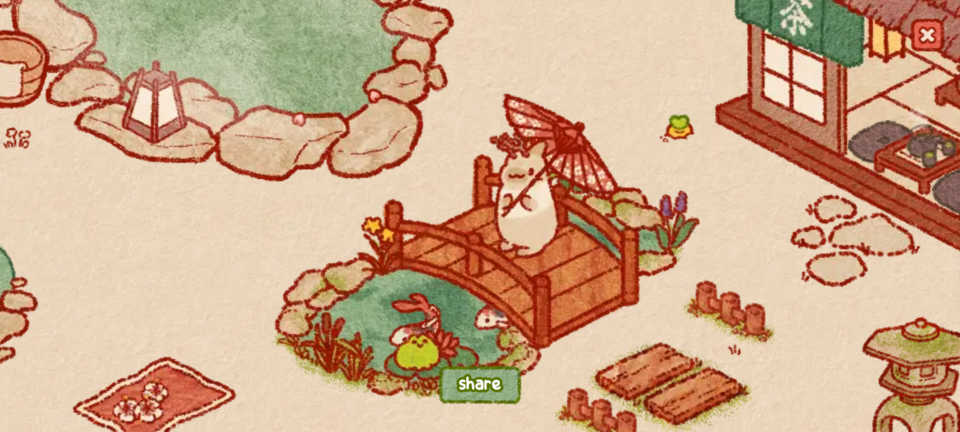
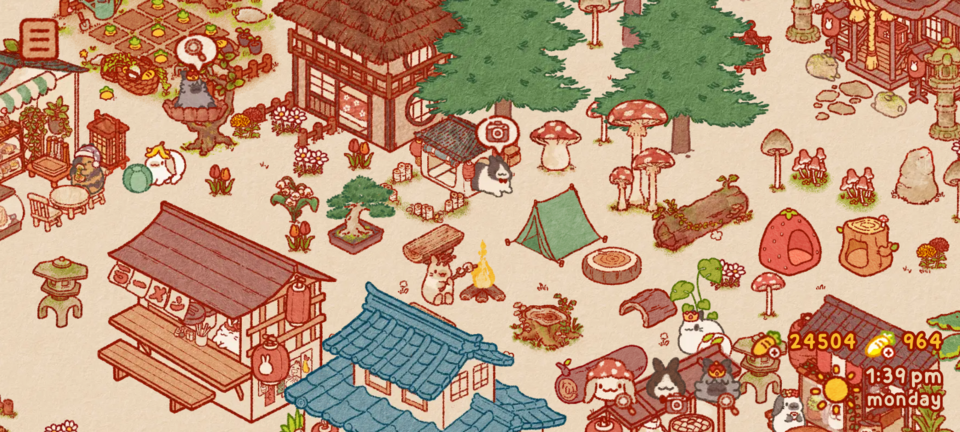
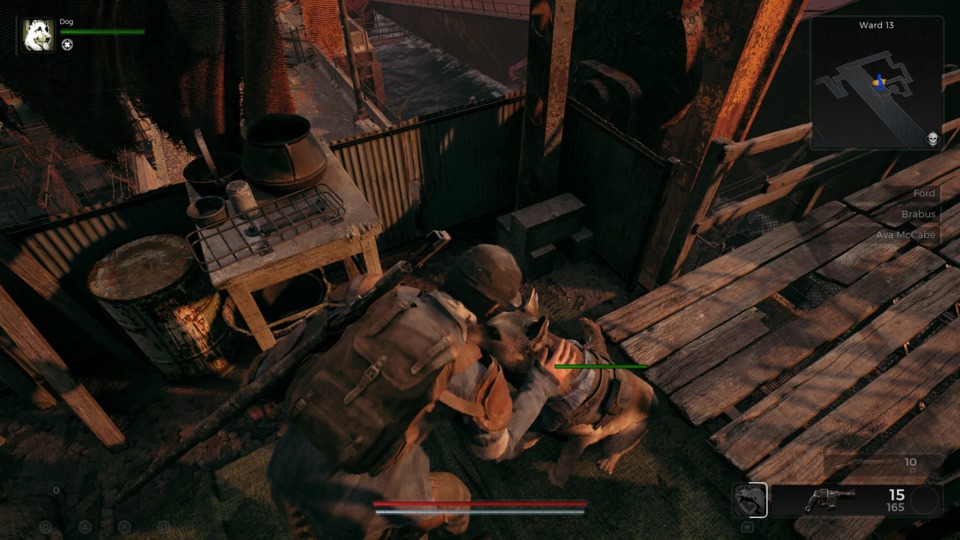
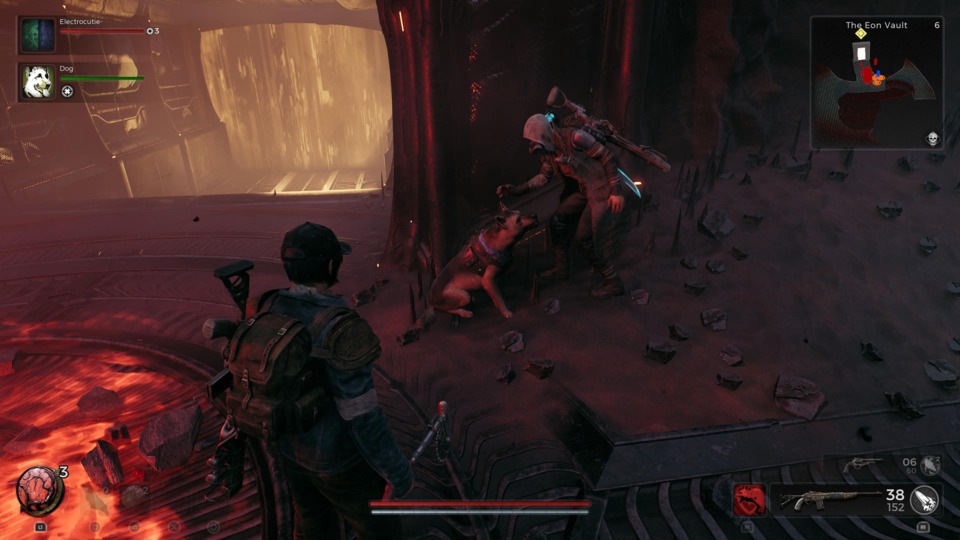
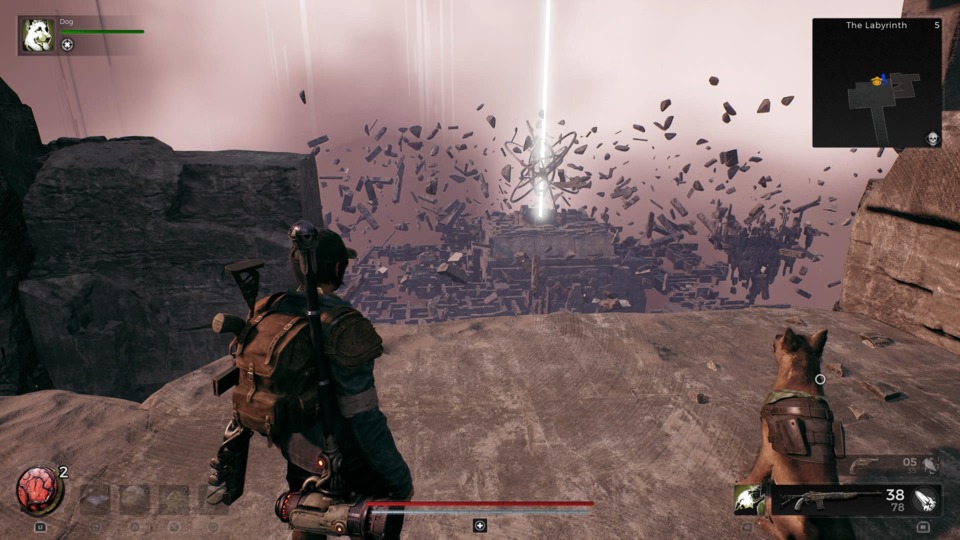
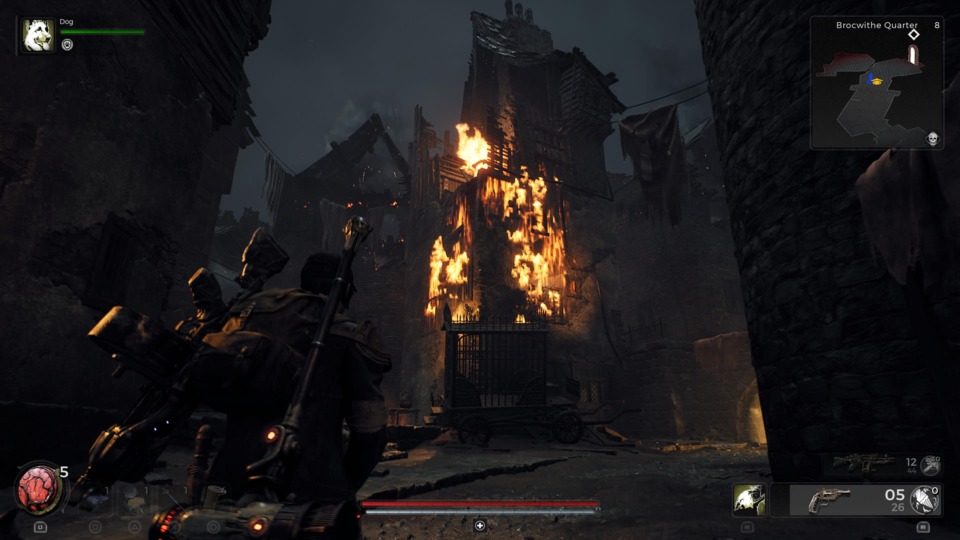
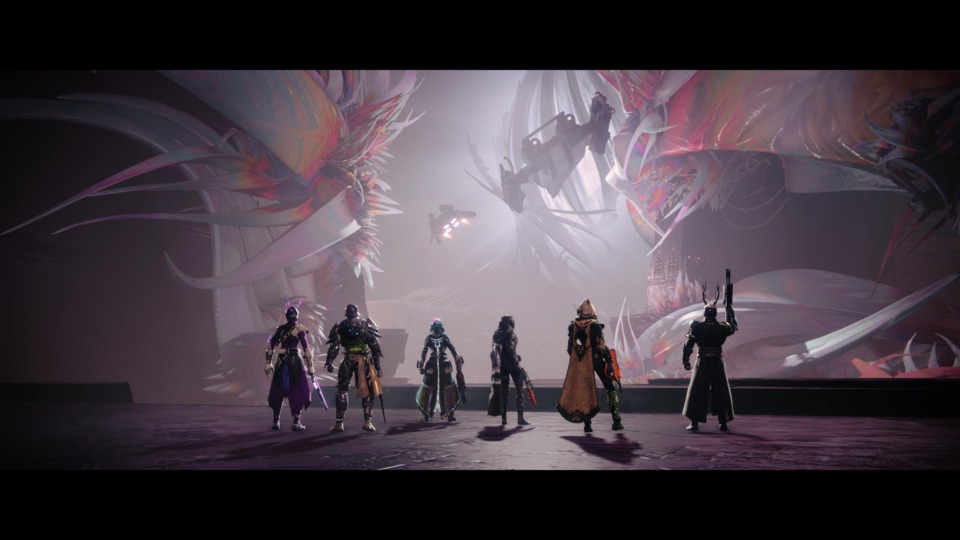
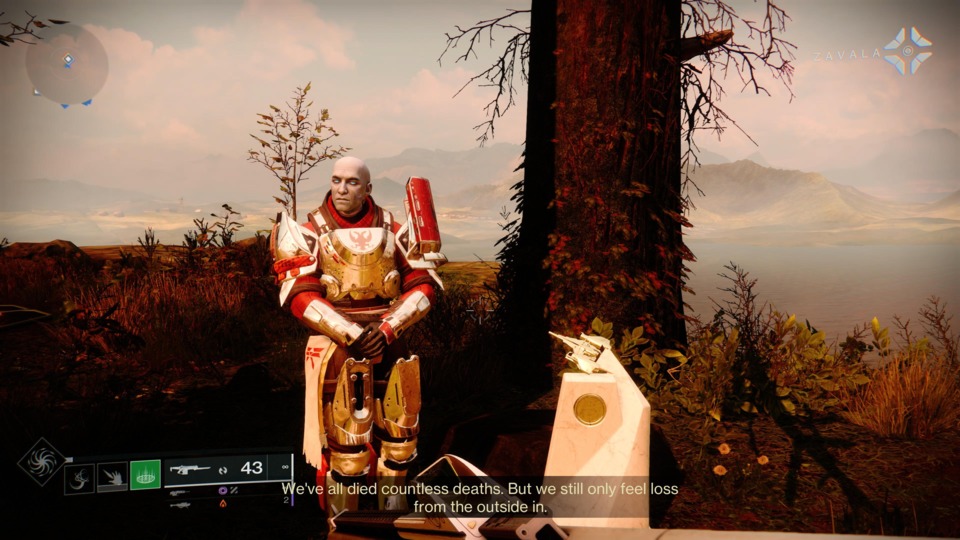
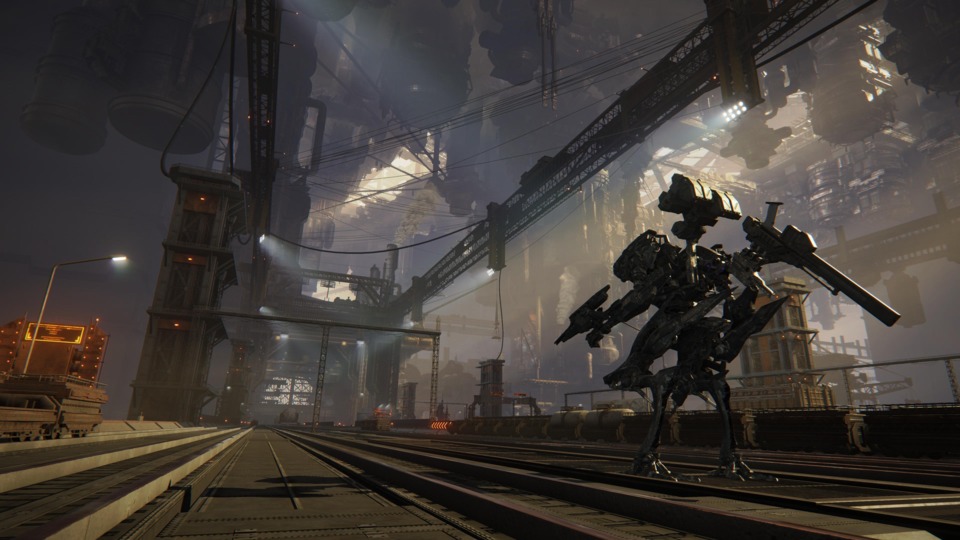
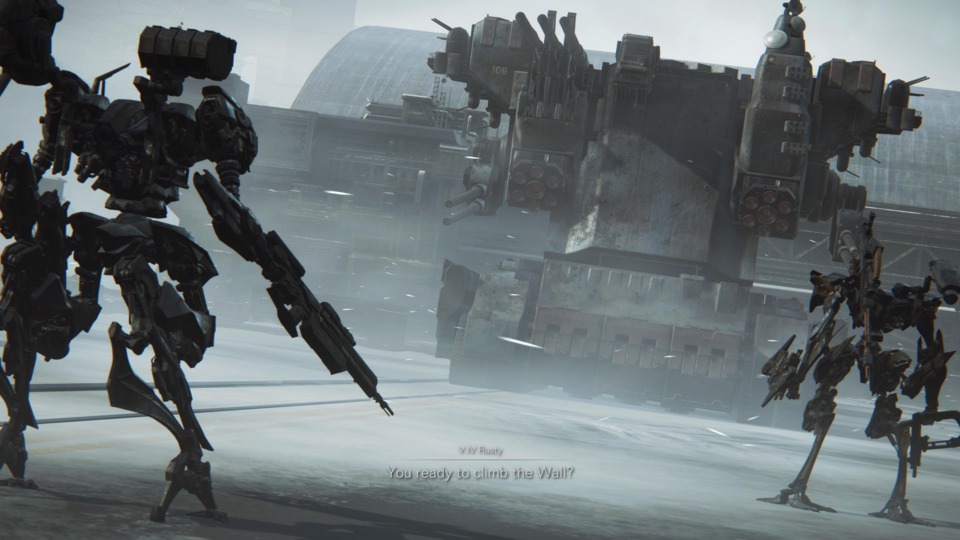
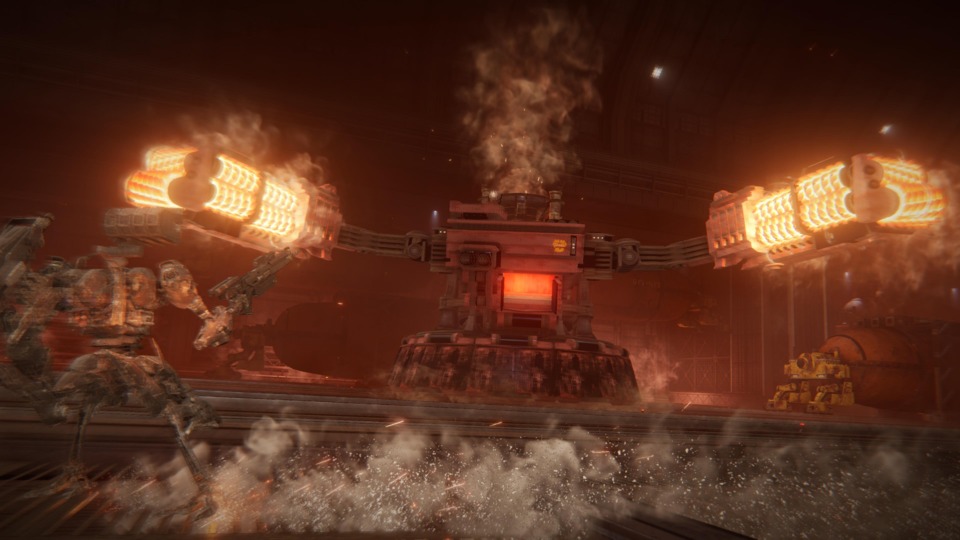
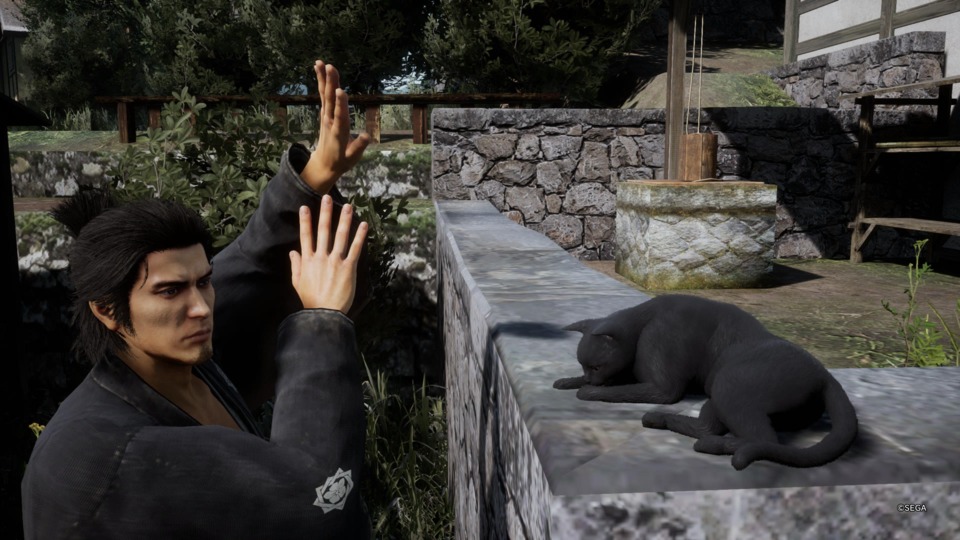
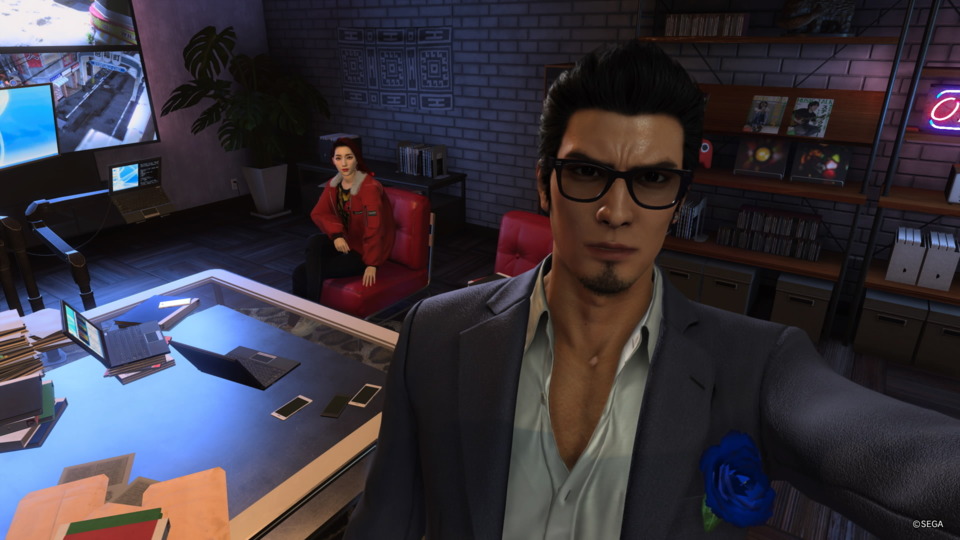
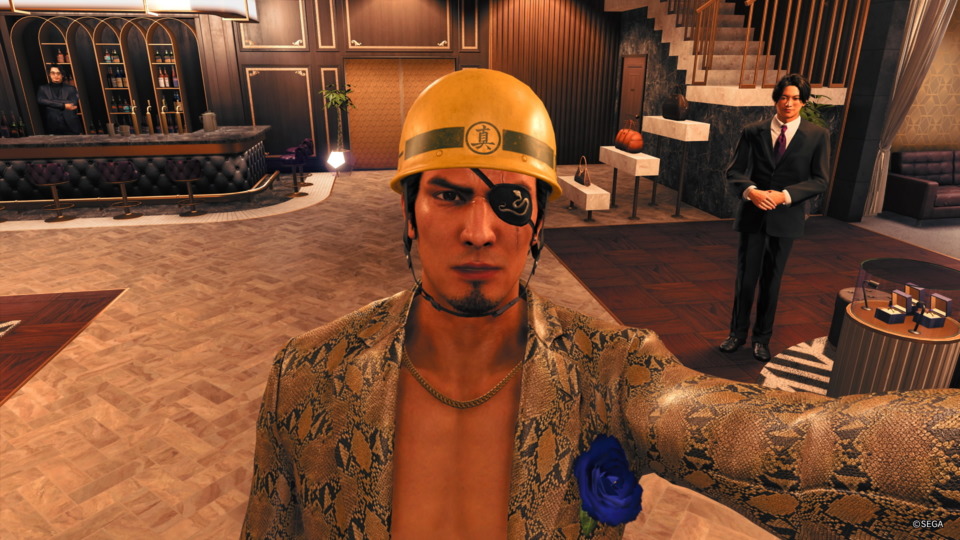
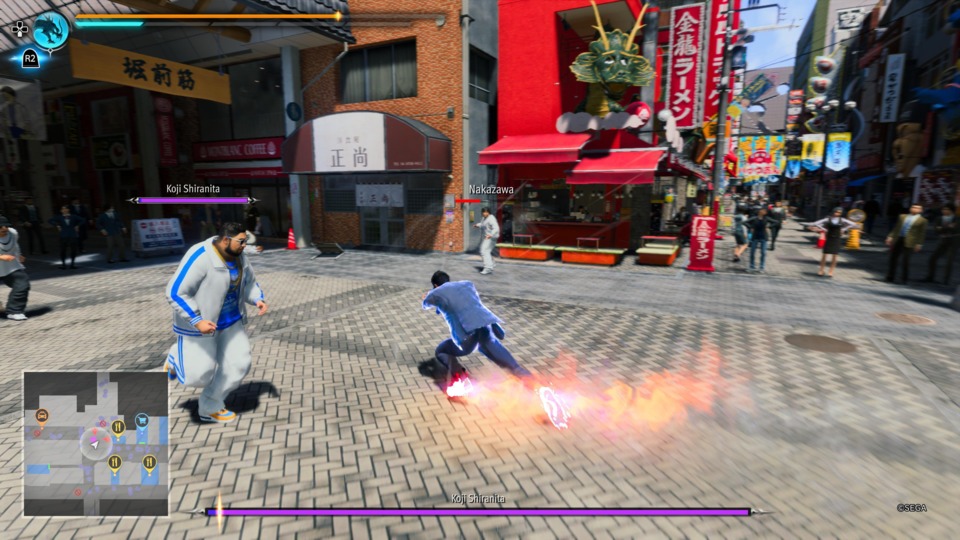
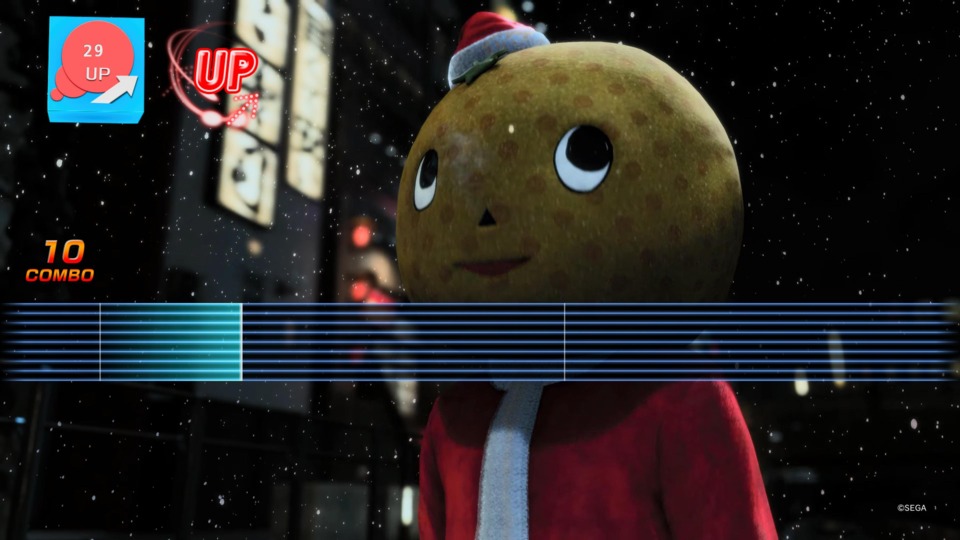
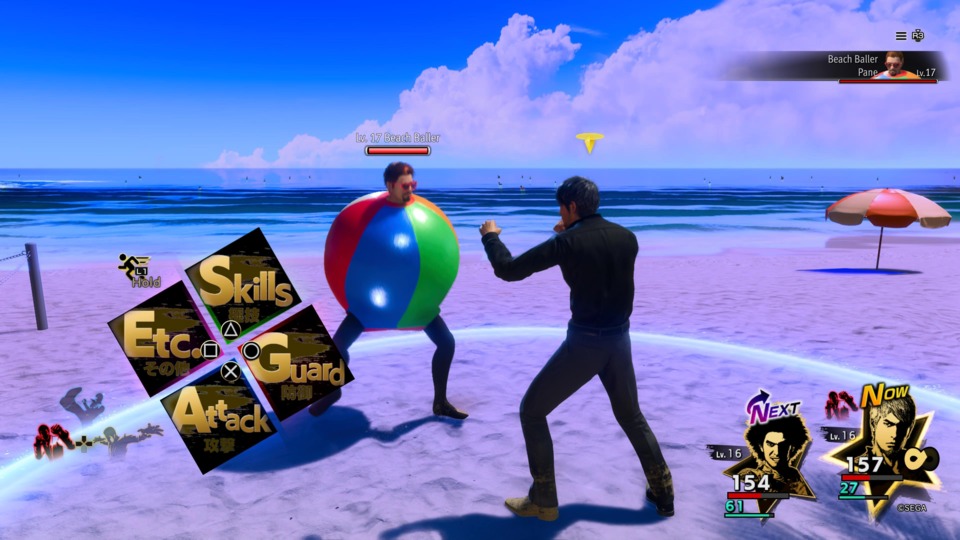
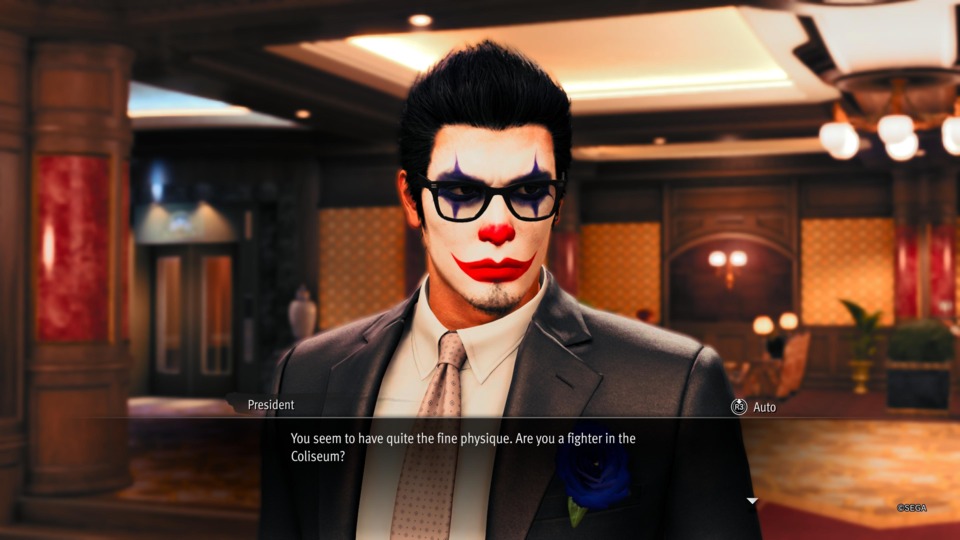
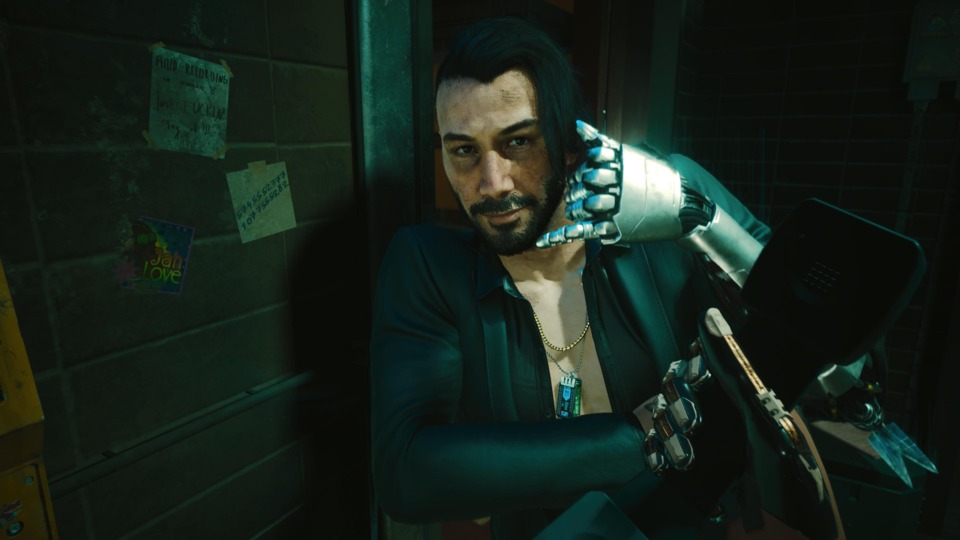
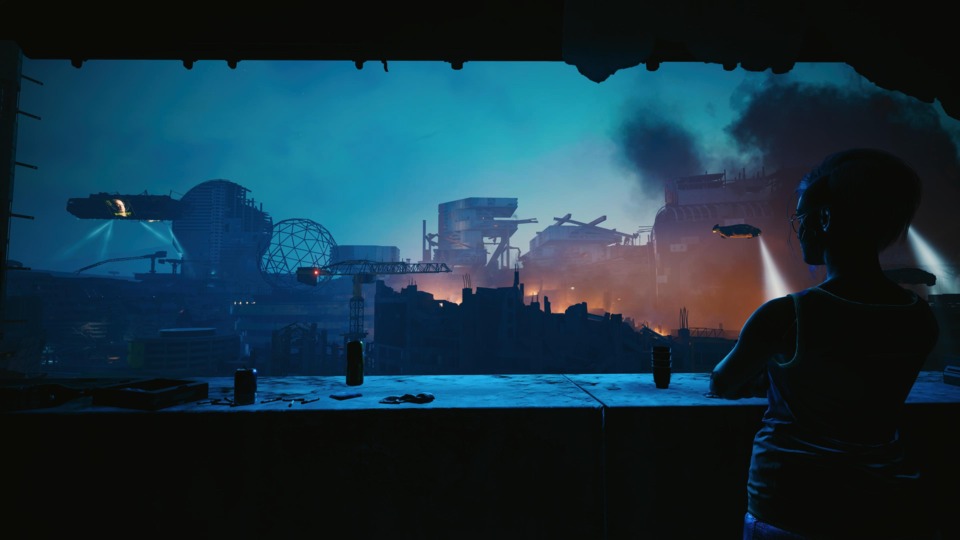
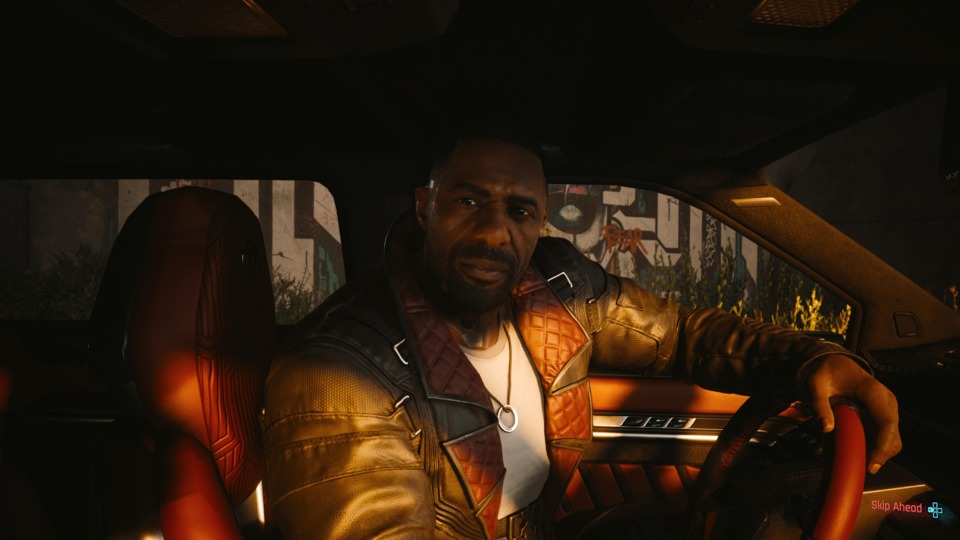
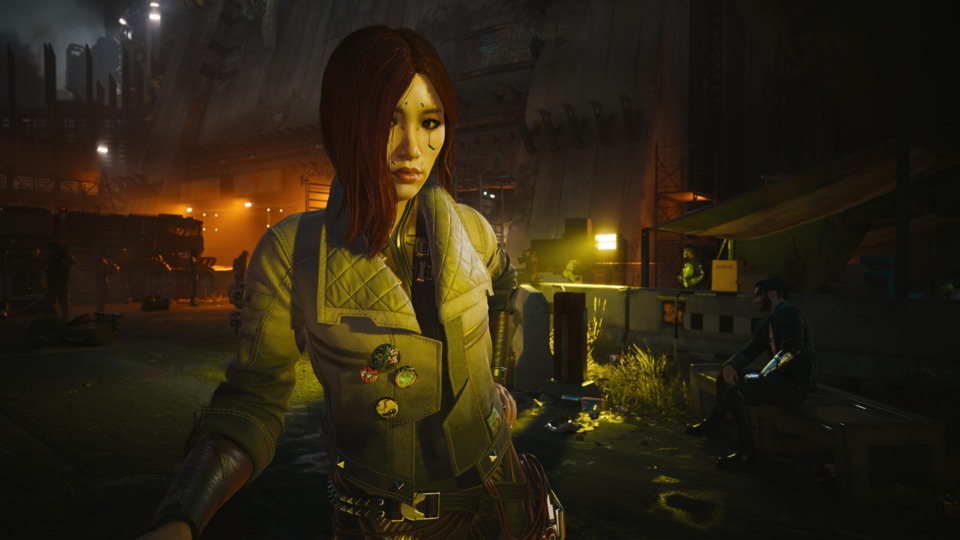
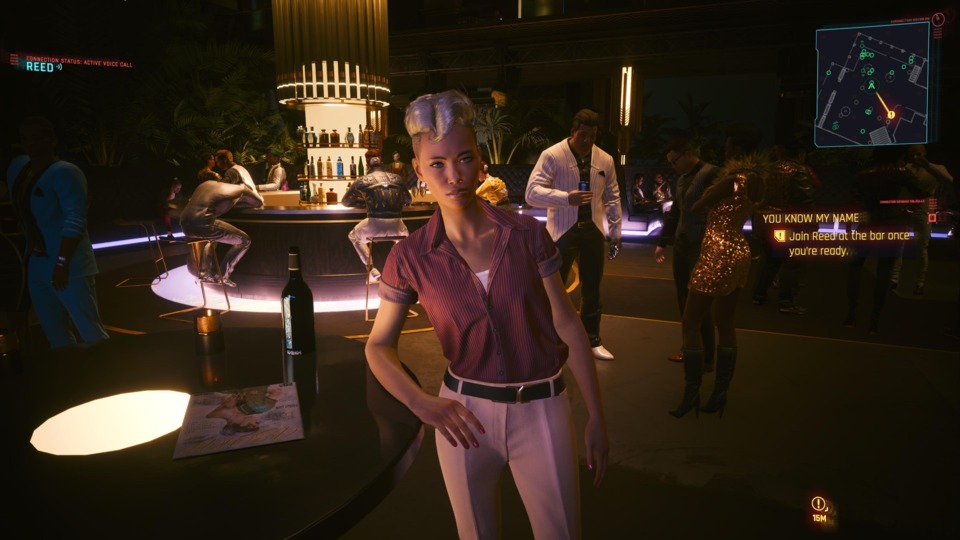
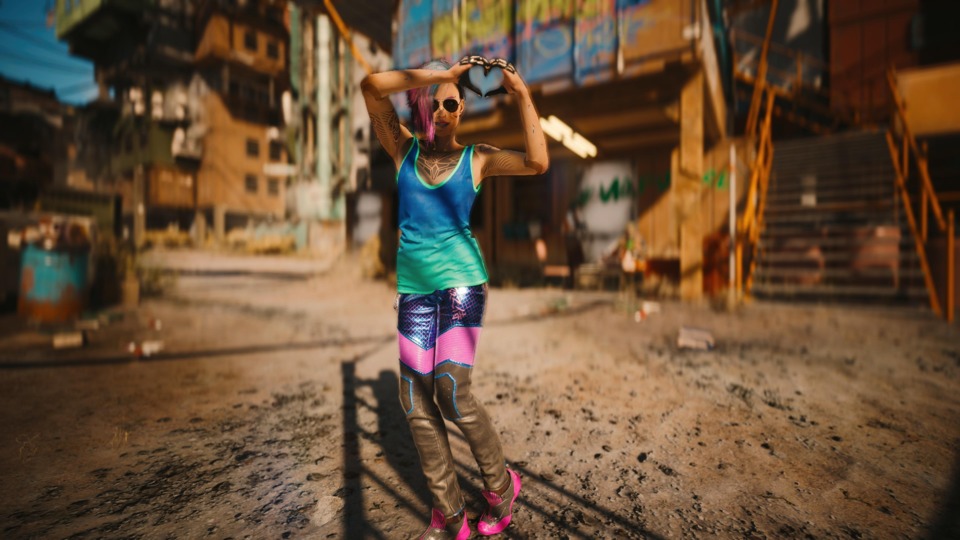
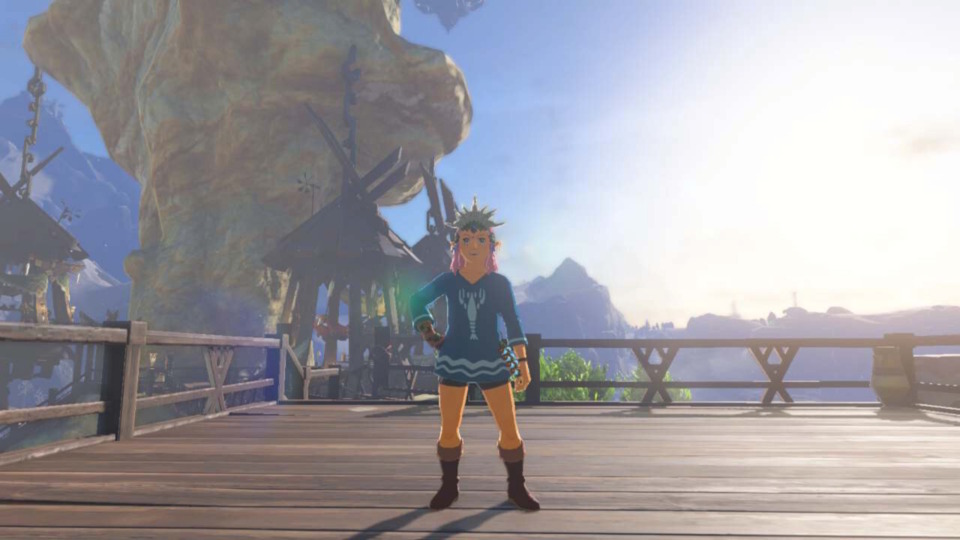
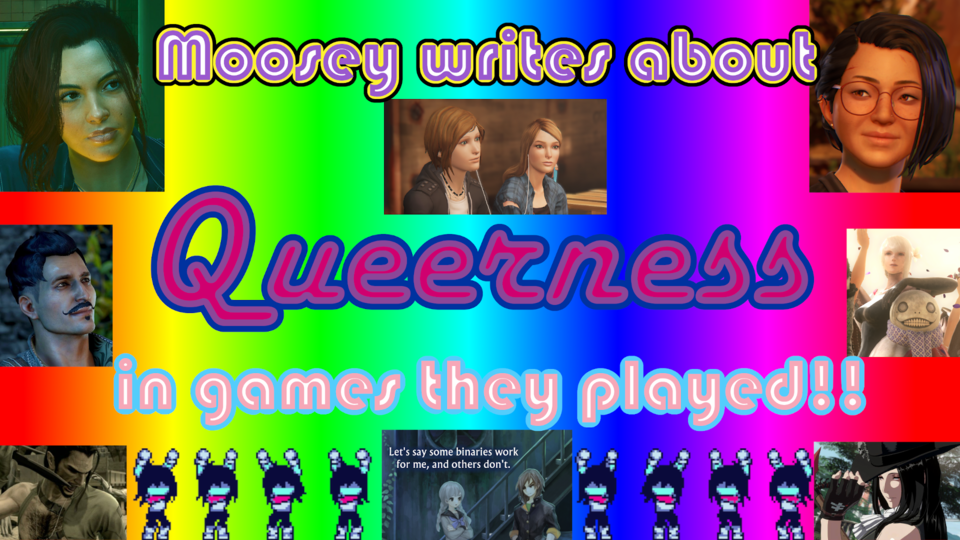
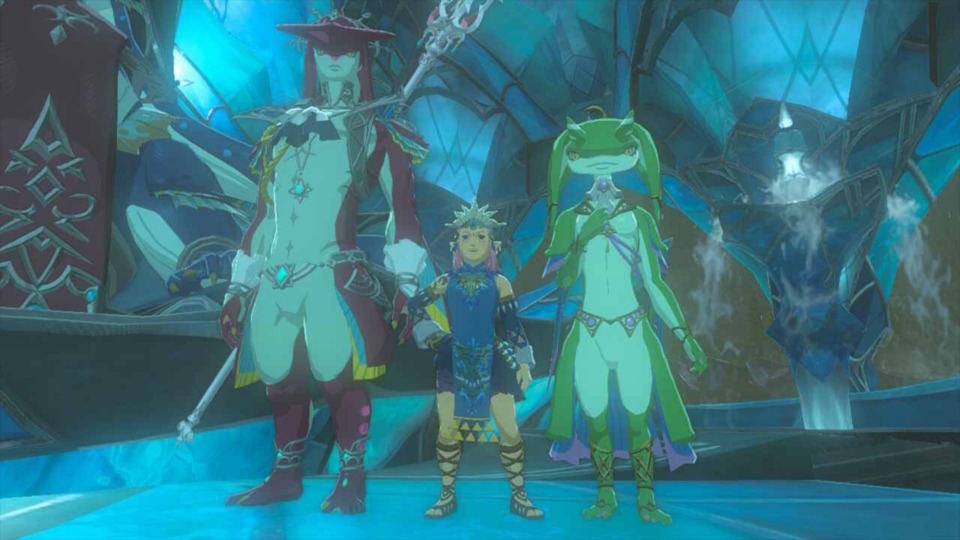
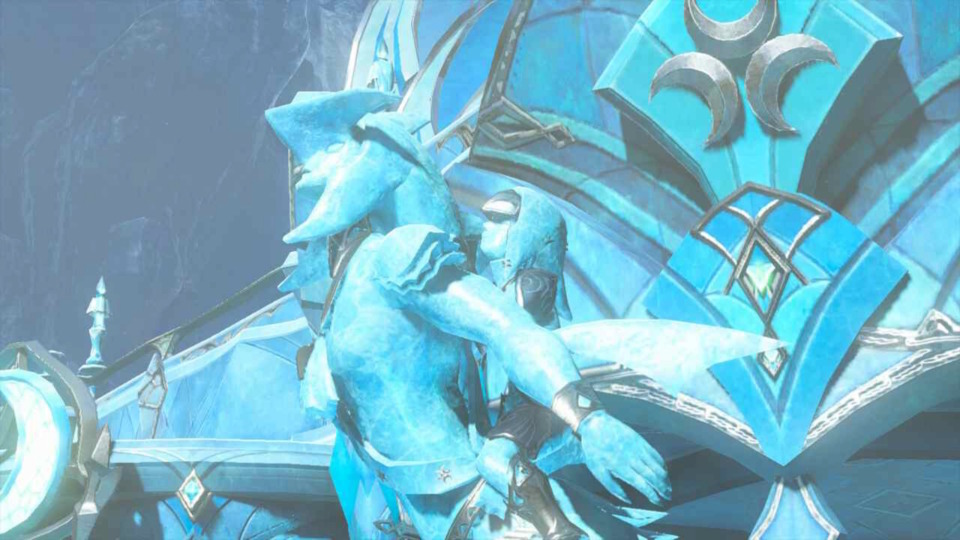
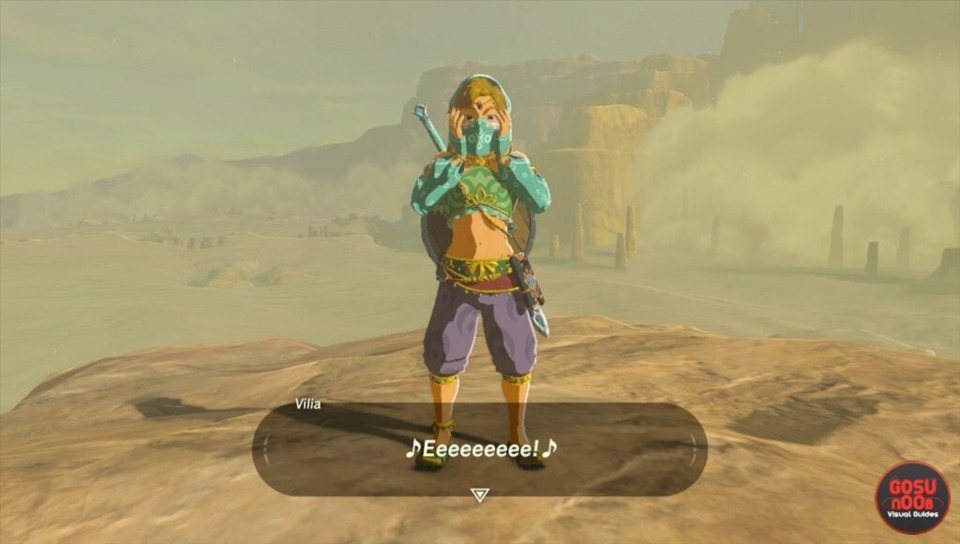
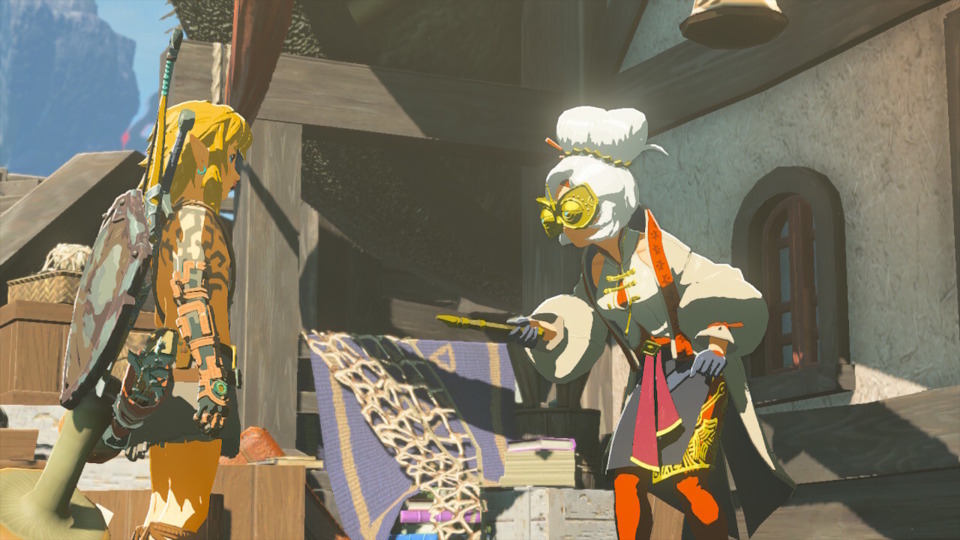
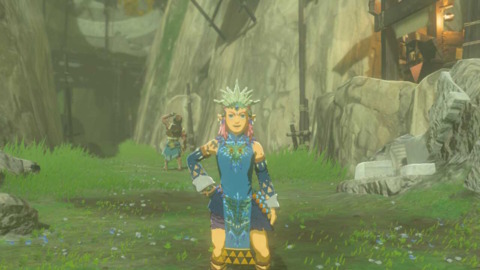
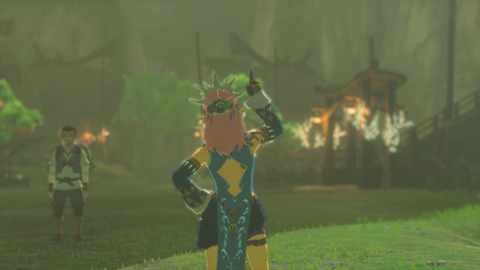
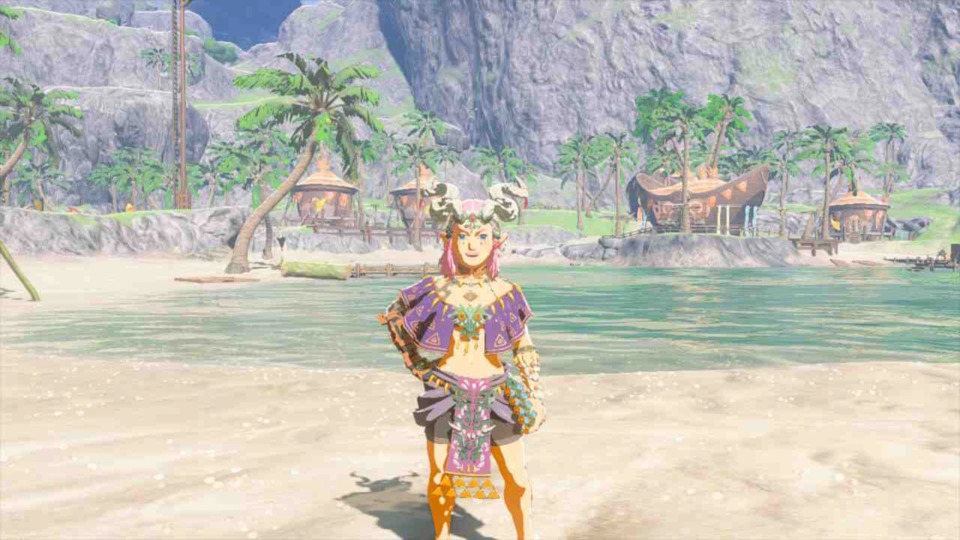
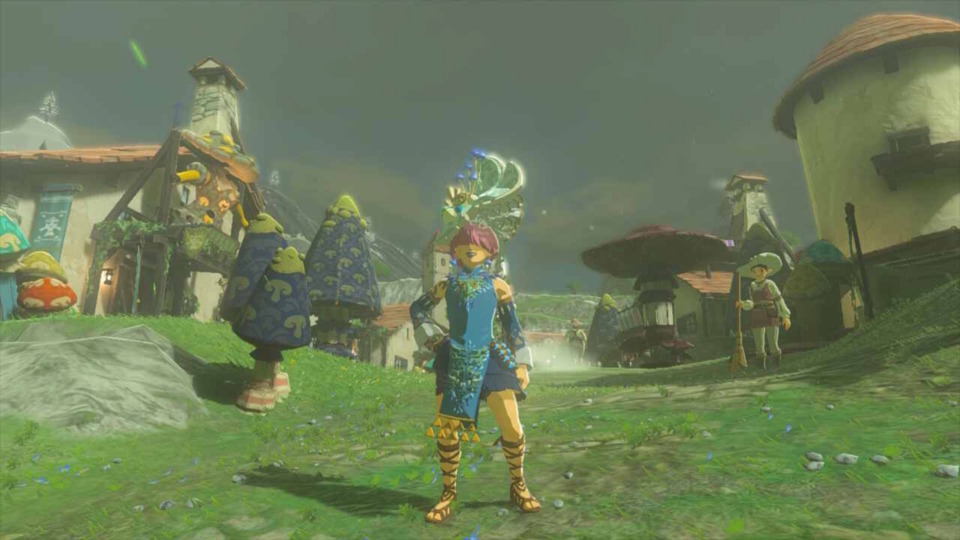
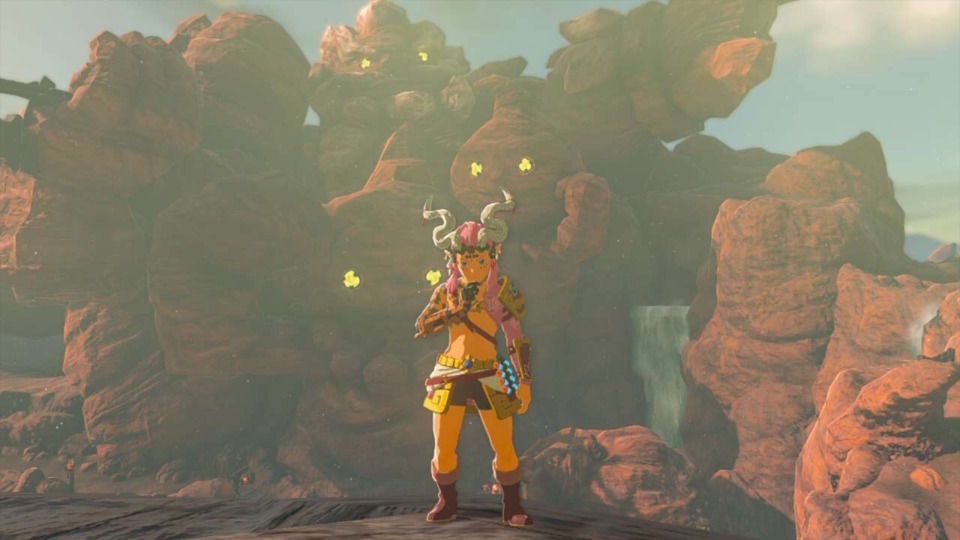
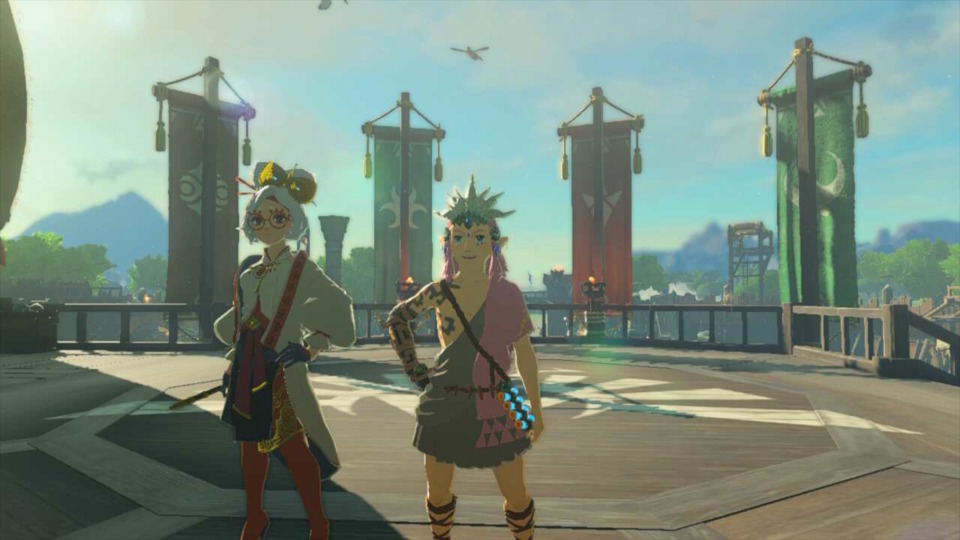
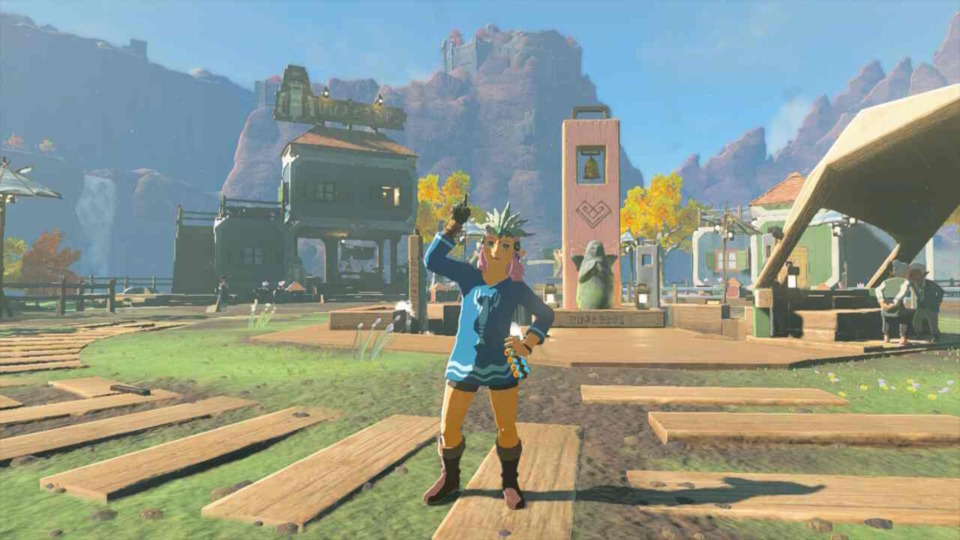
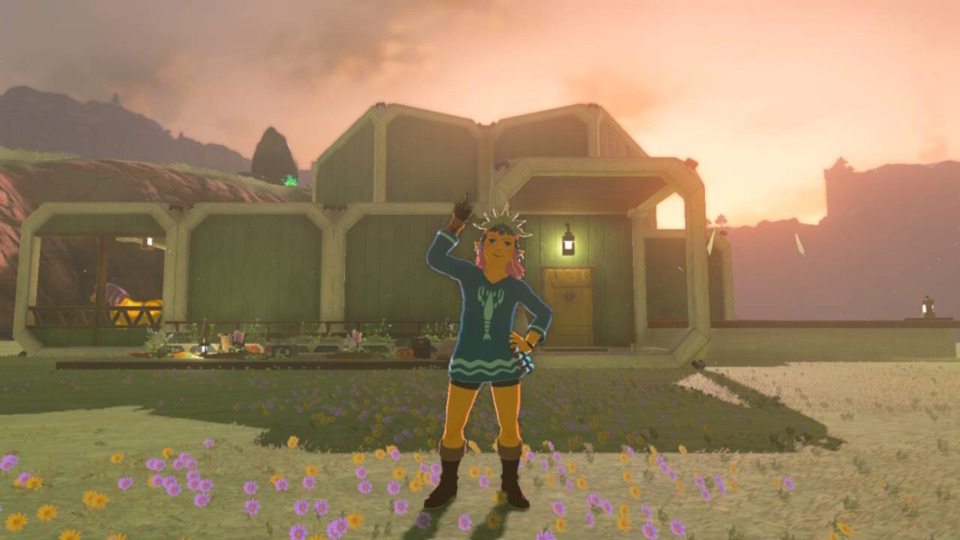
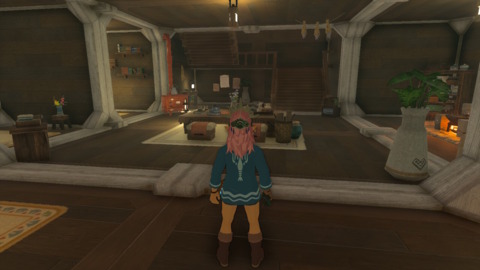
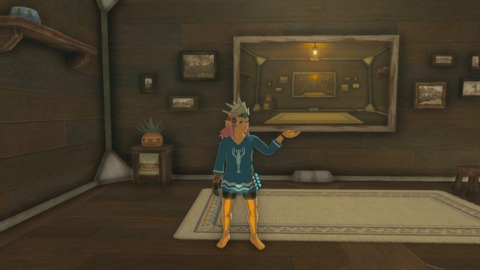
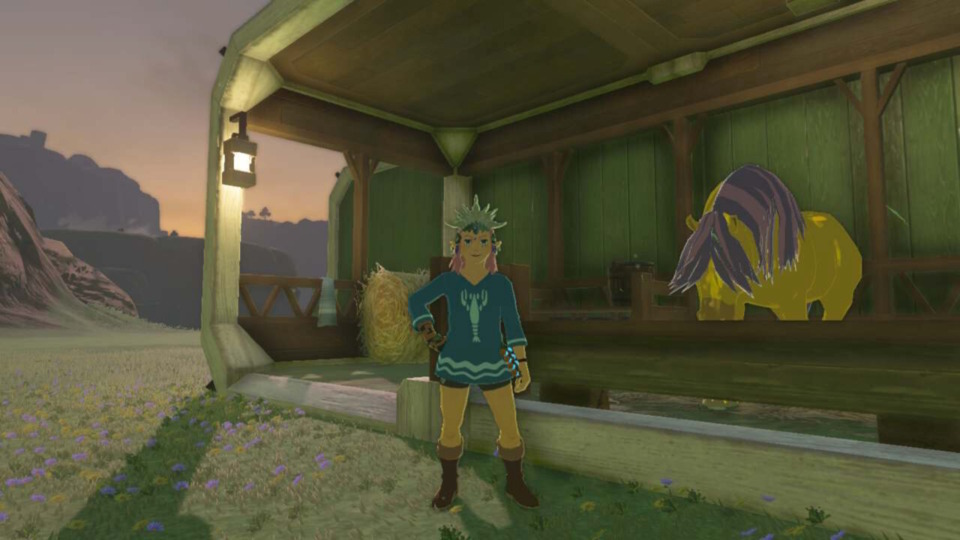
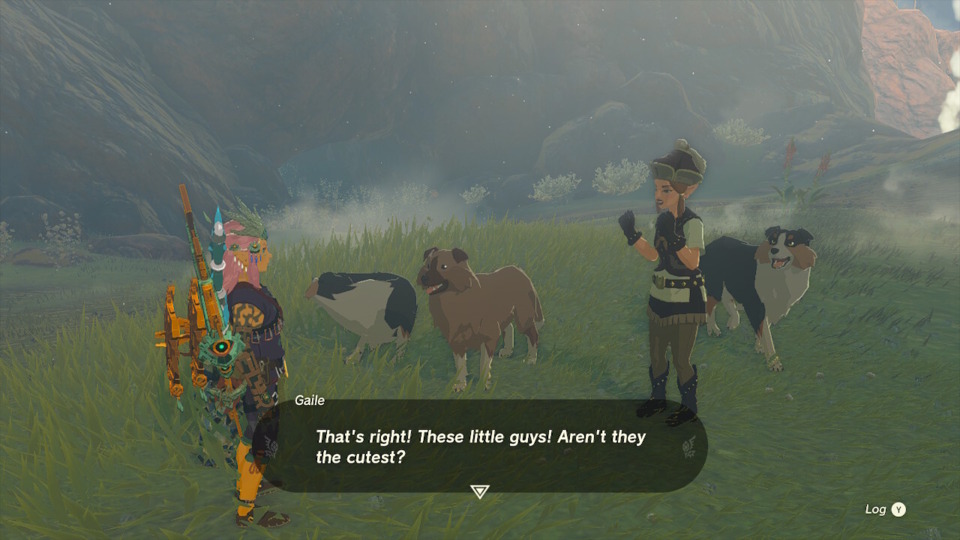
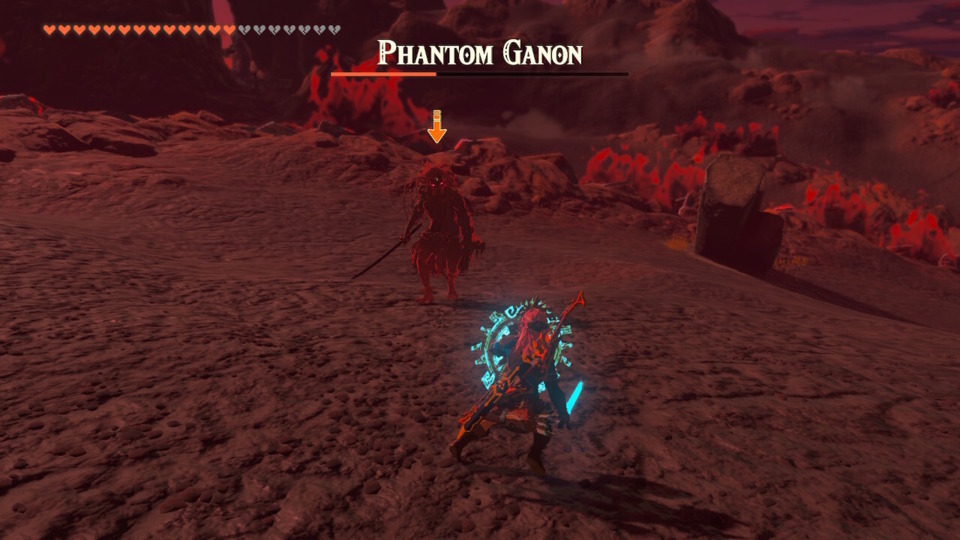
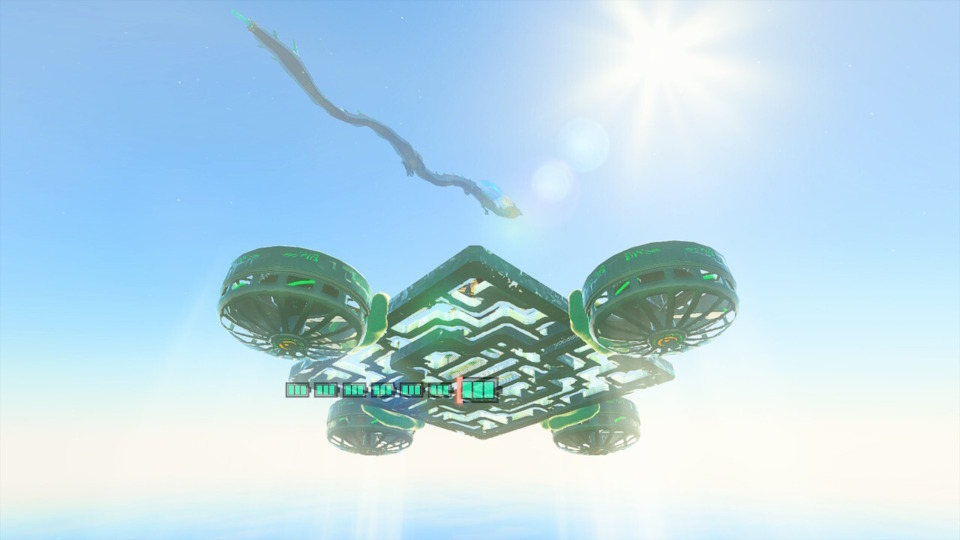
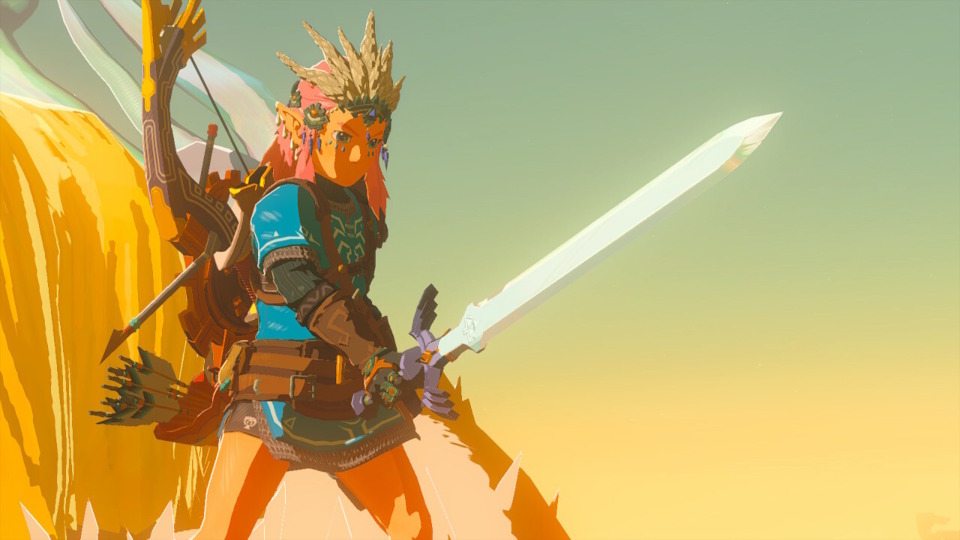
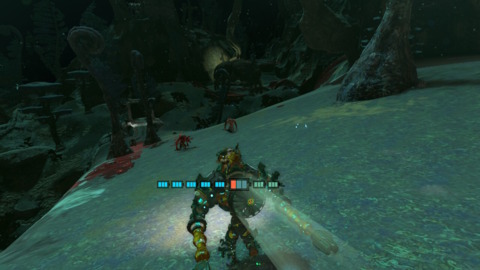
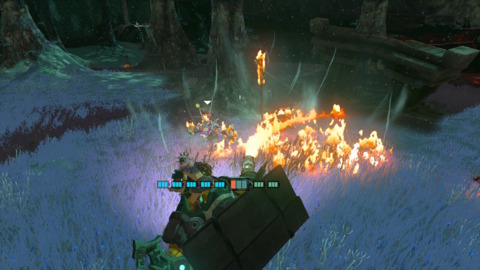
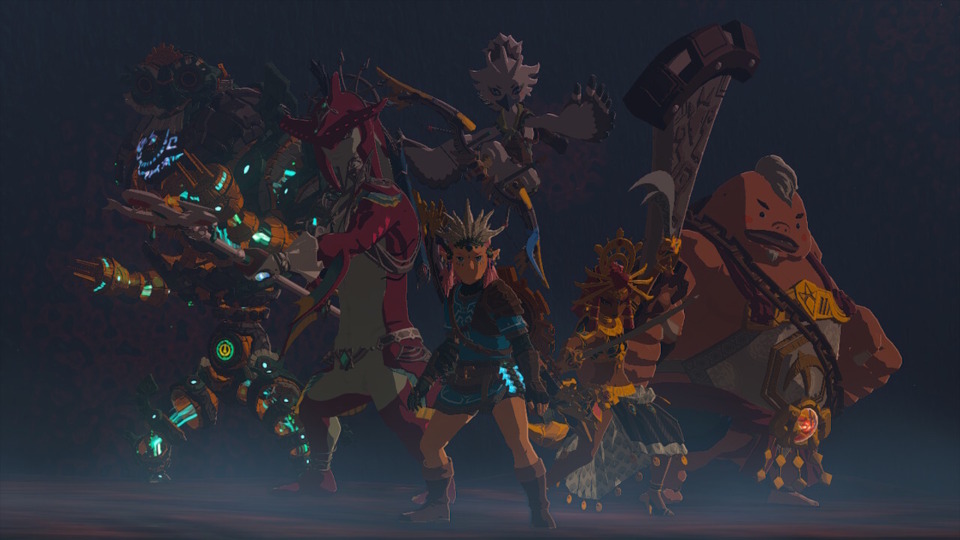
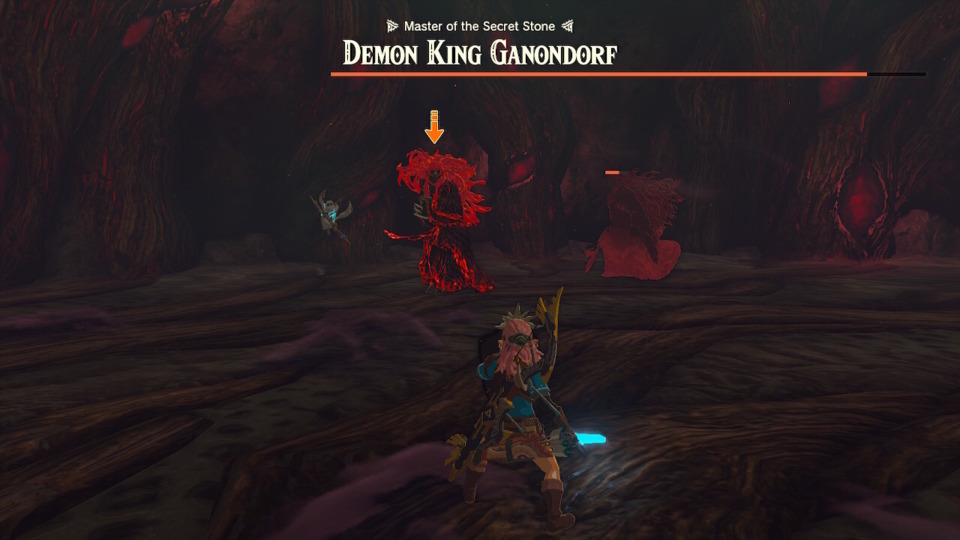
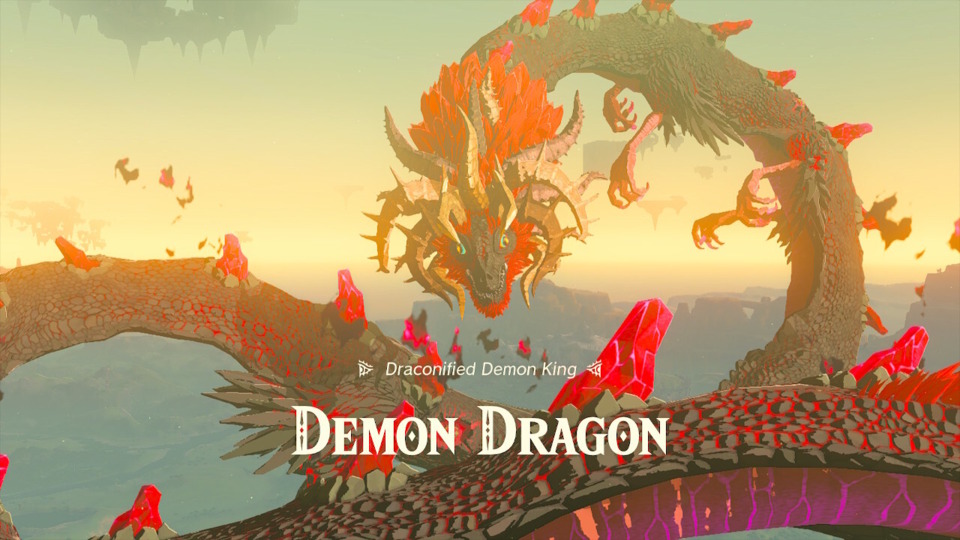
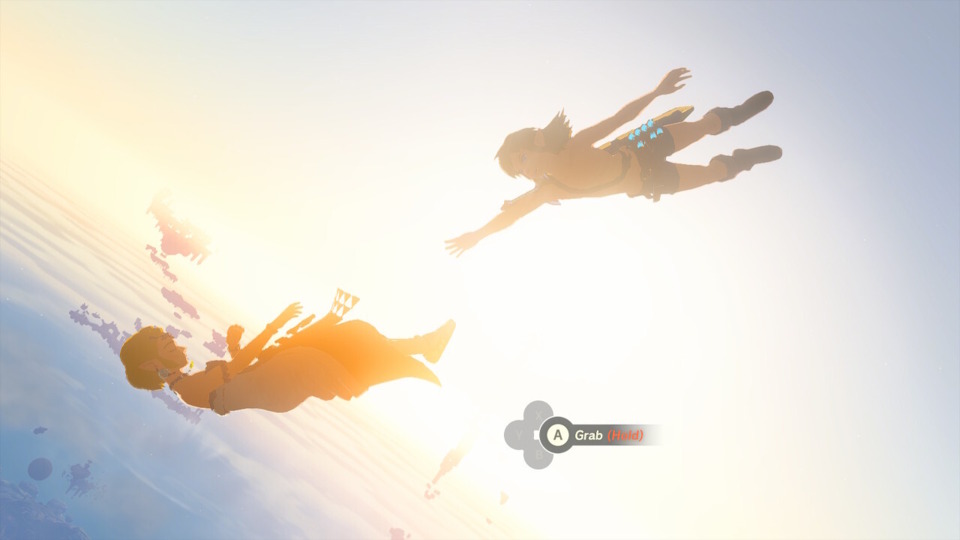
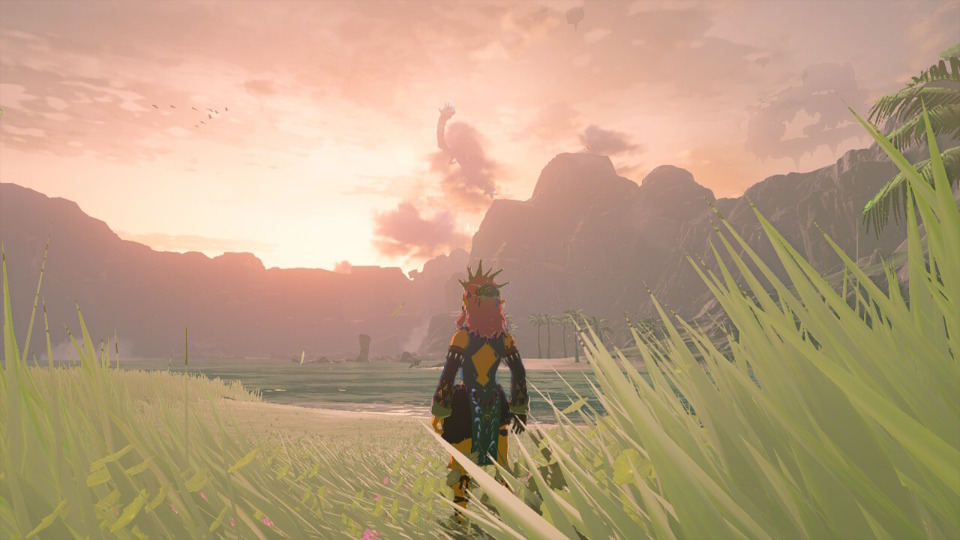
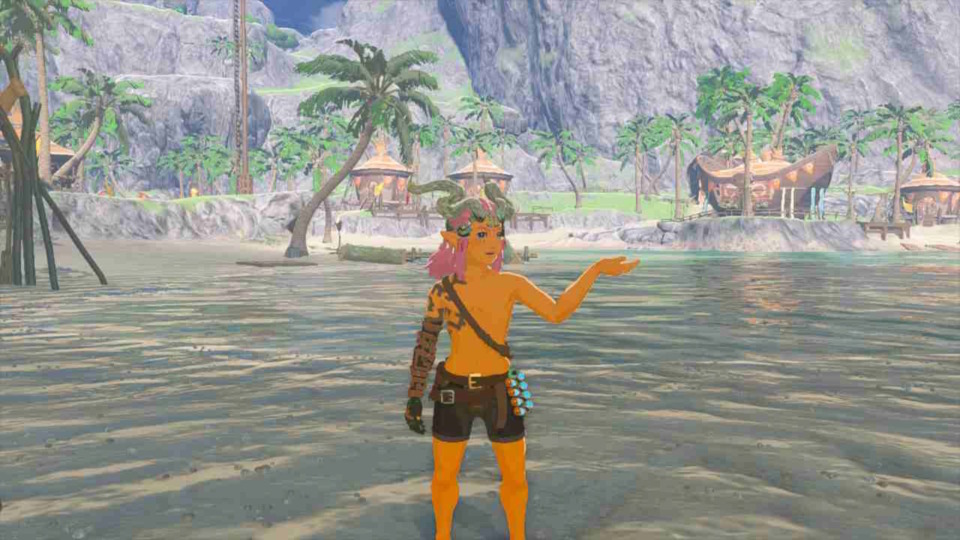
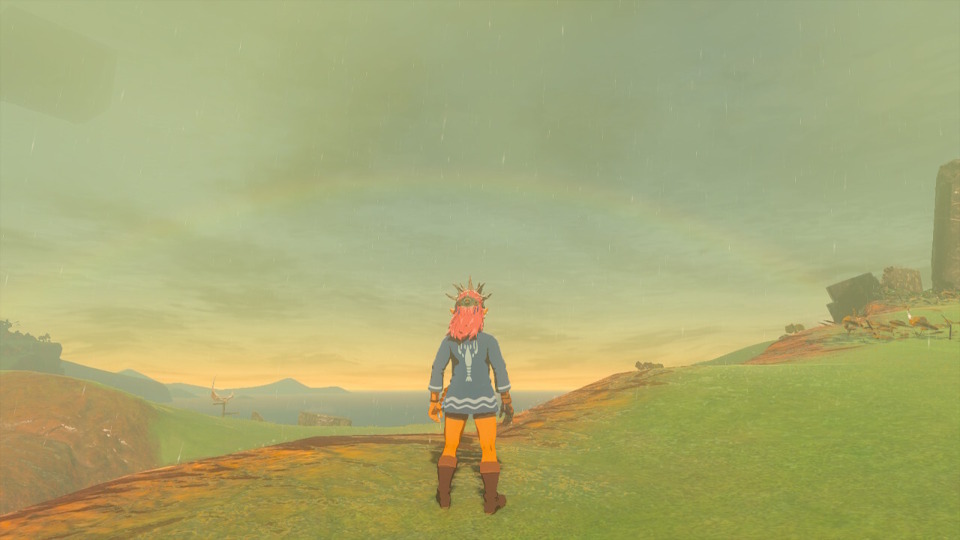

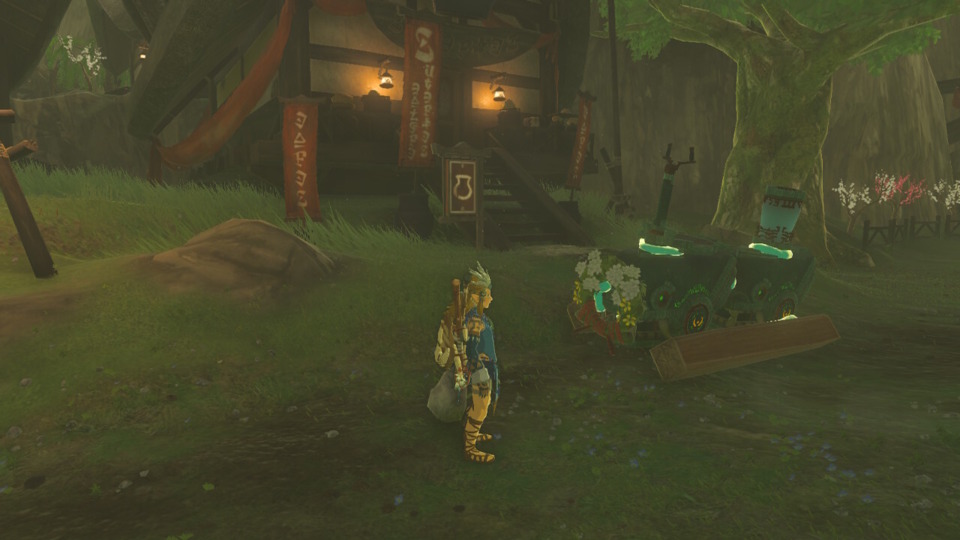
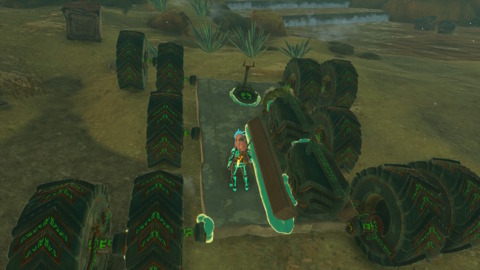
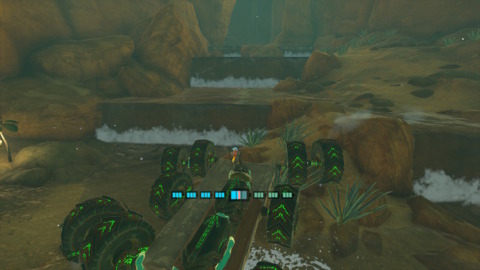
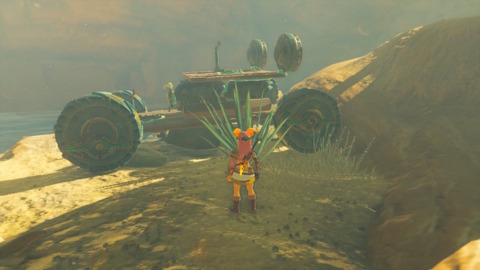
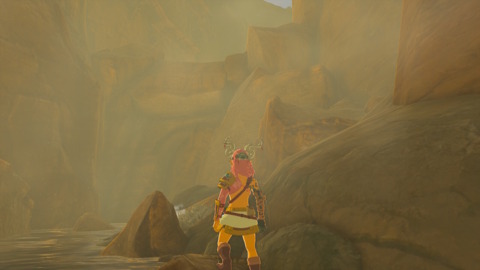
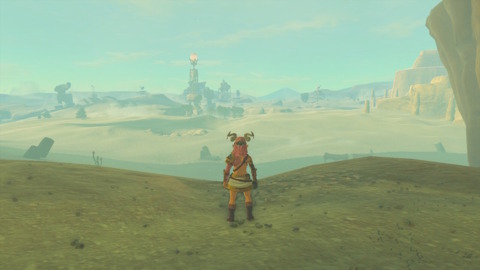
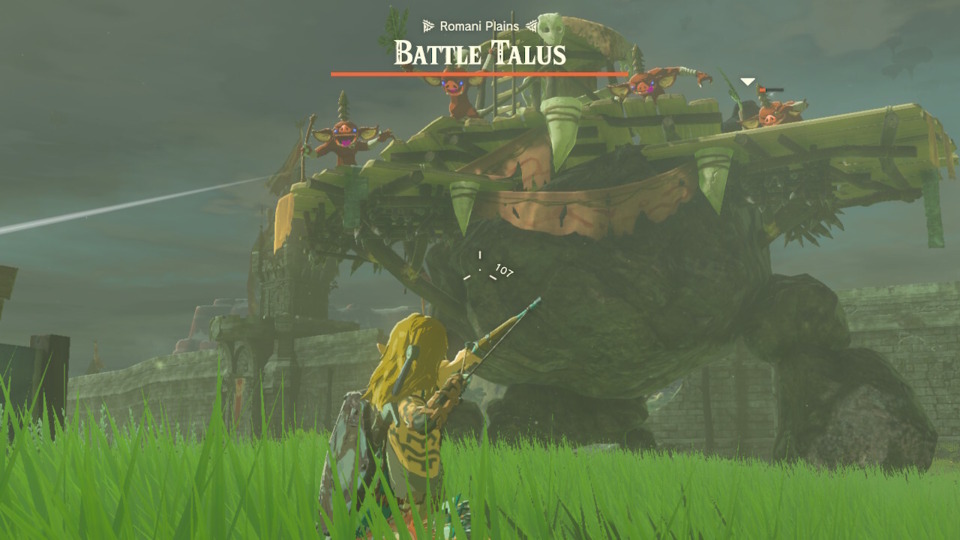
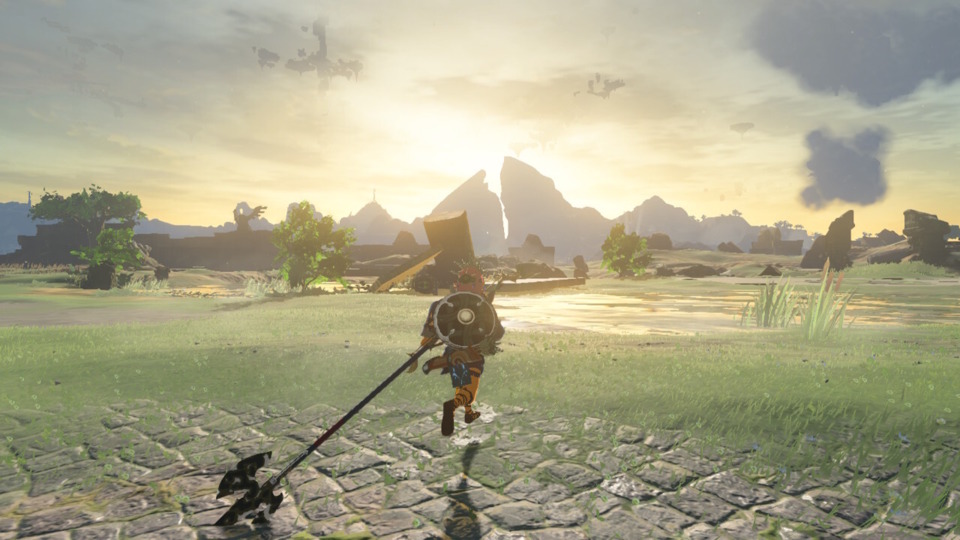
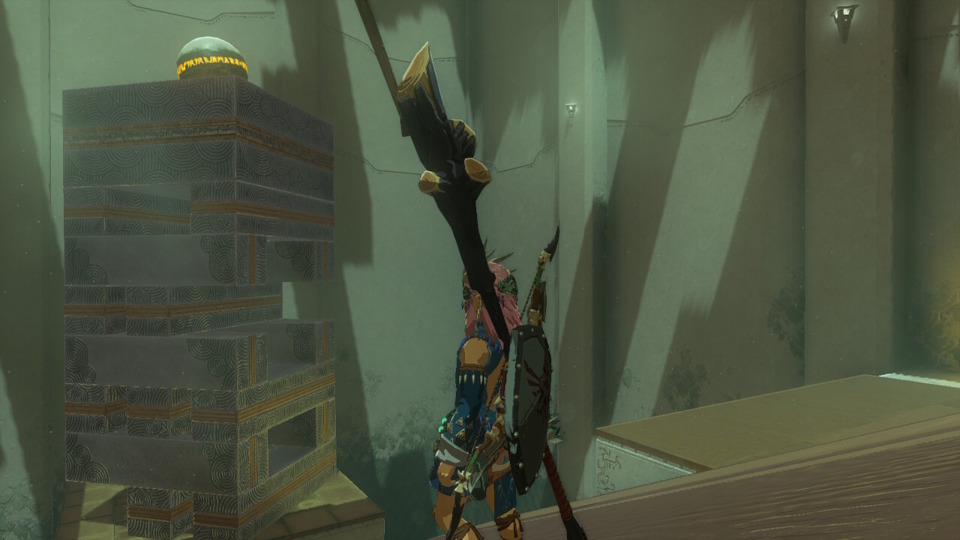
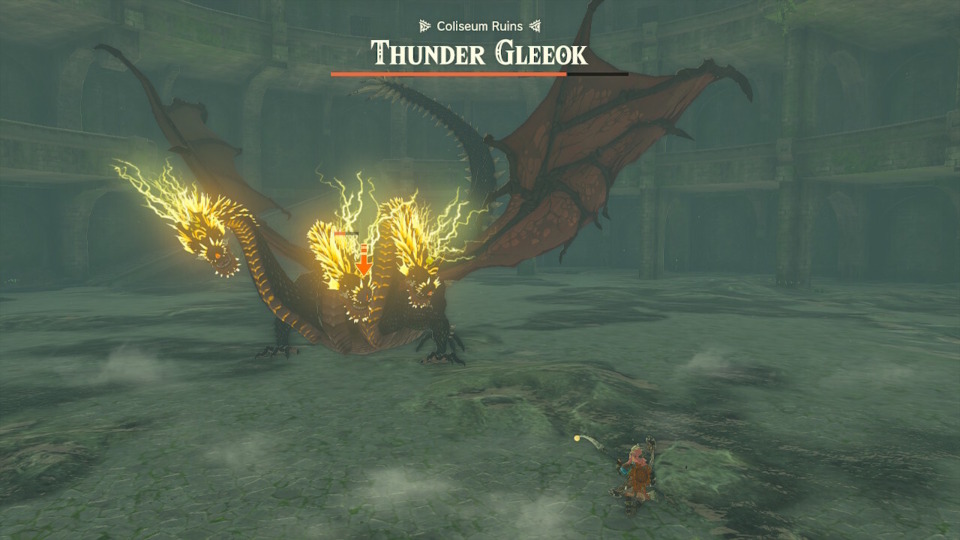
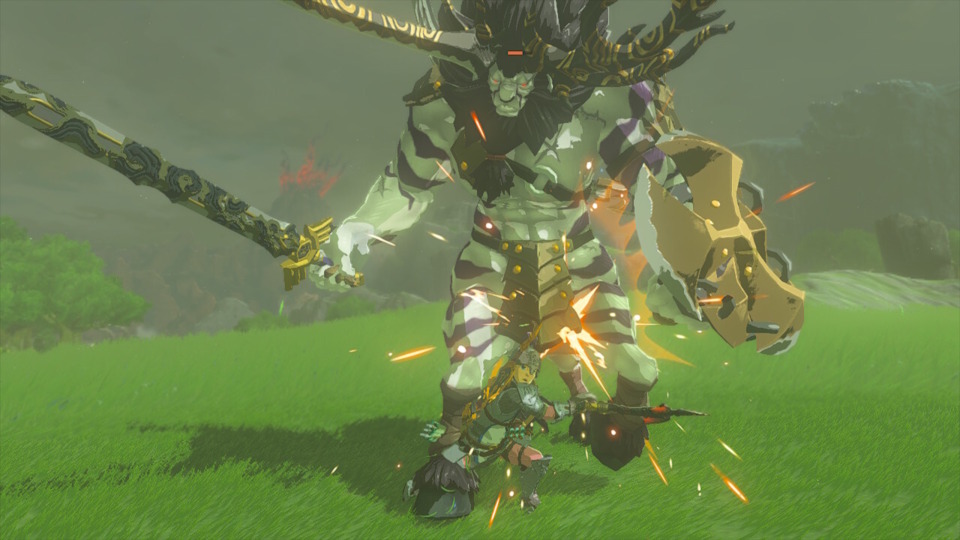
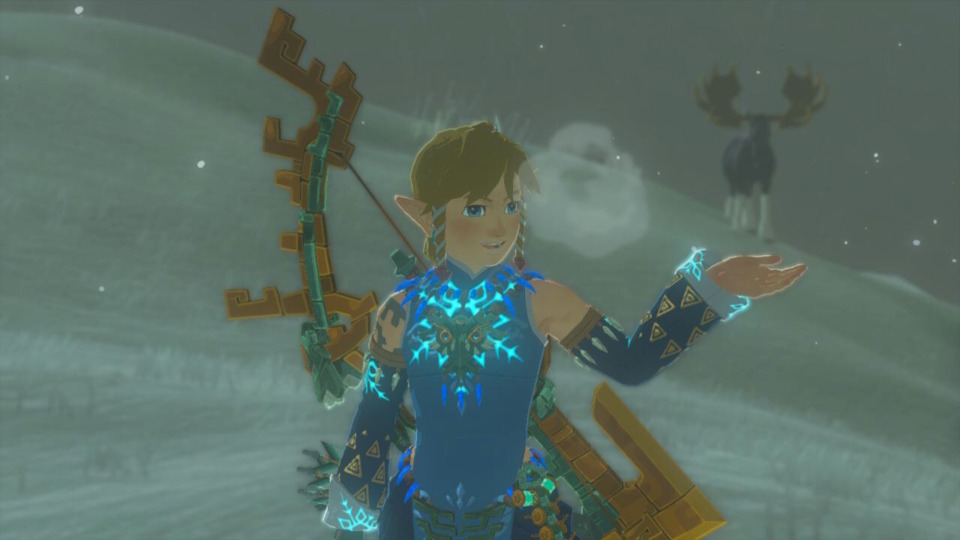
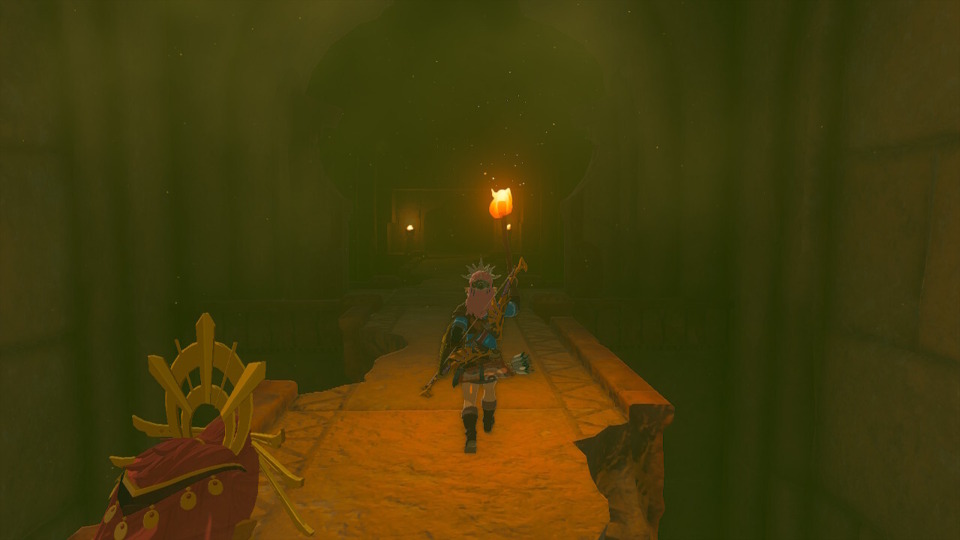
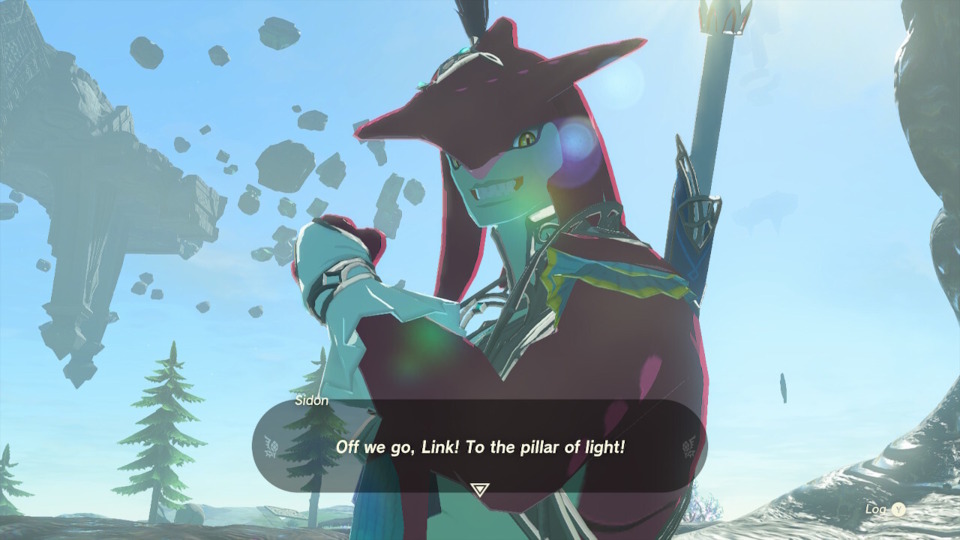
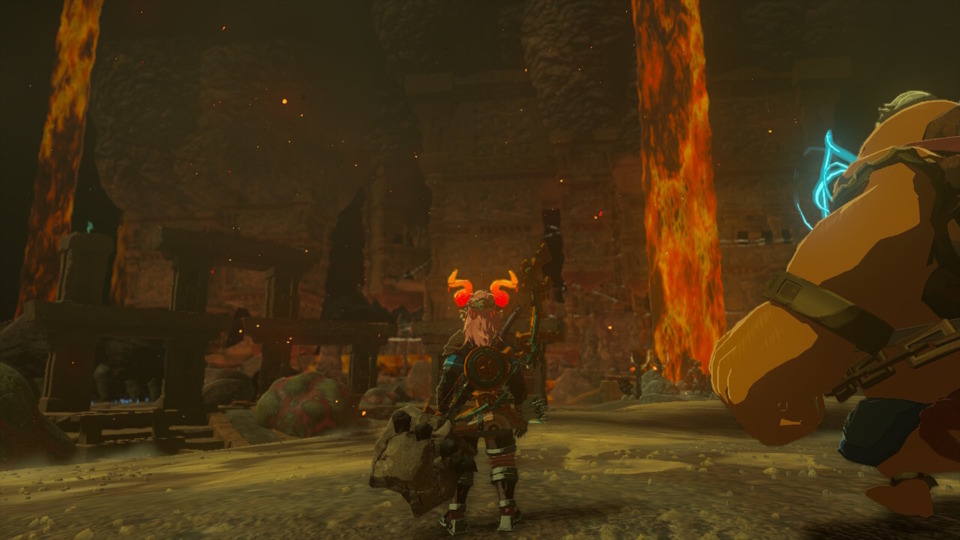
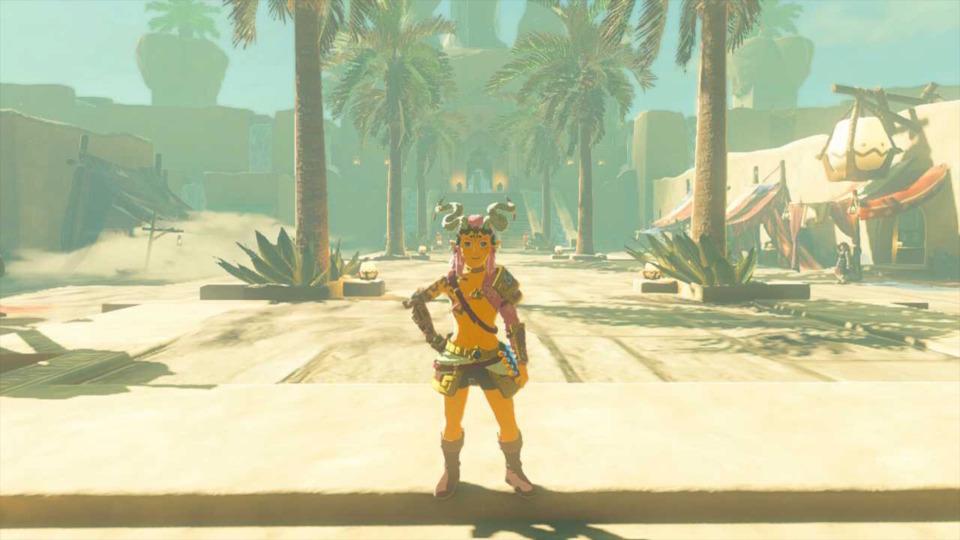
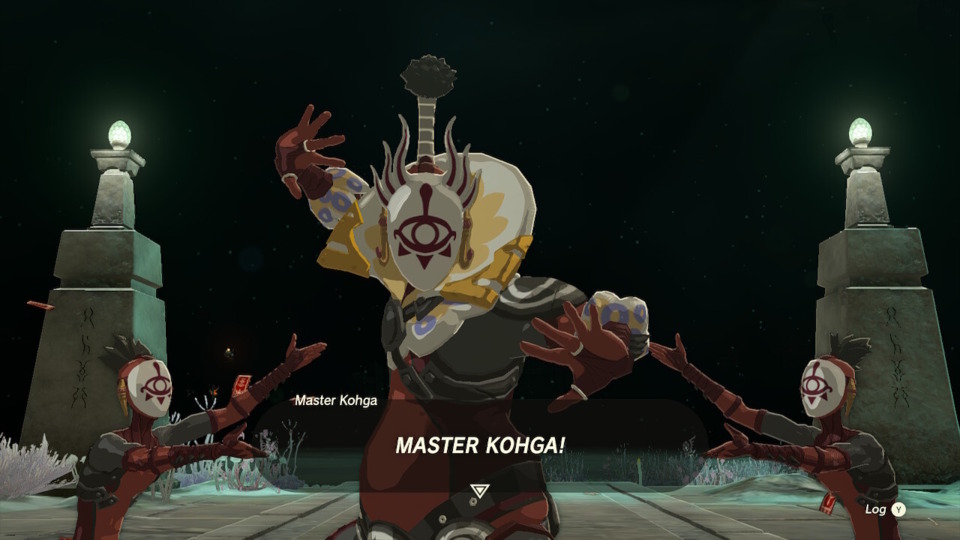
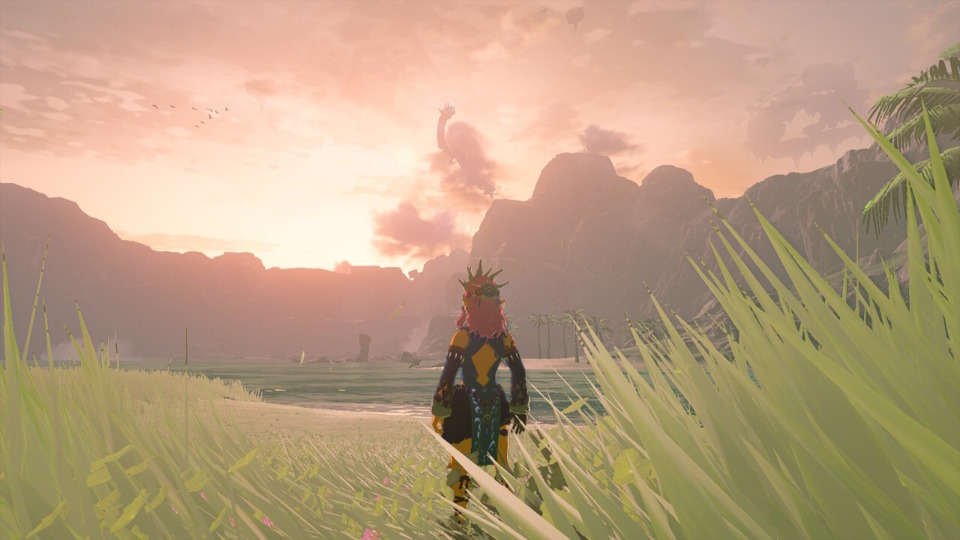
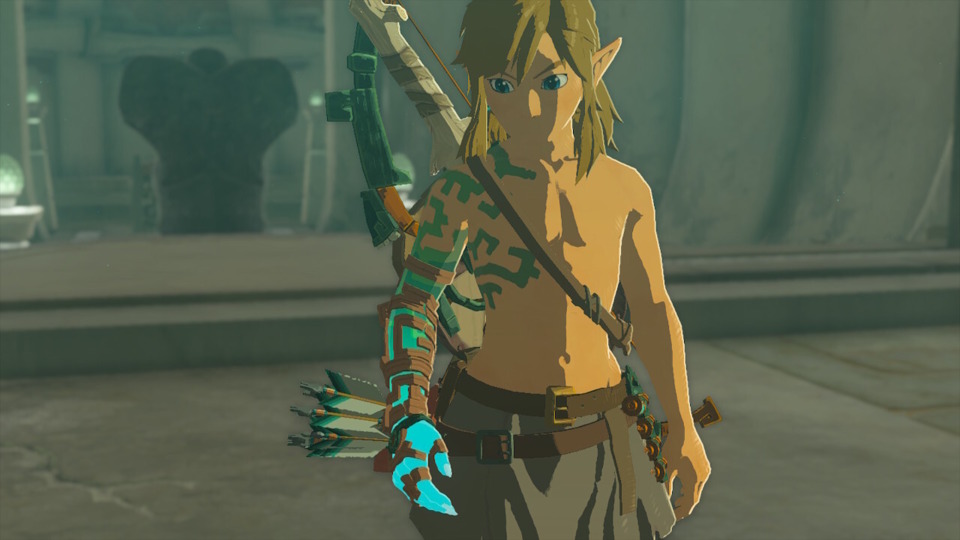
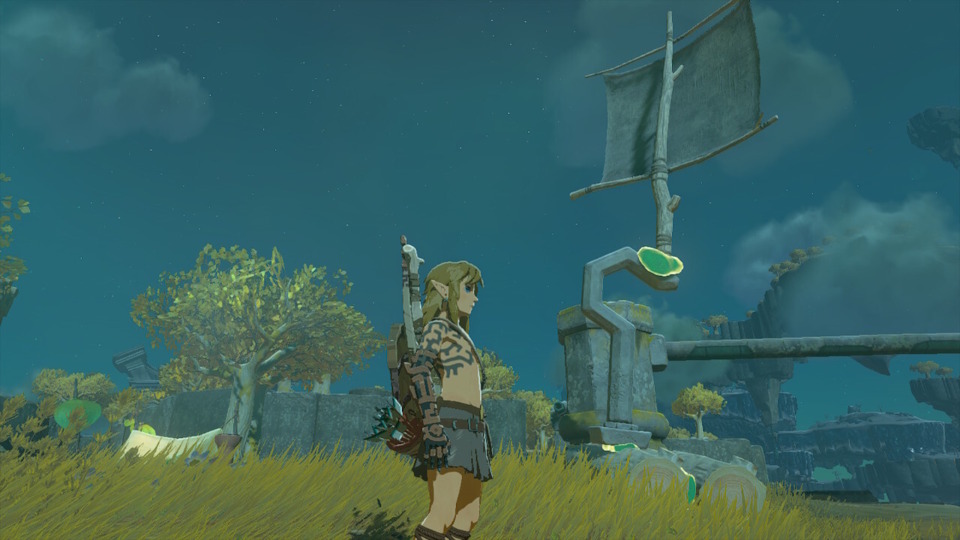
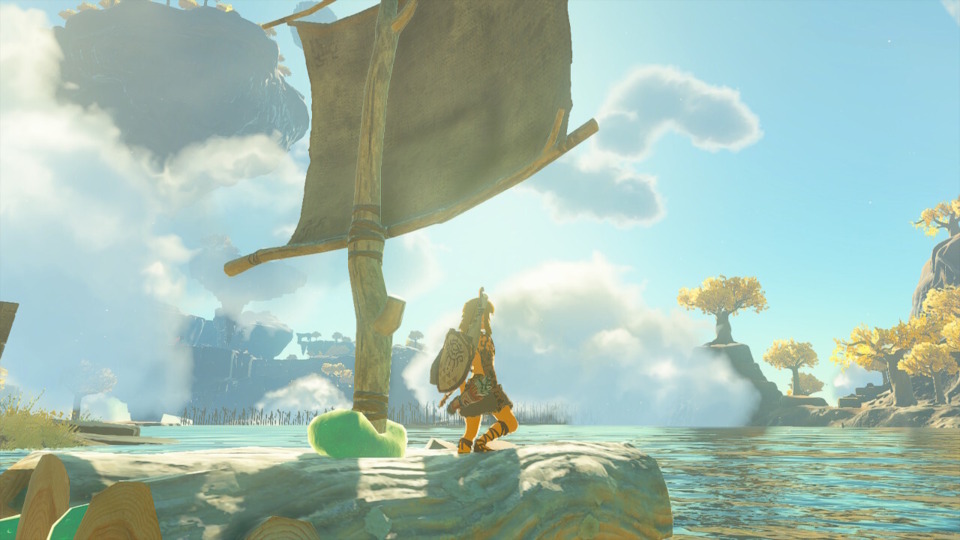
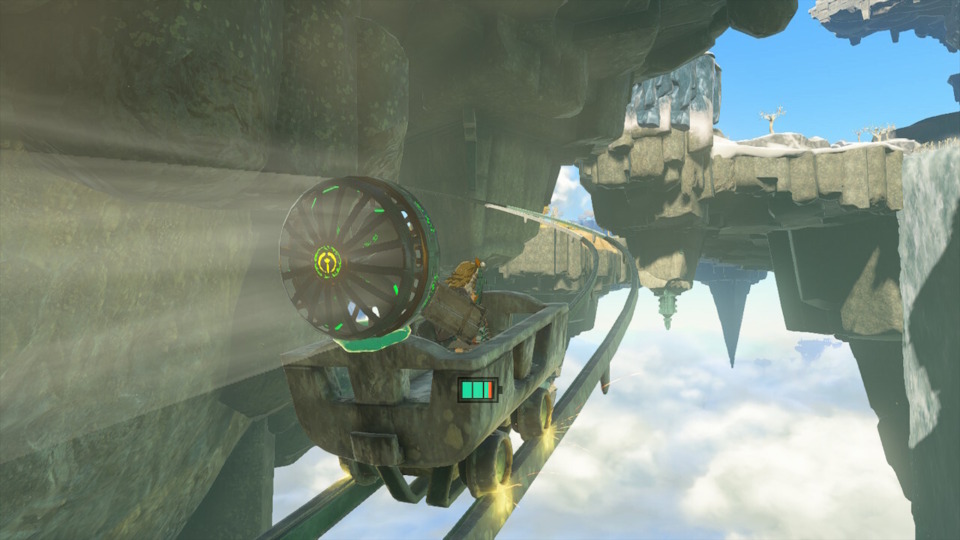

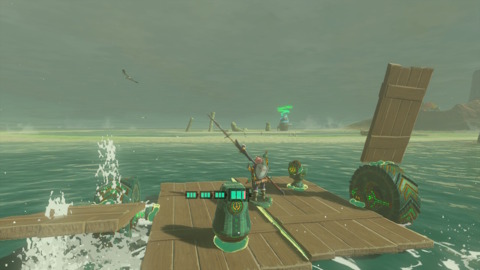
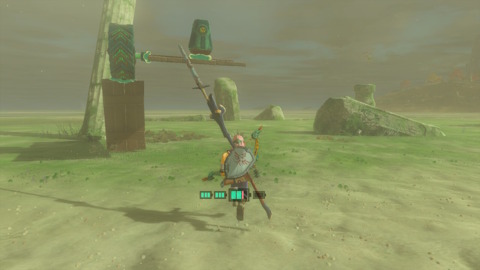
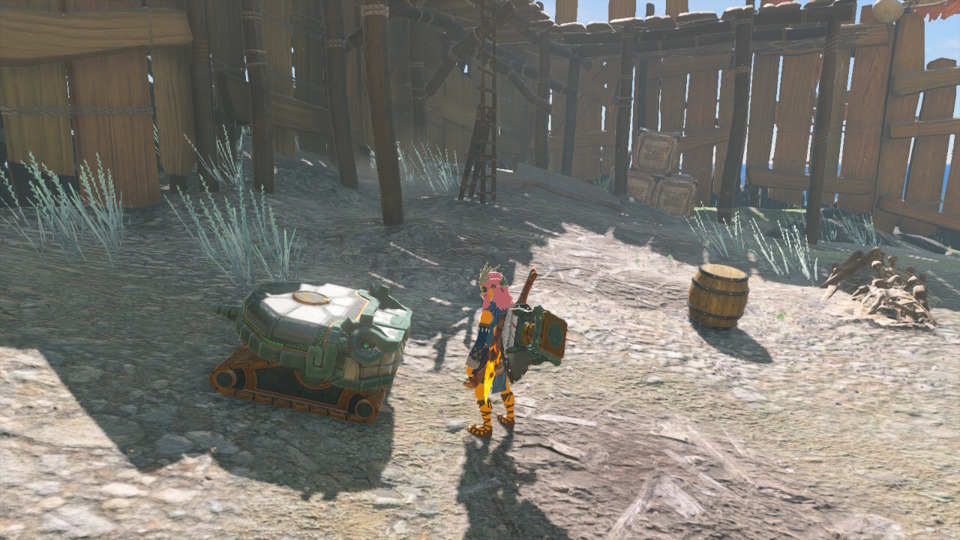
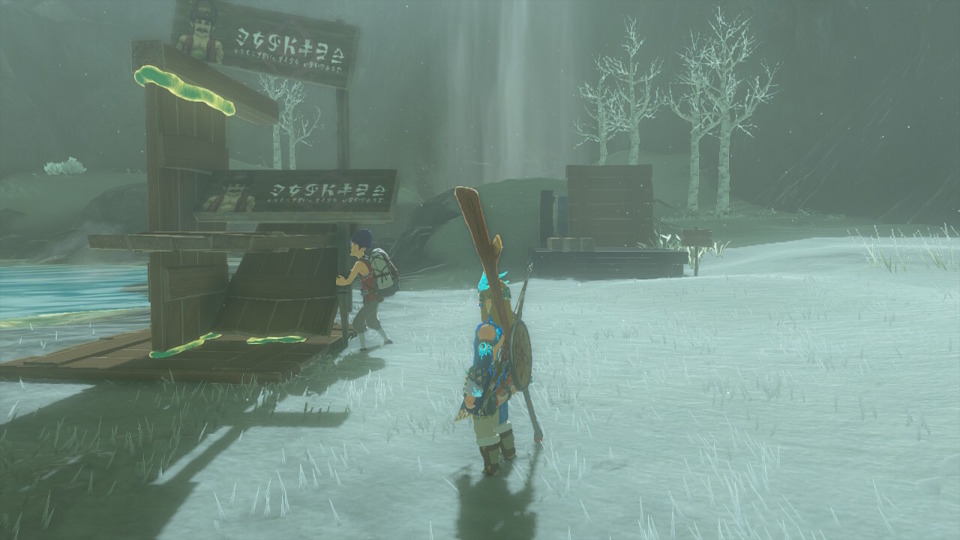
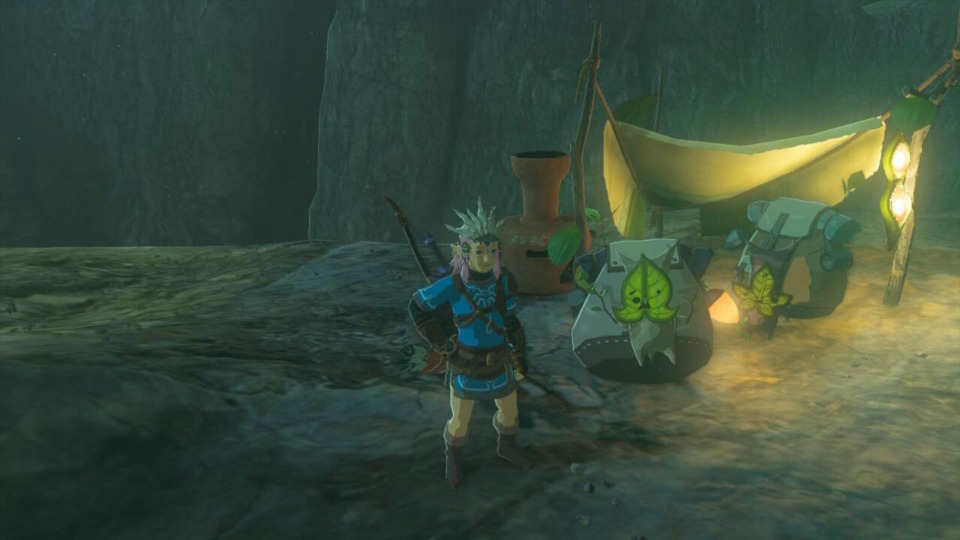
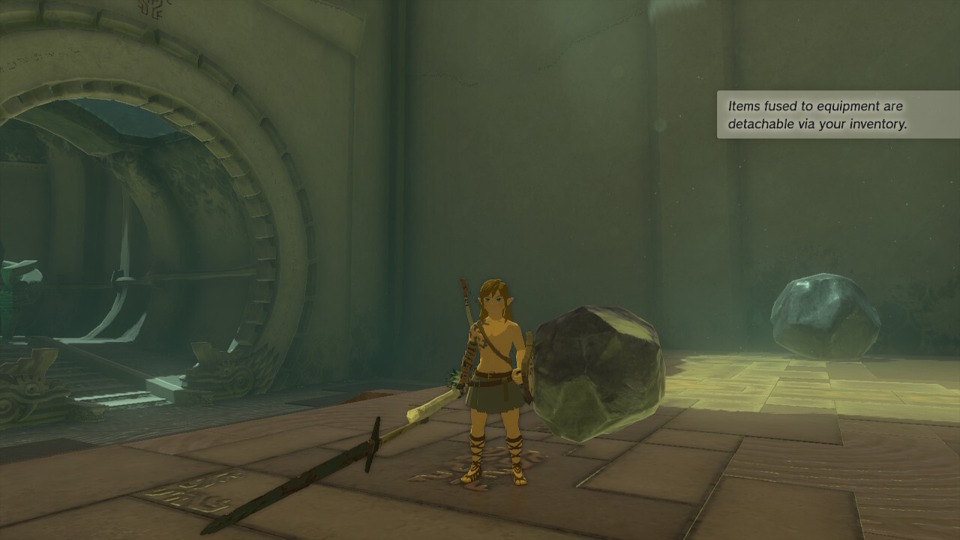
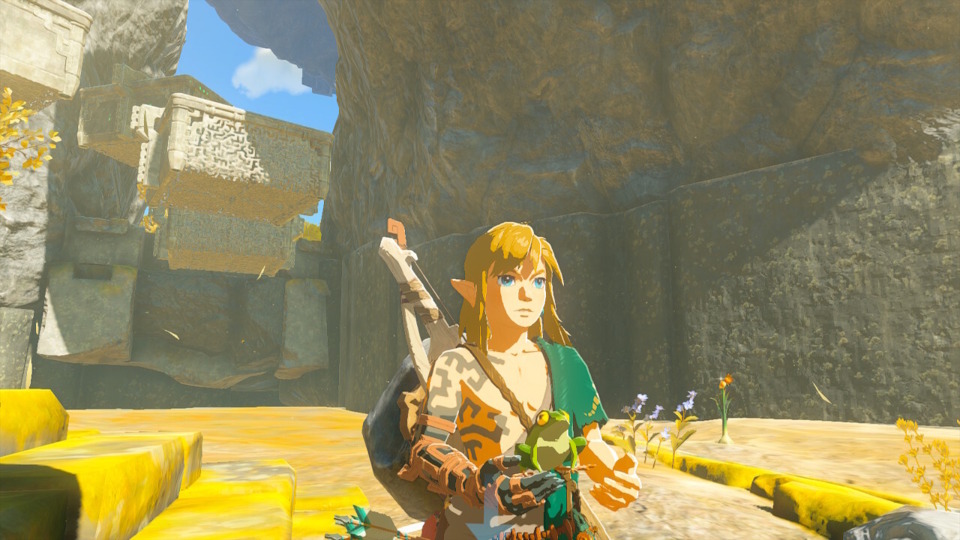
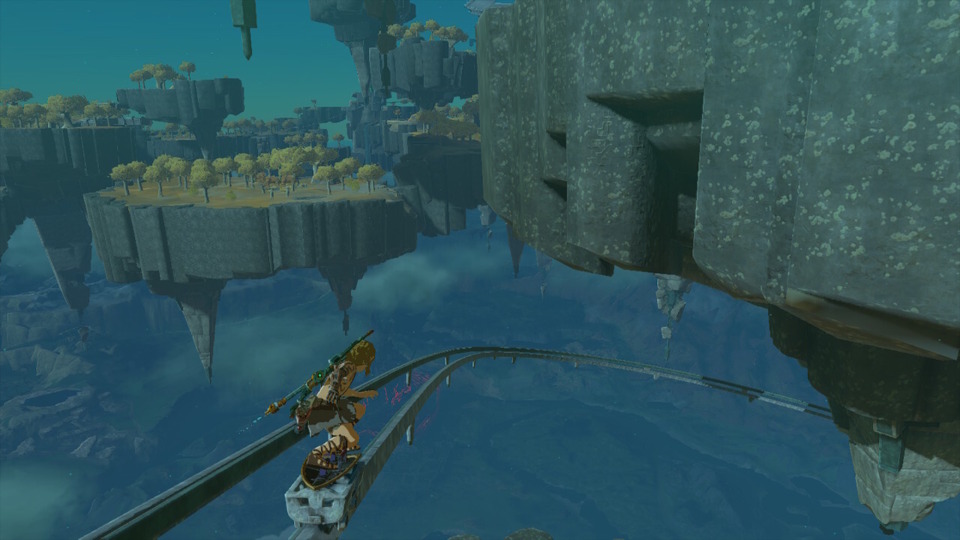
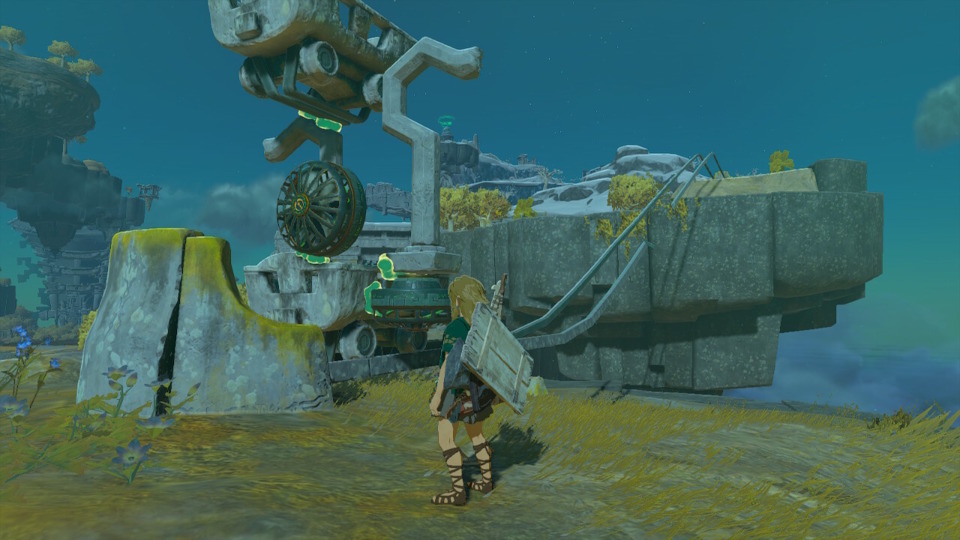
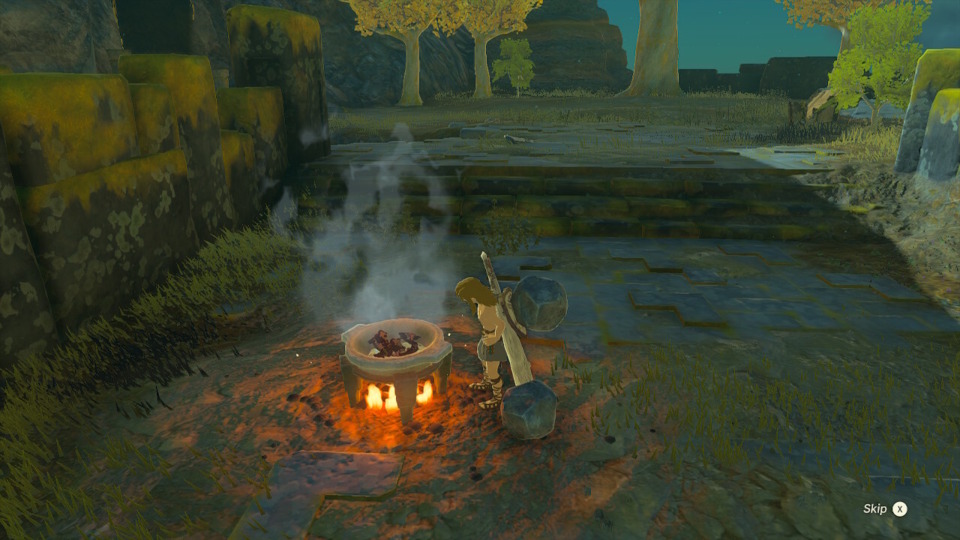
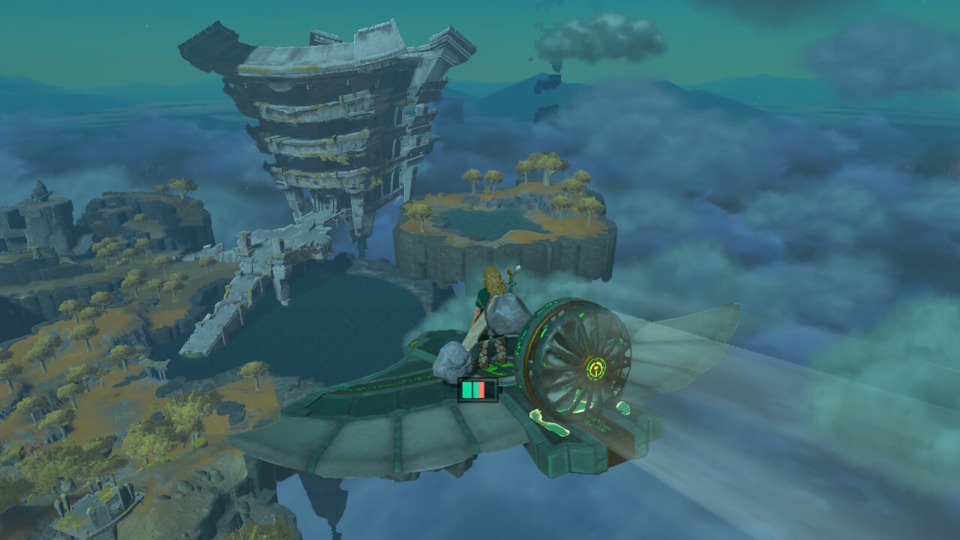
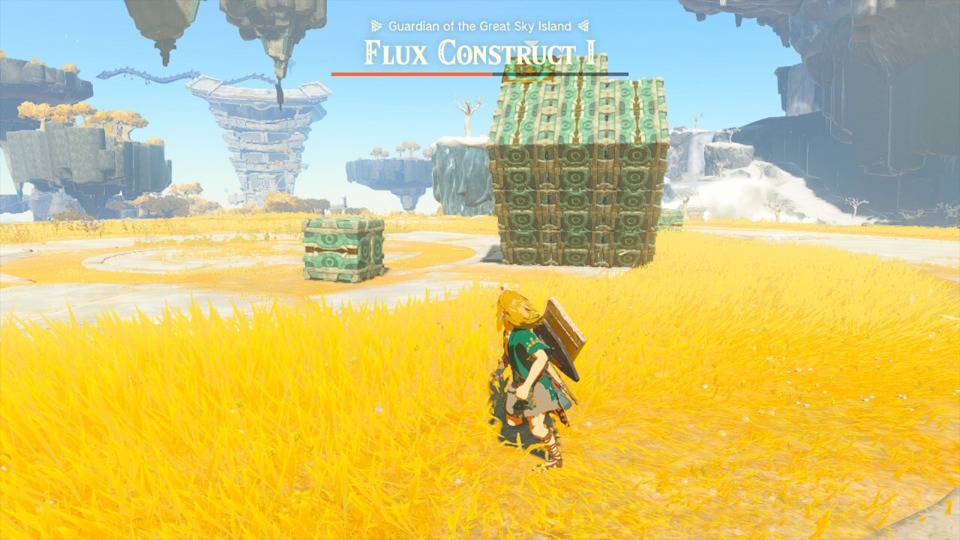
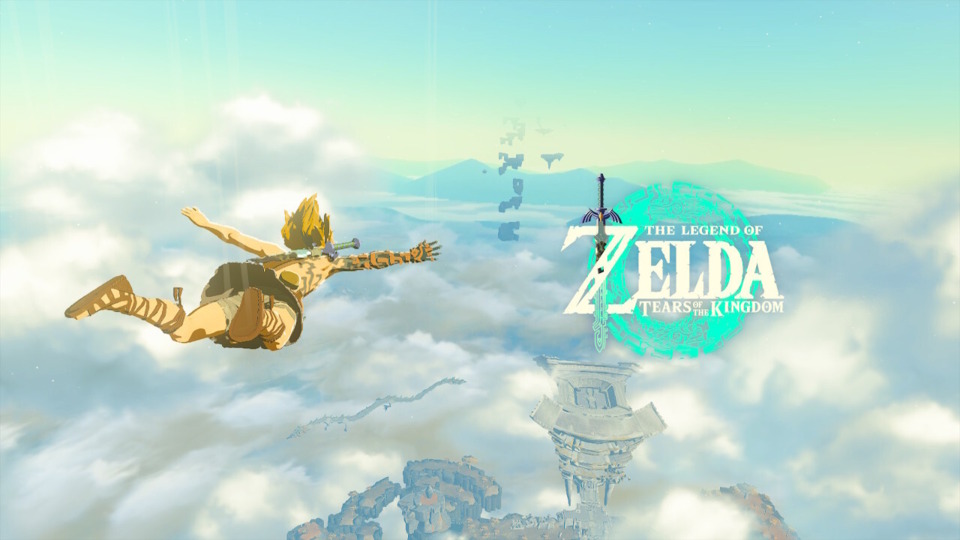
Log in to comment